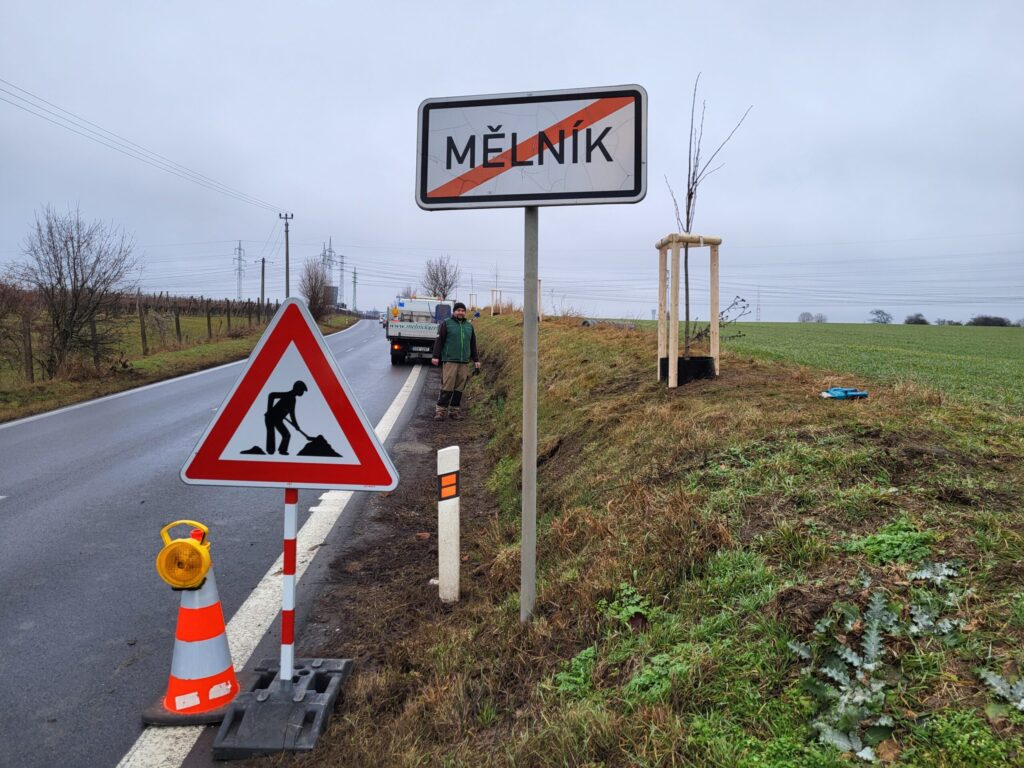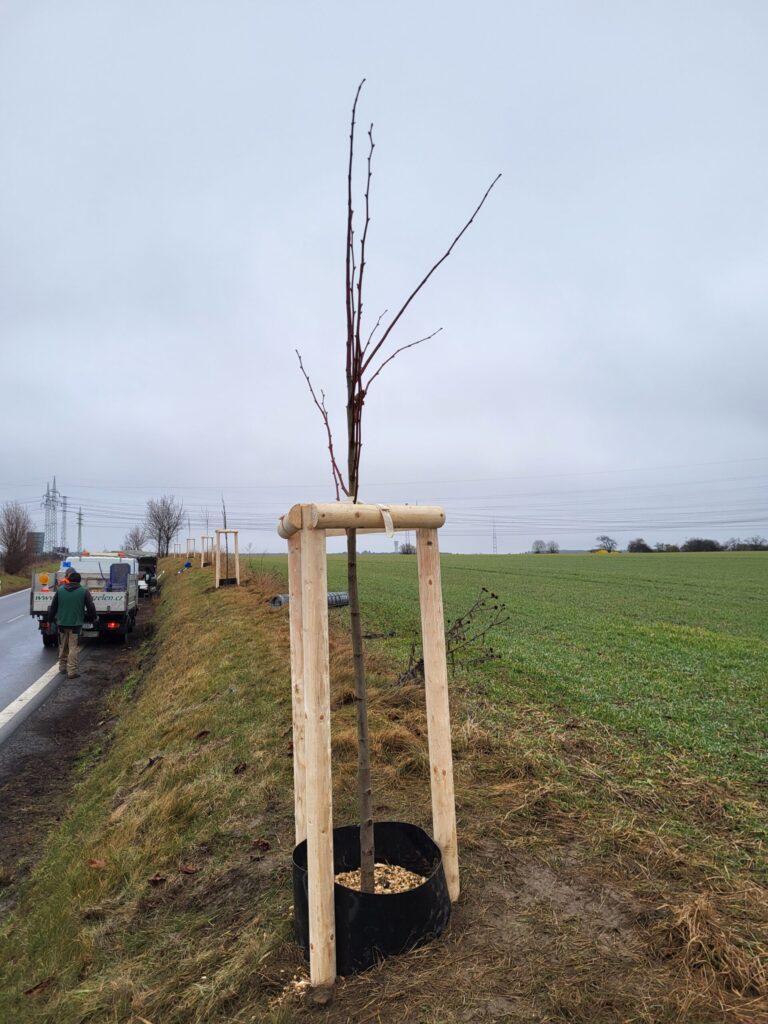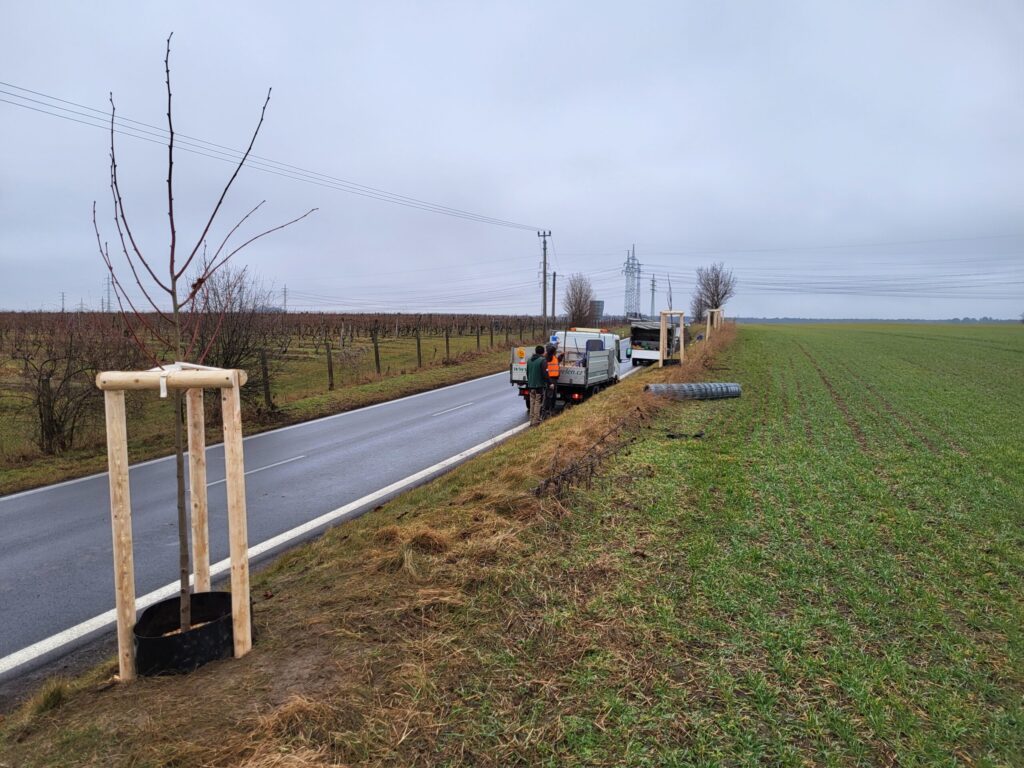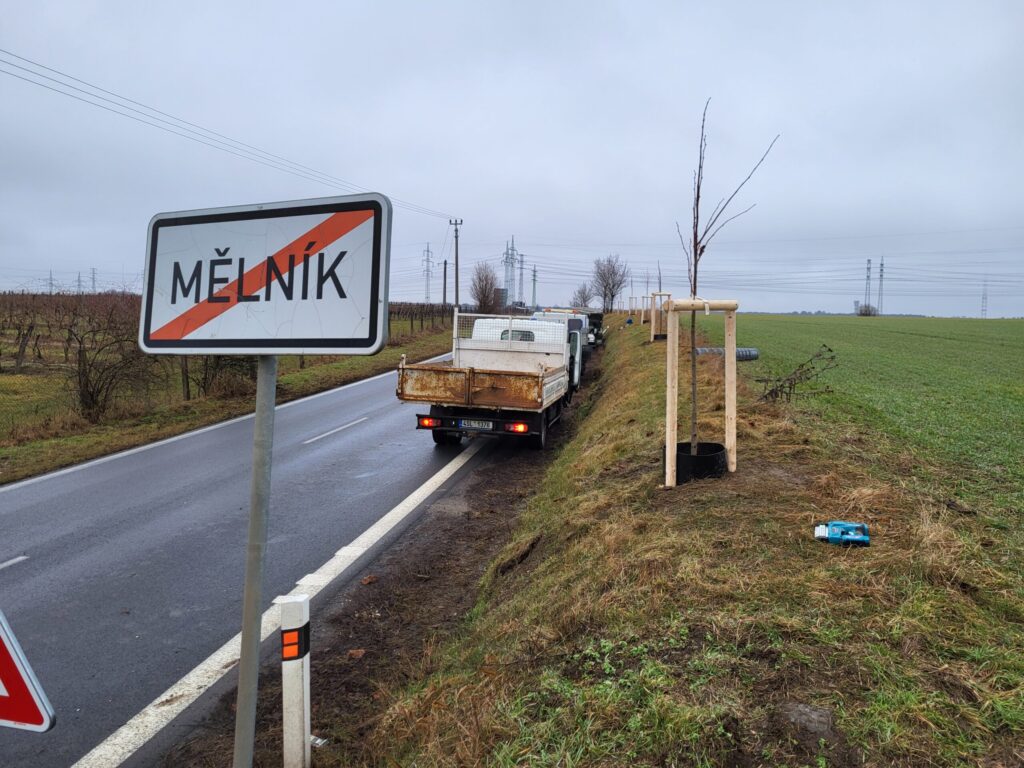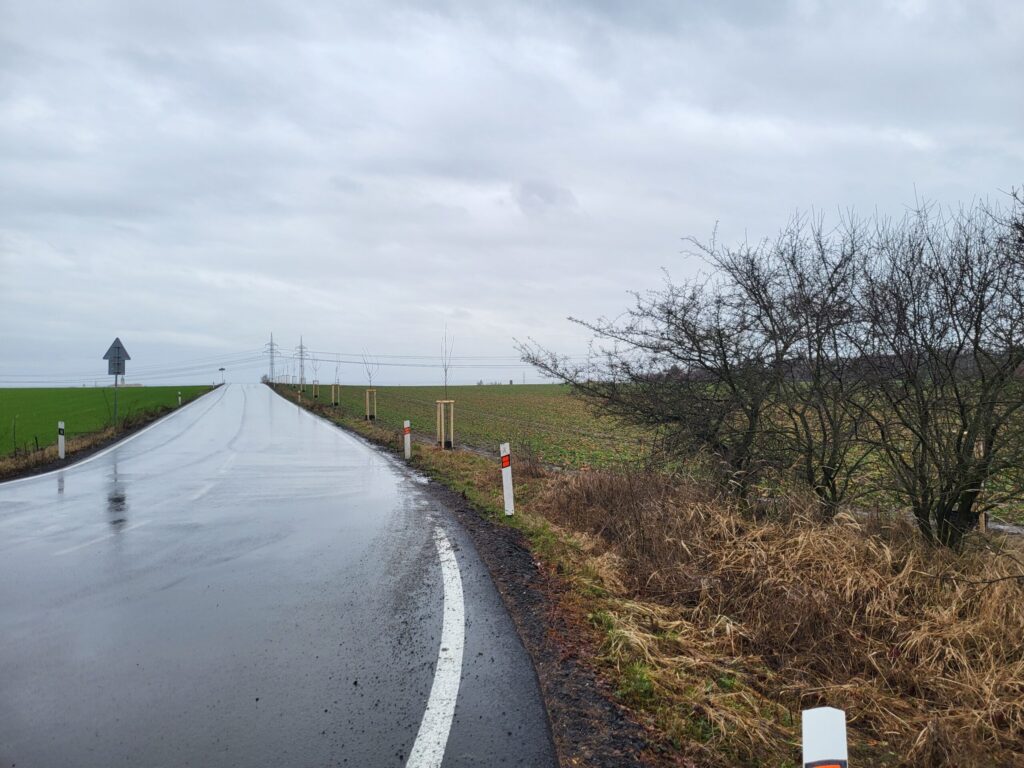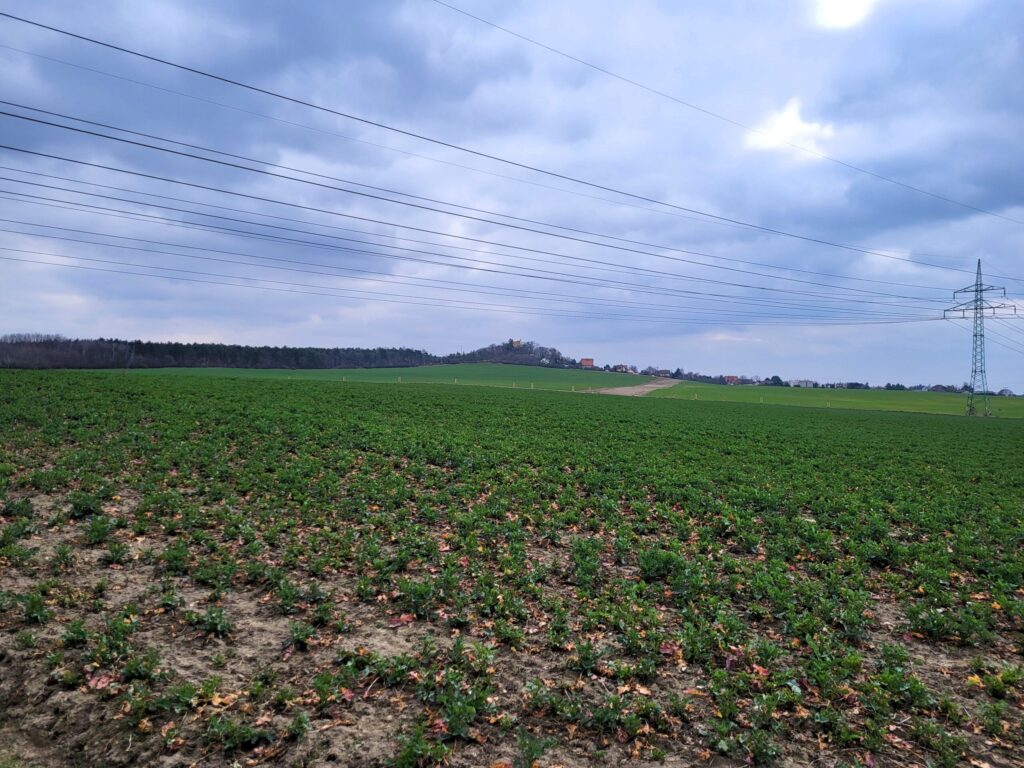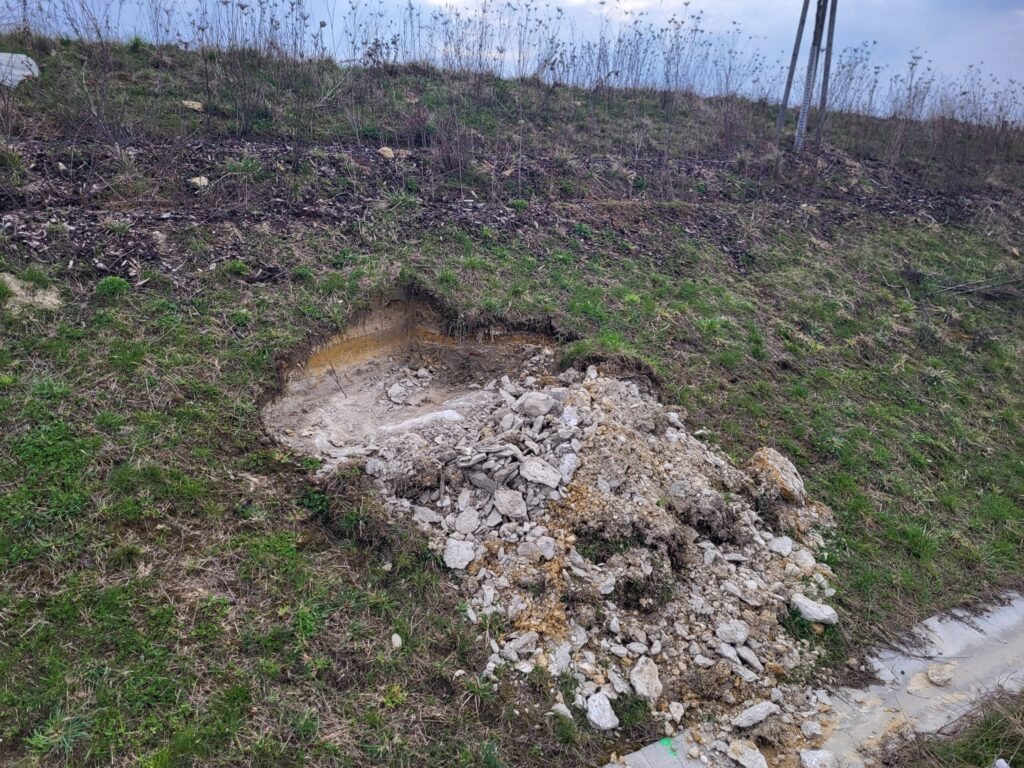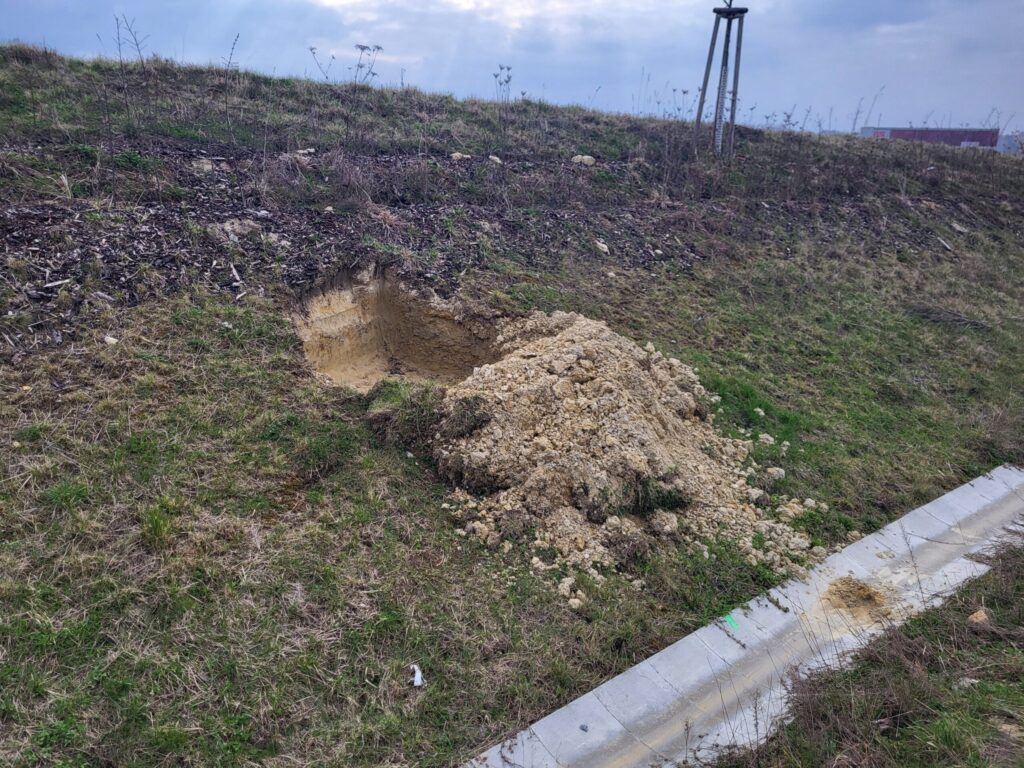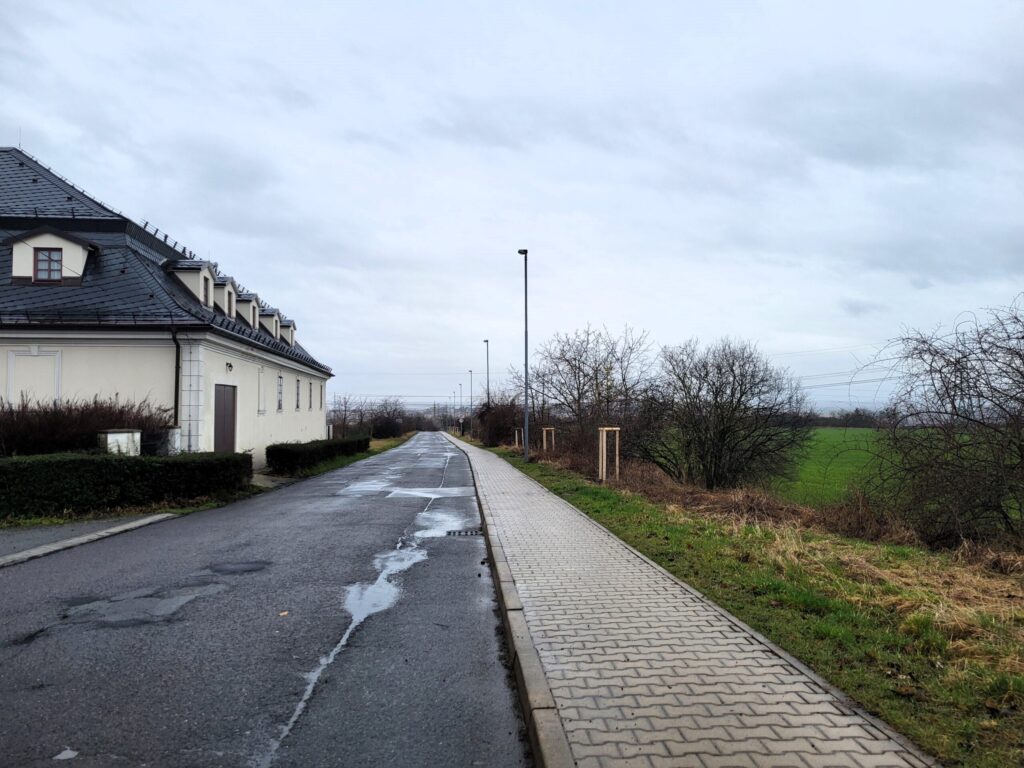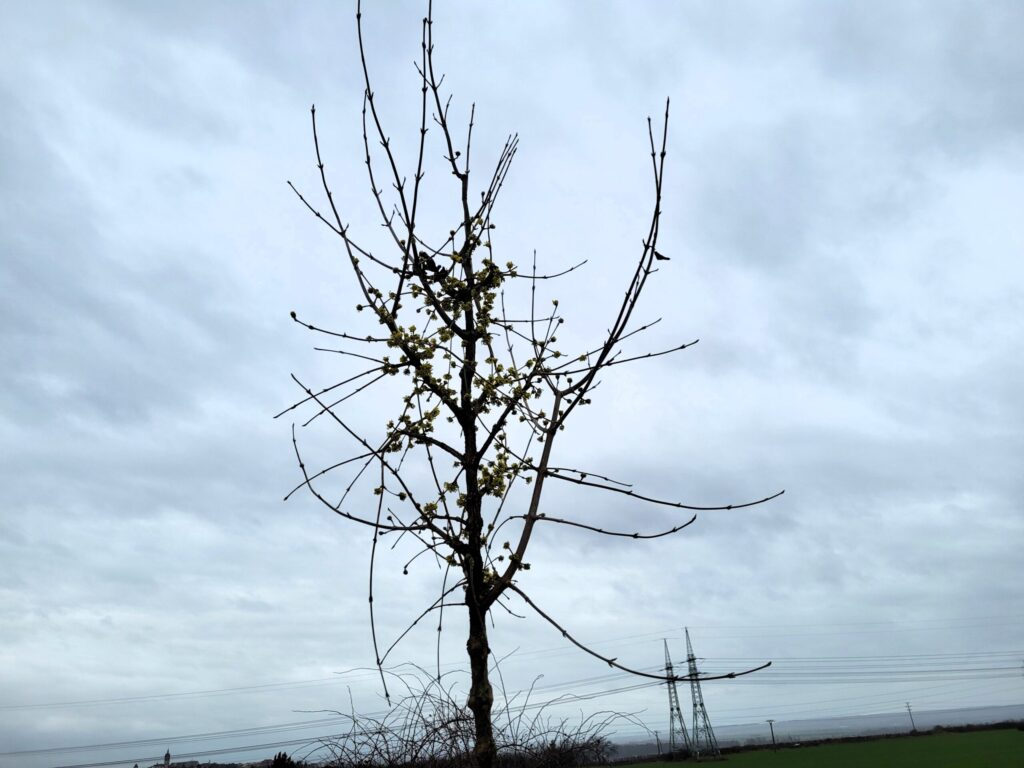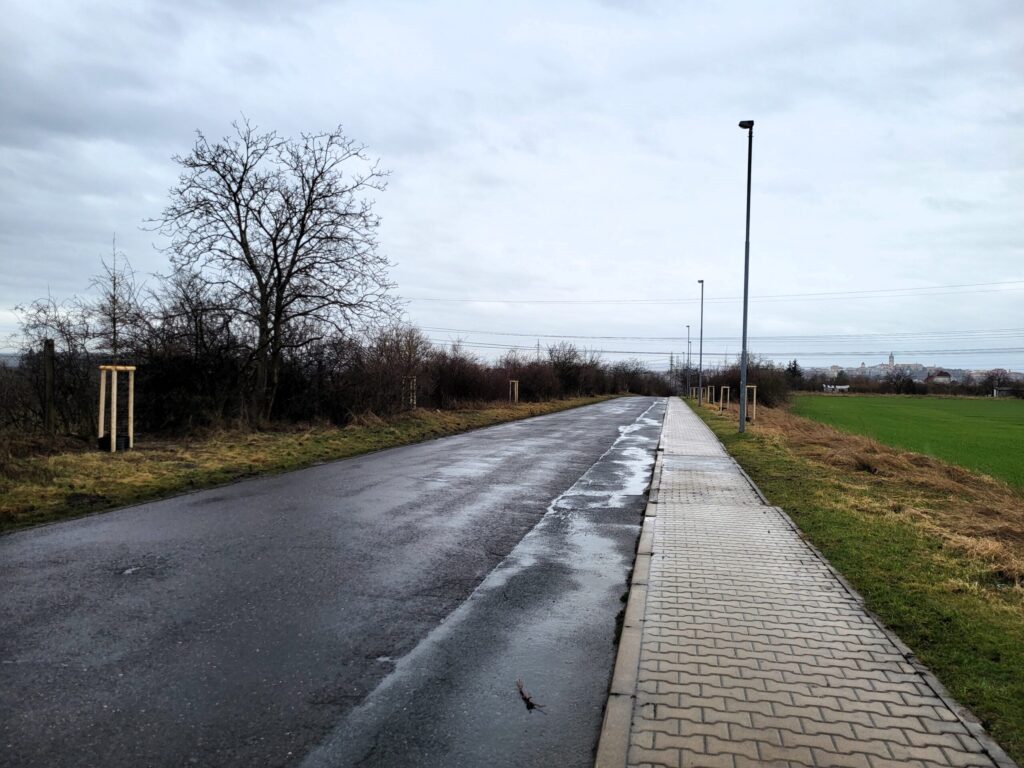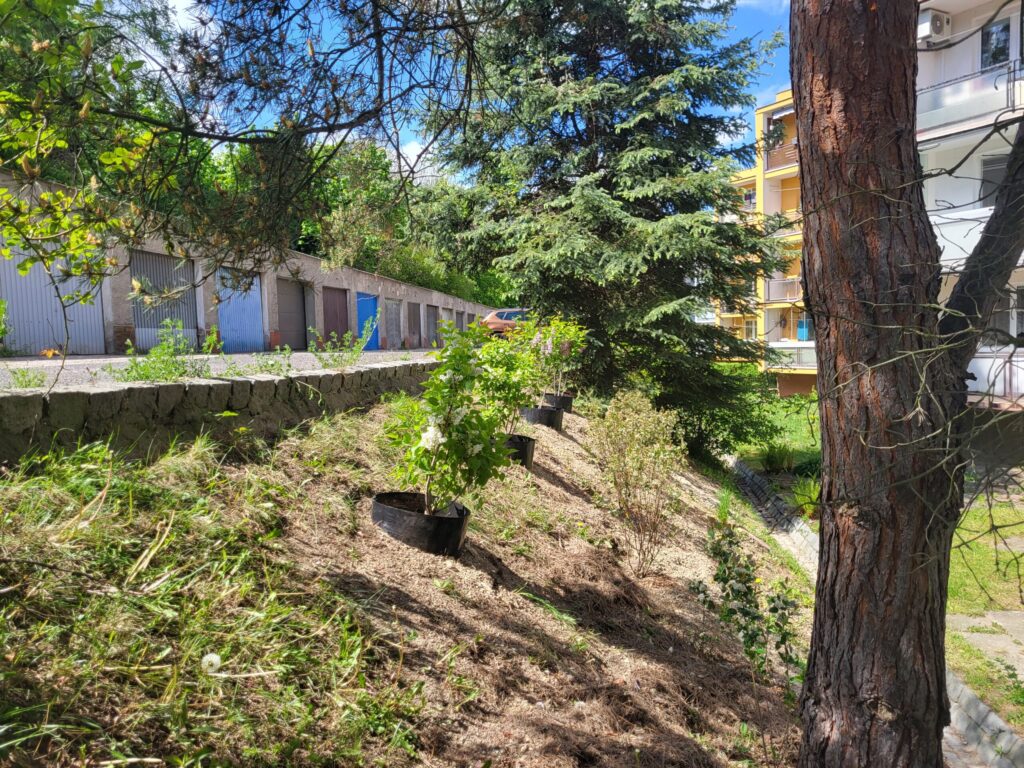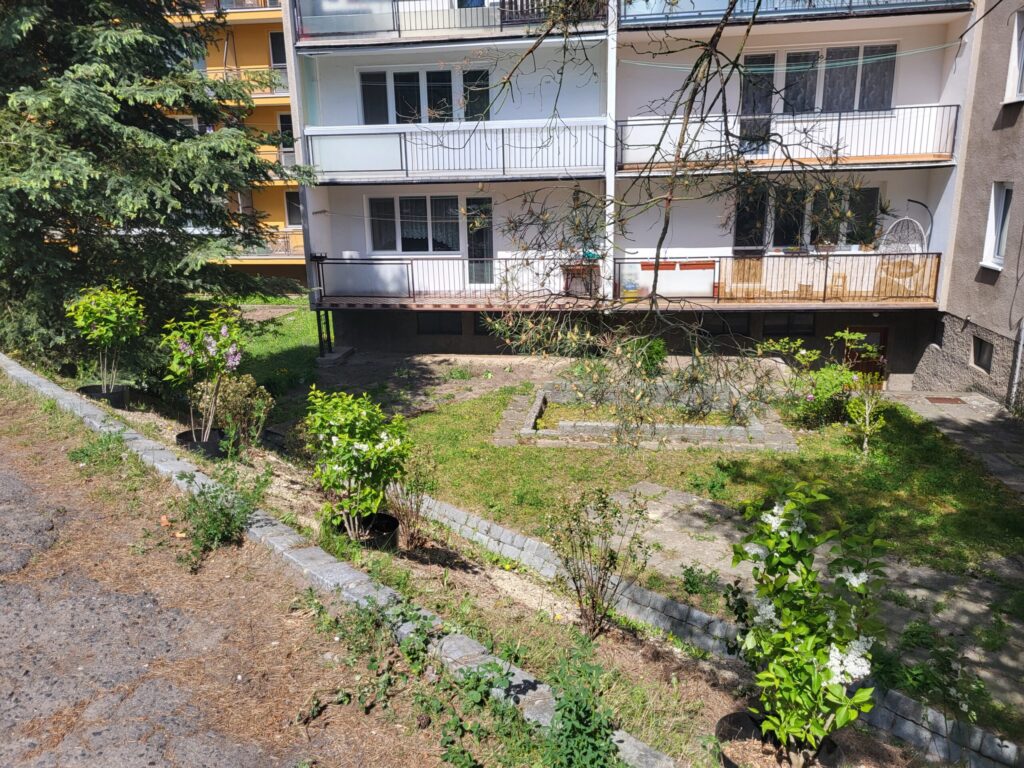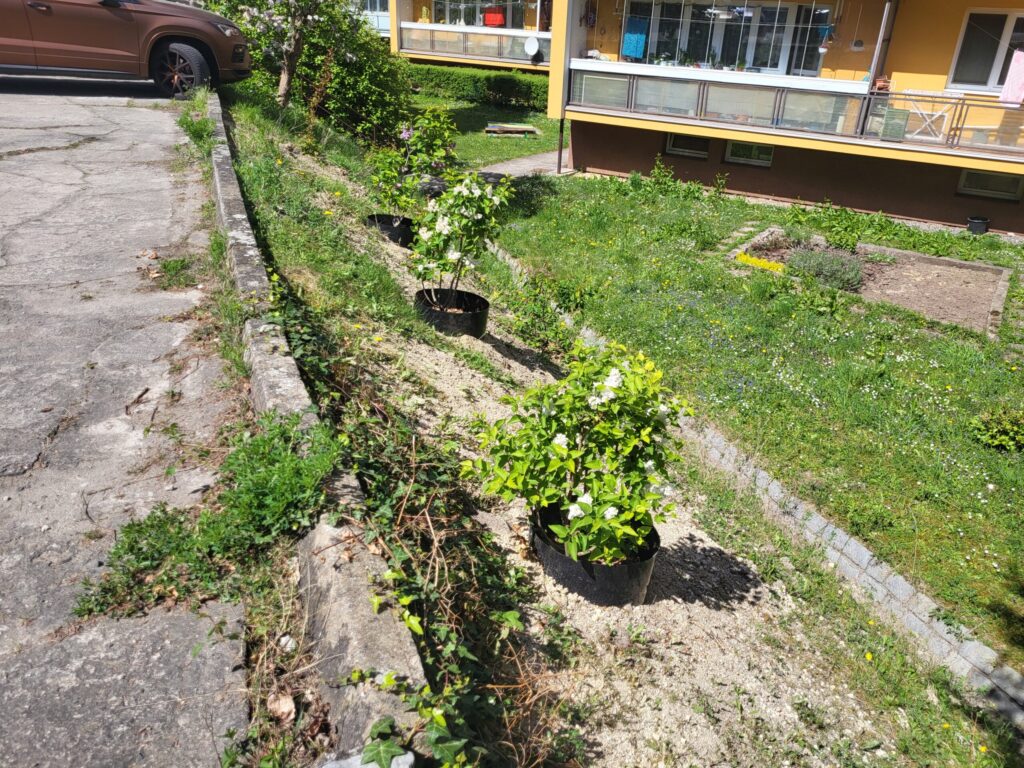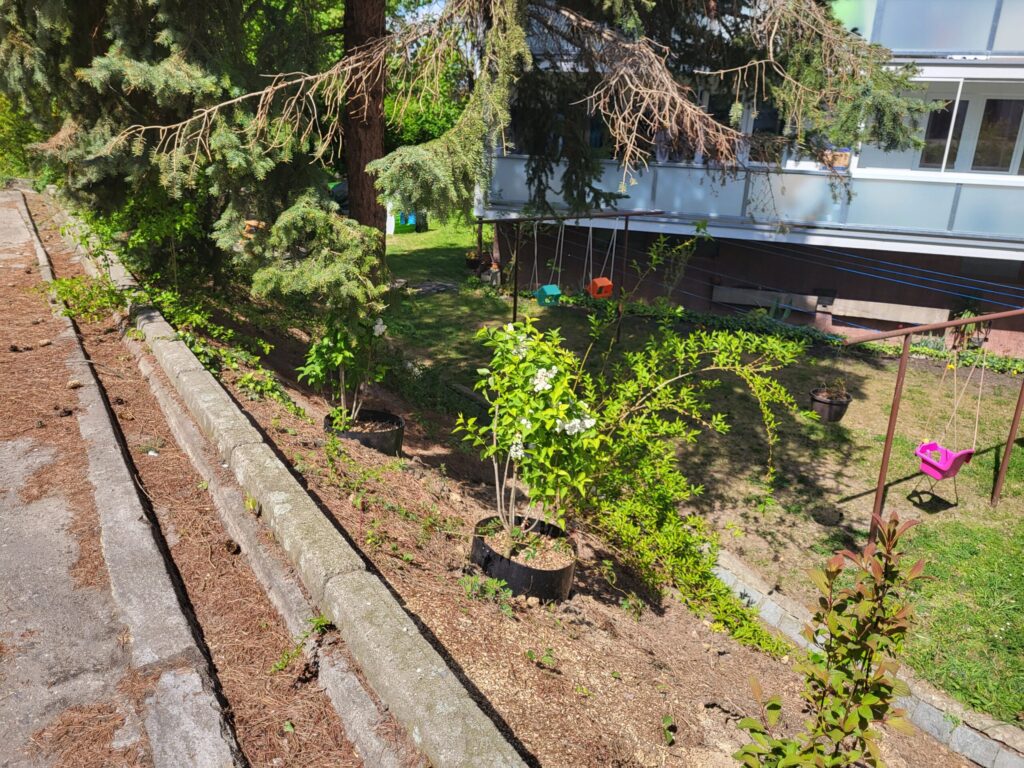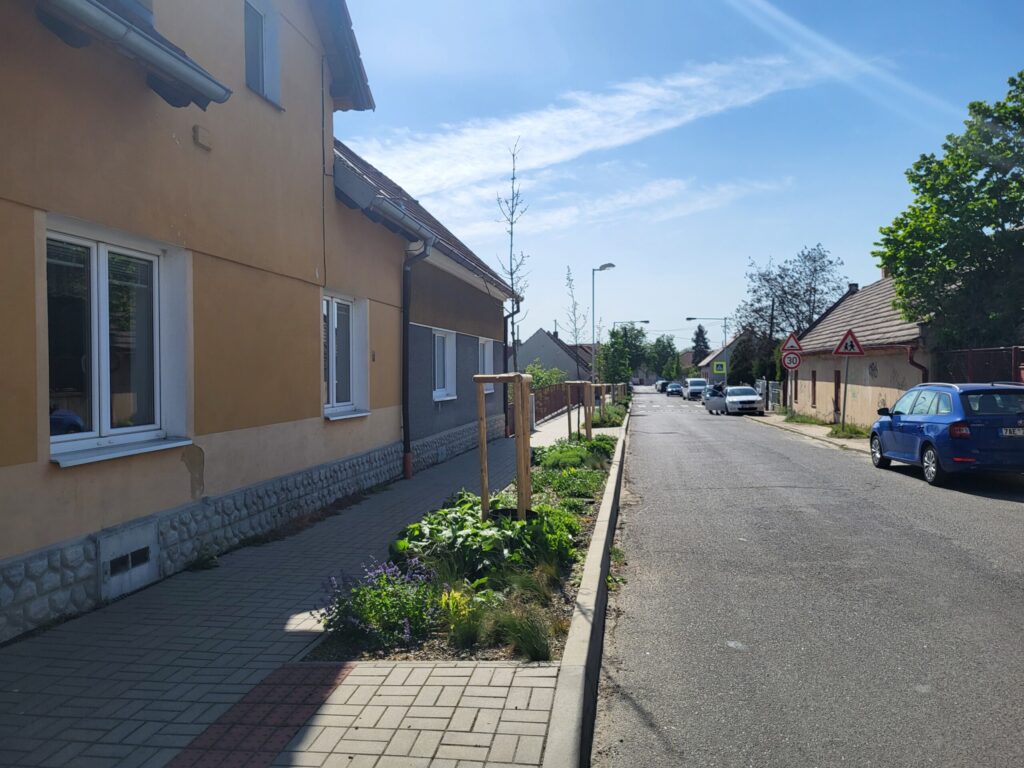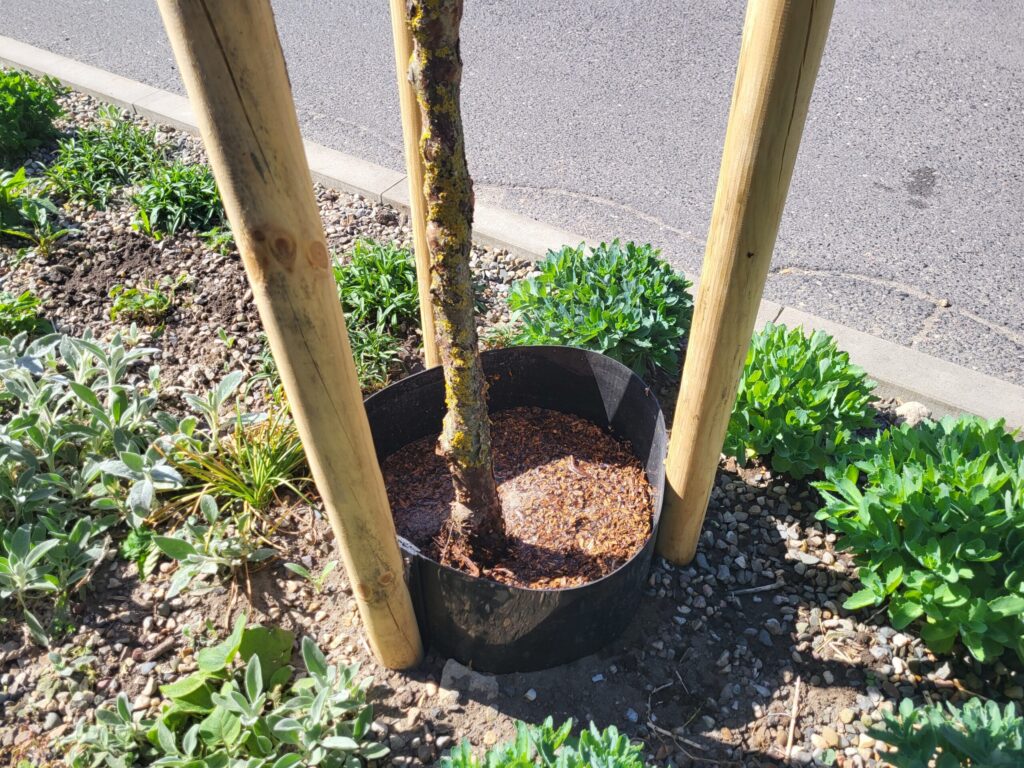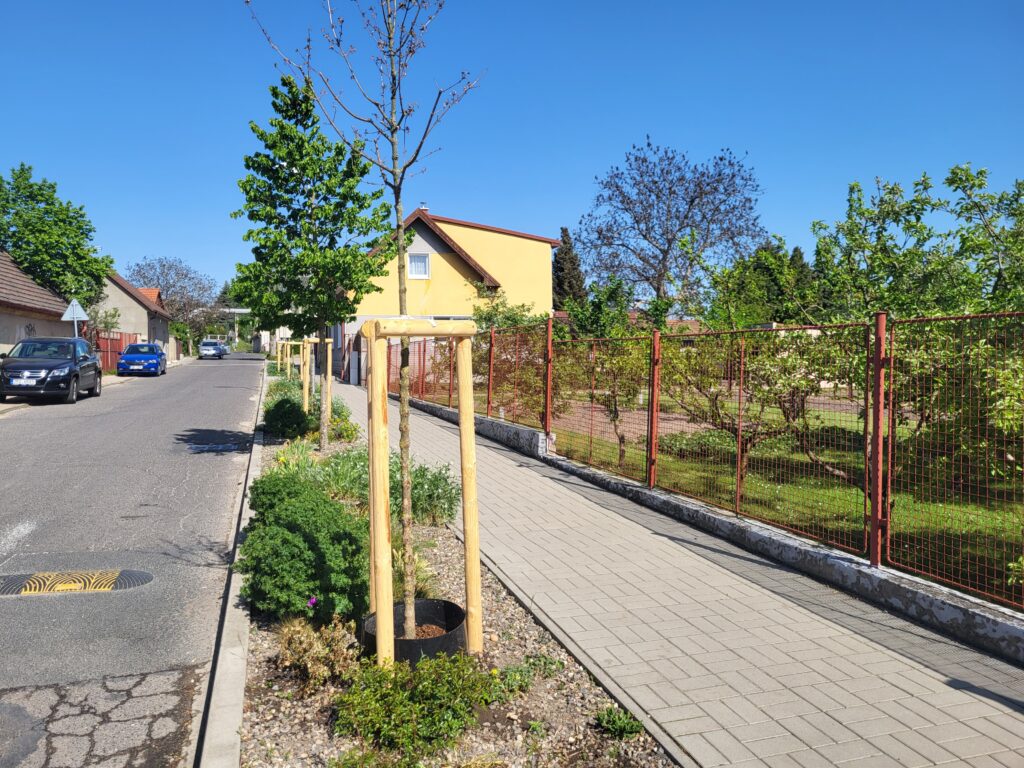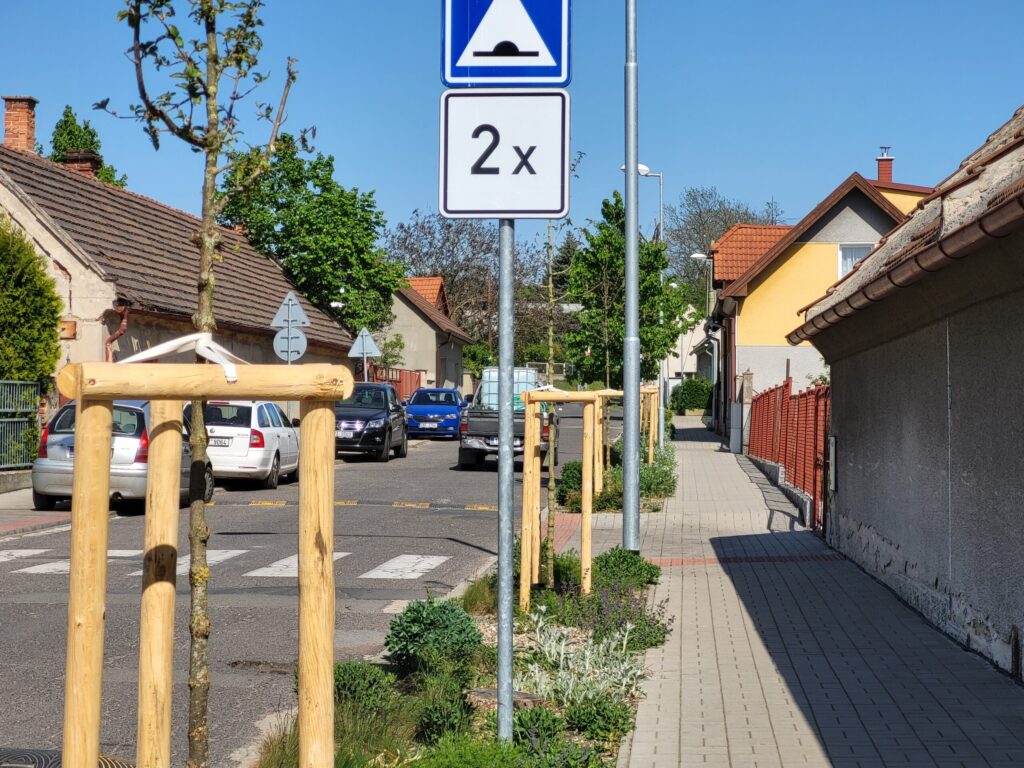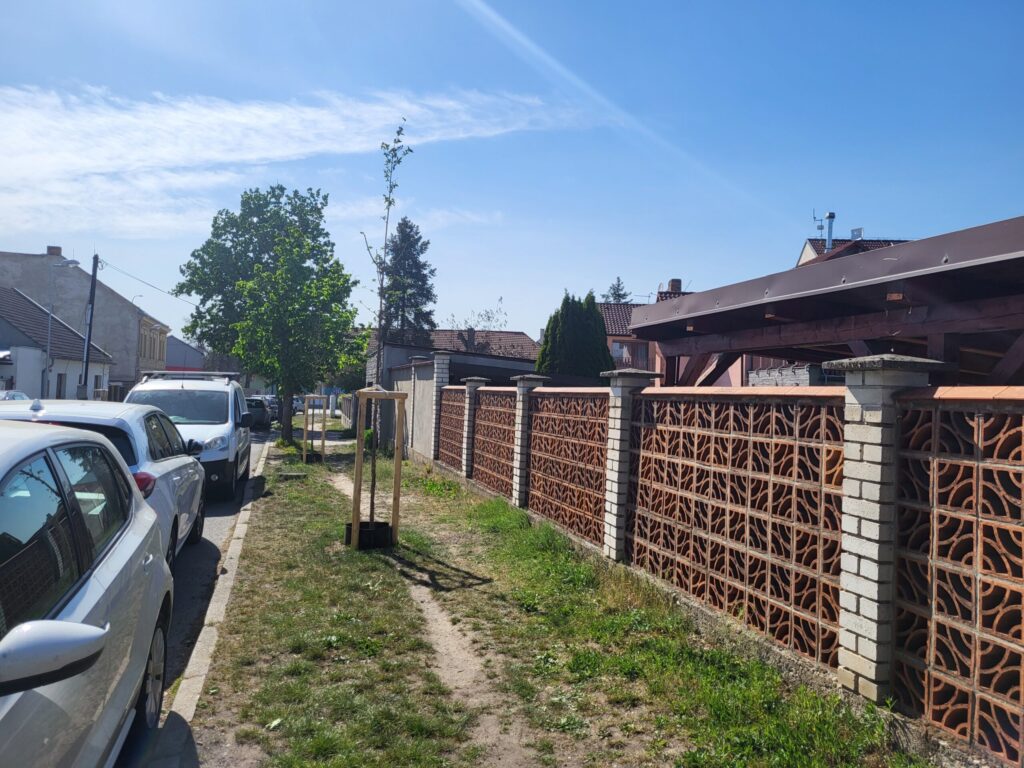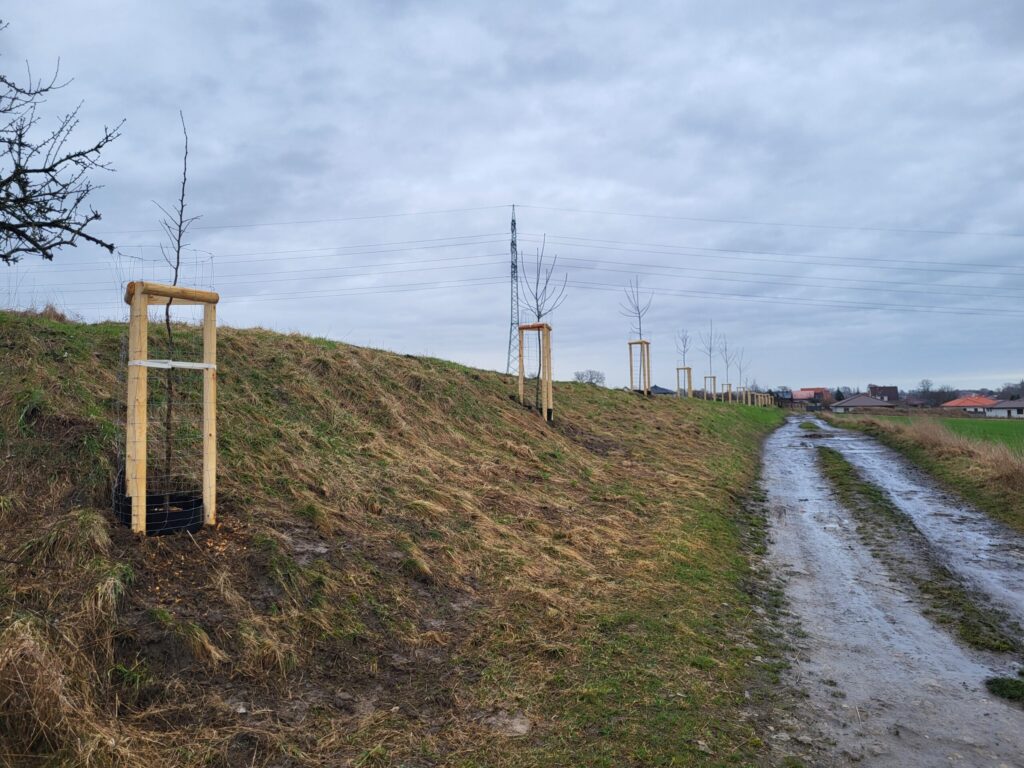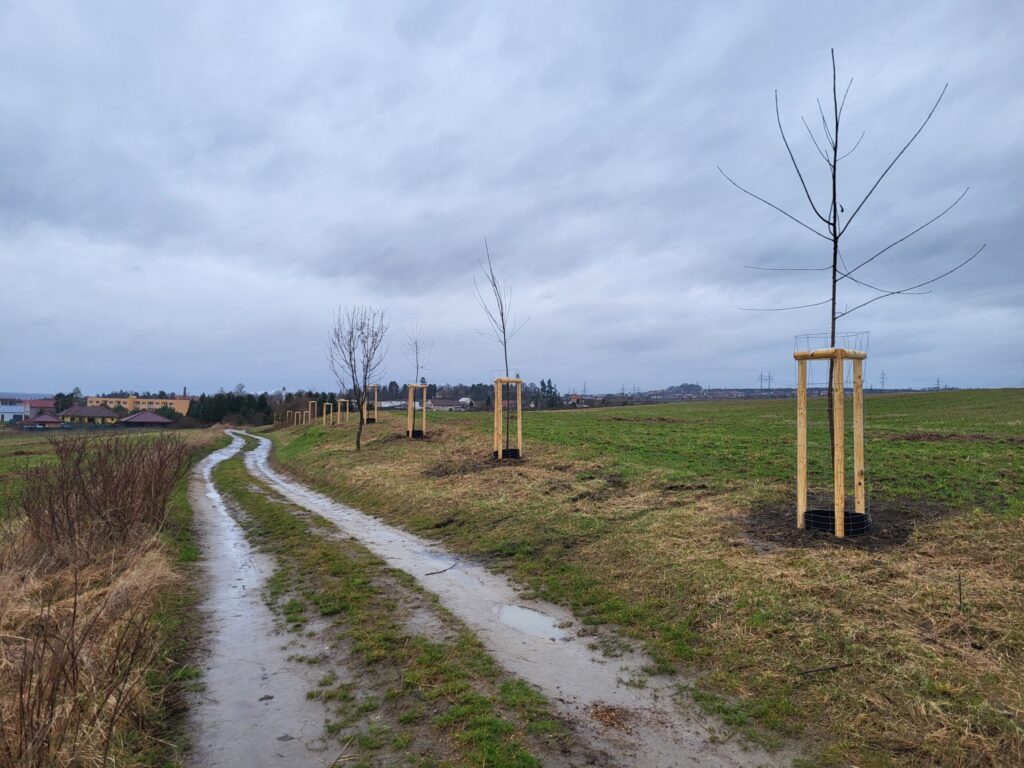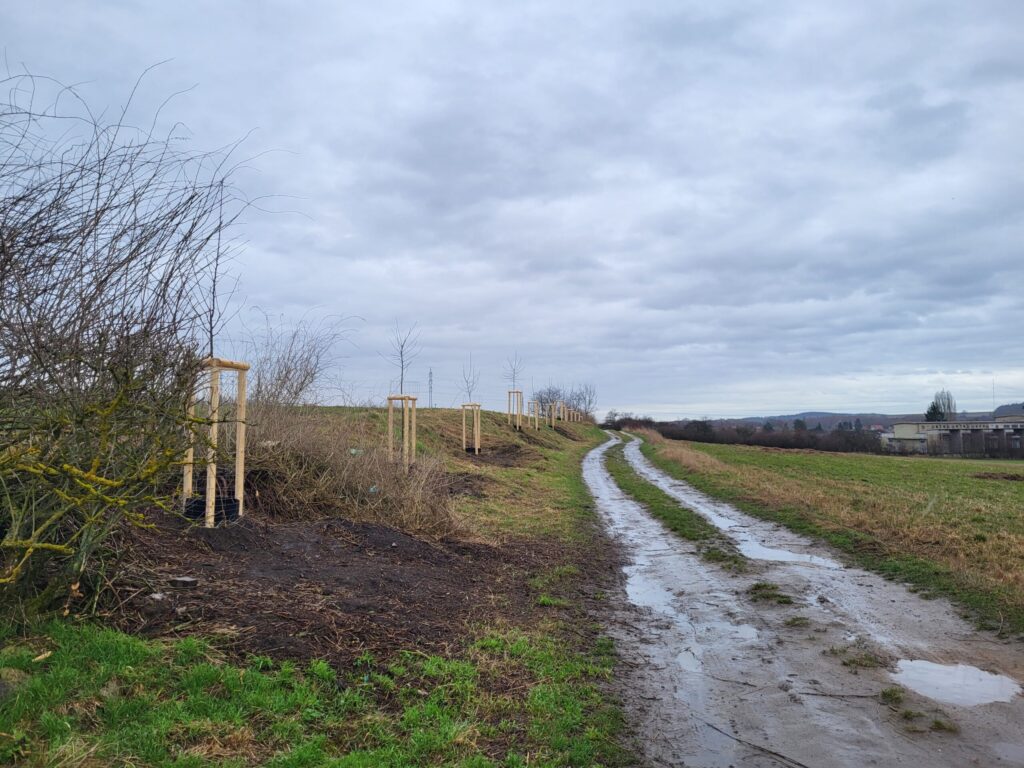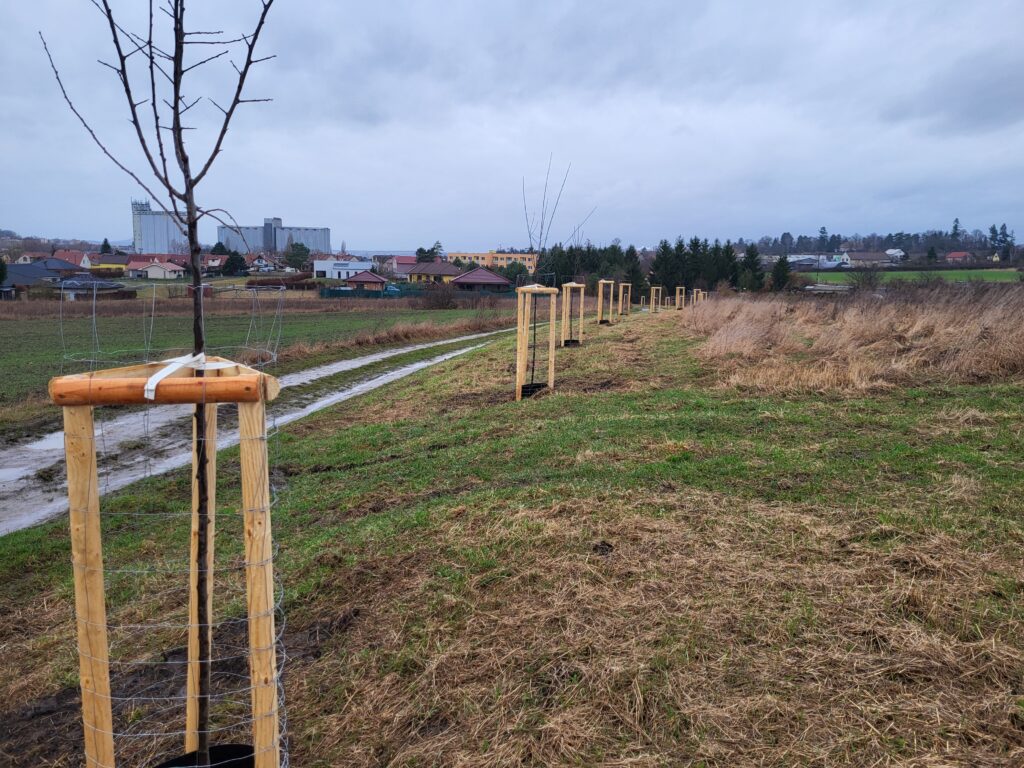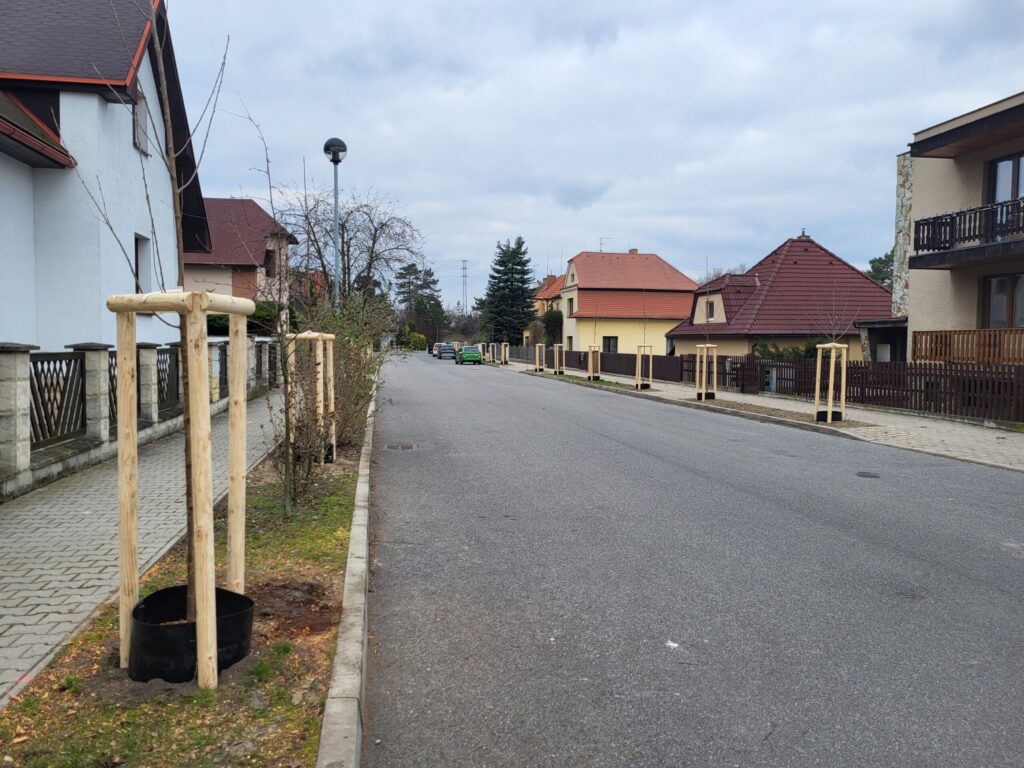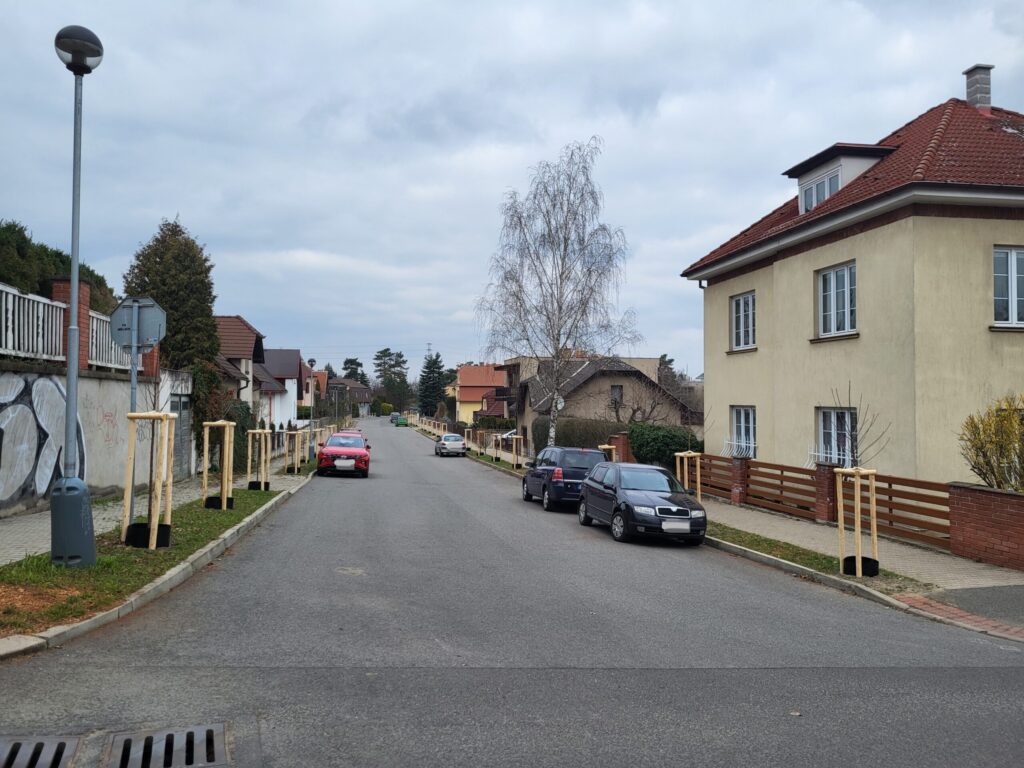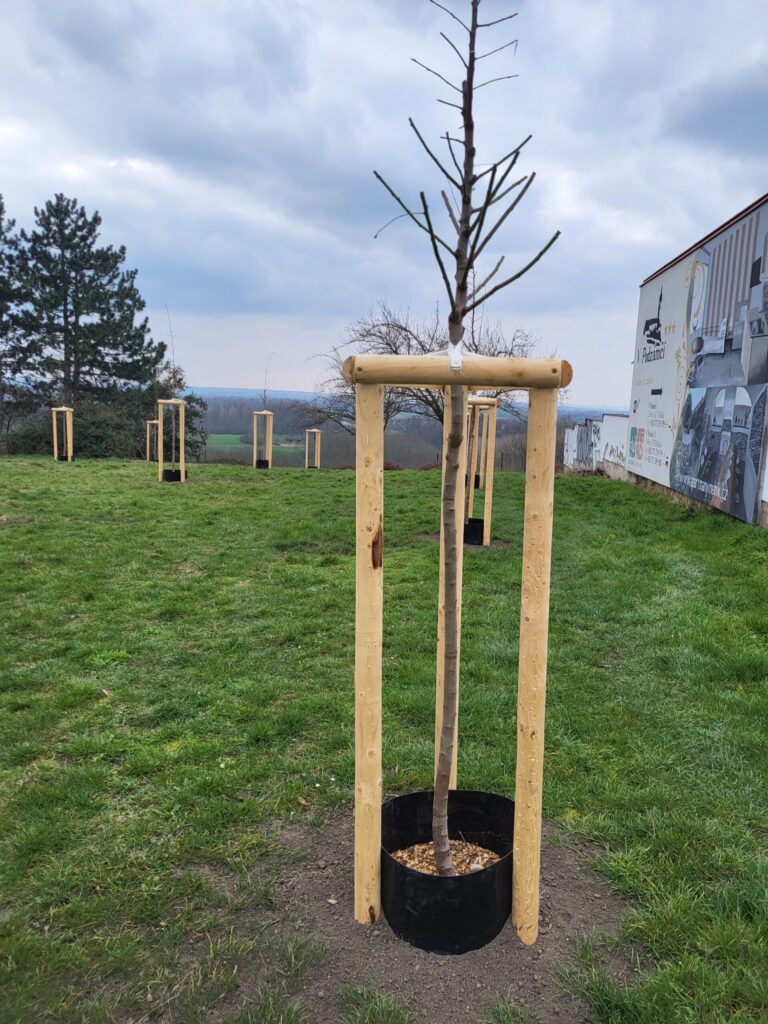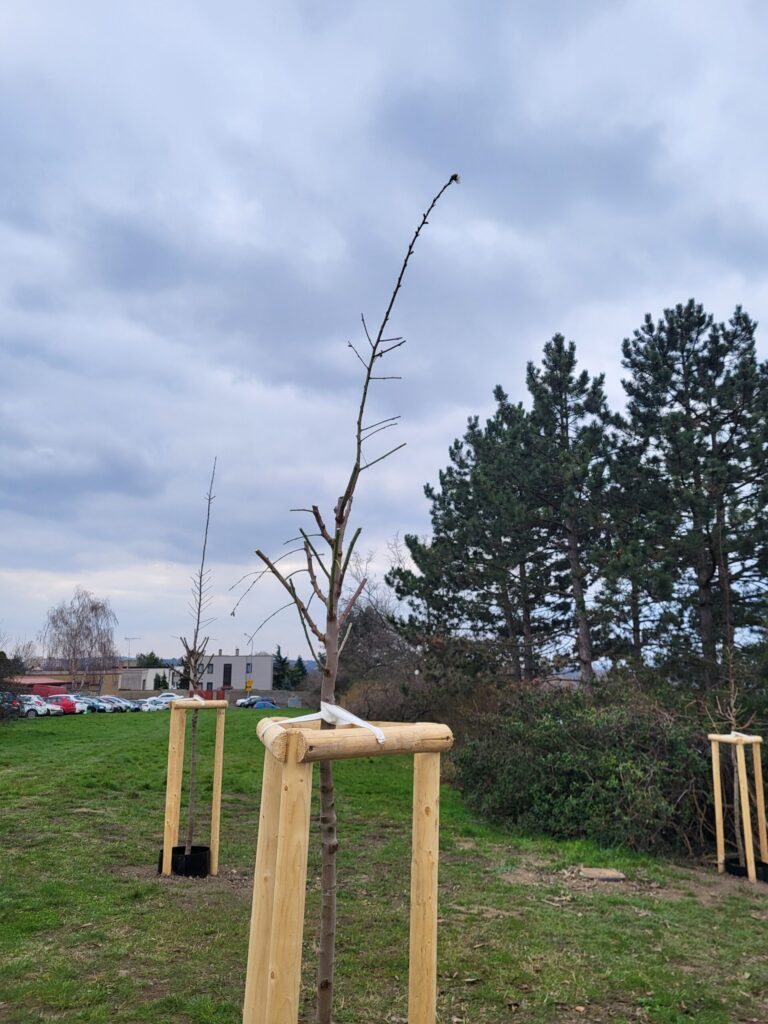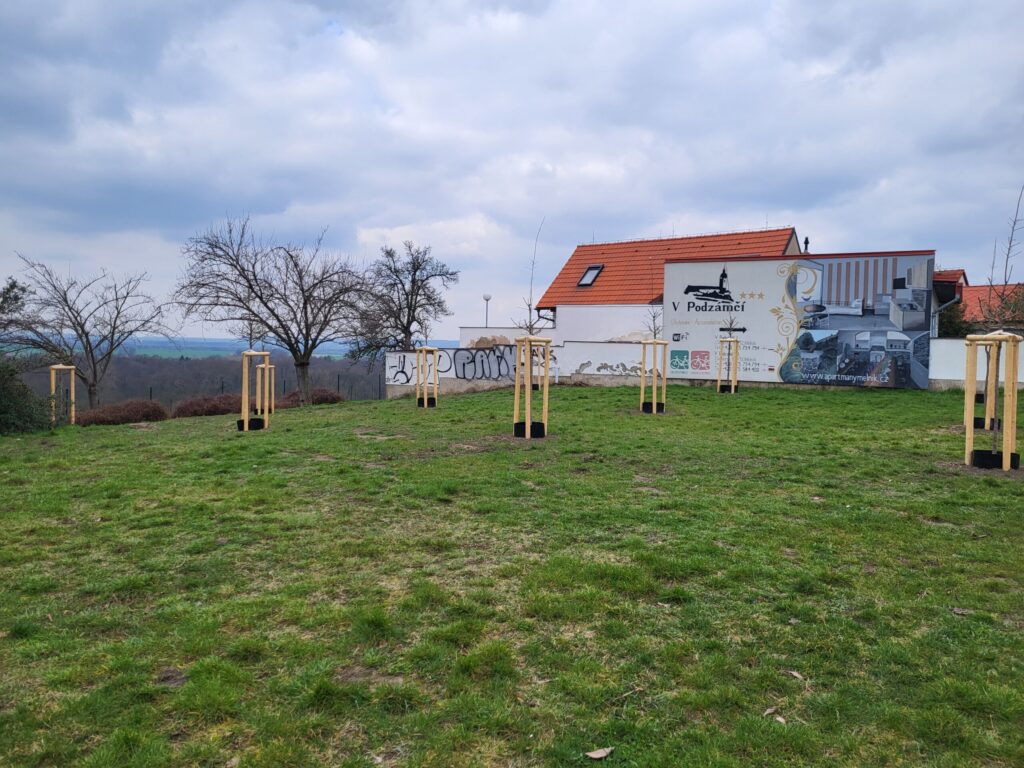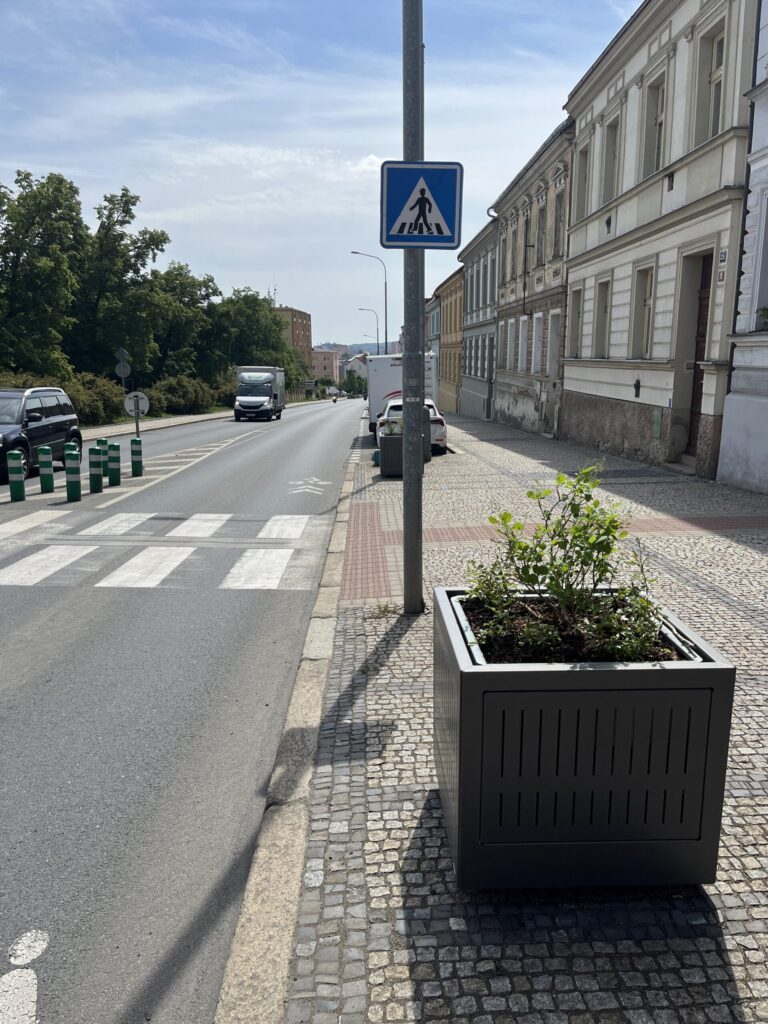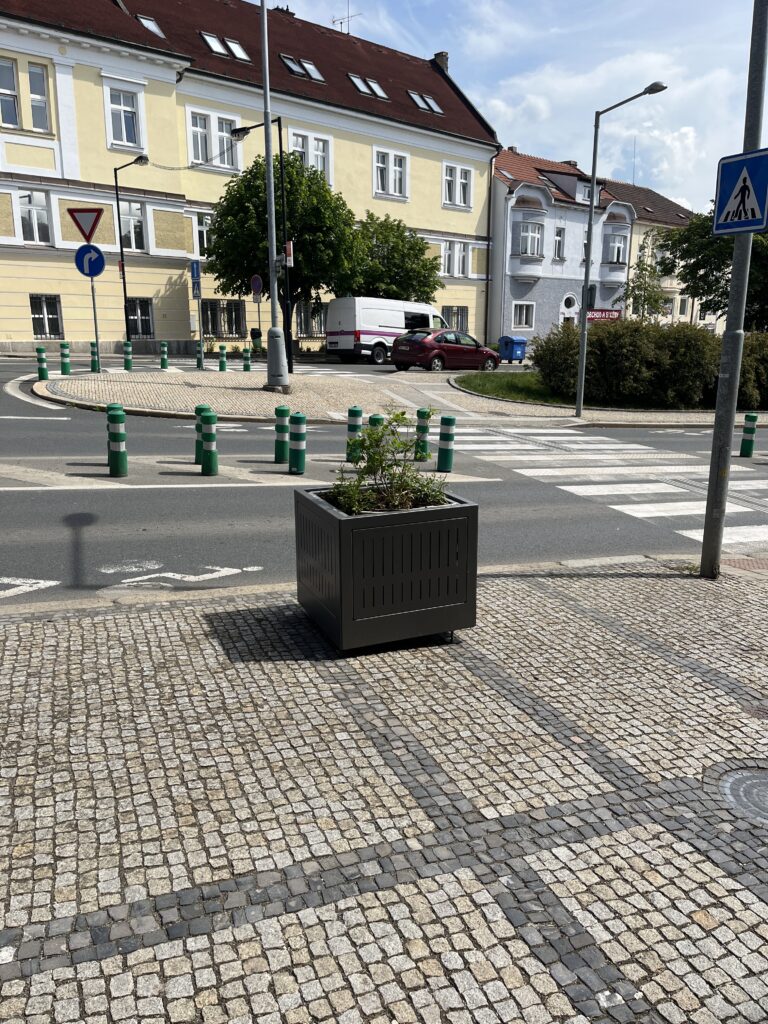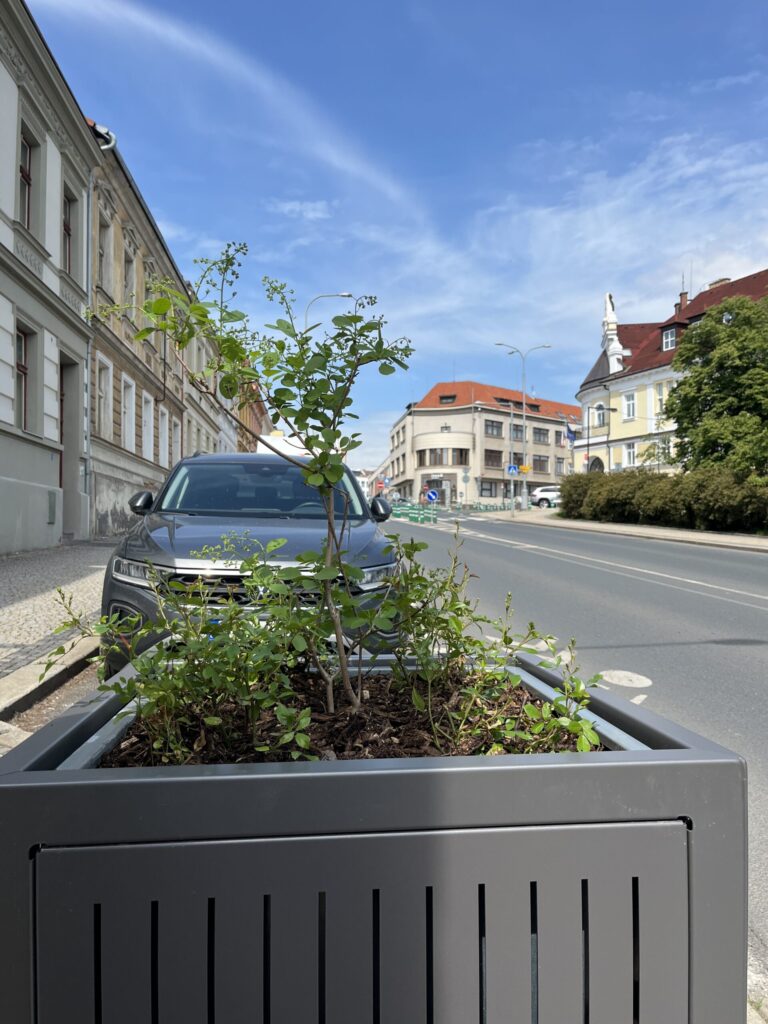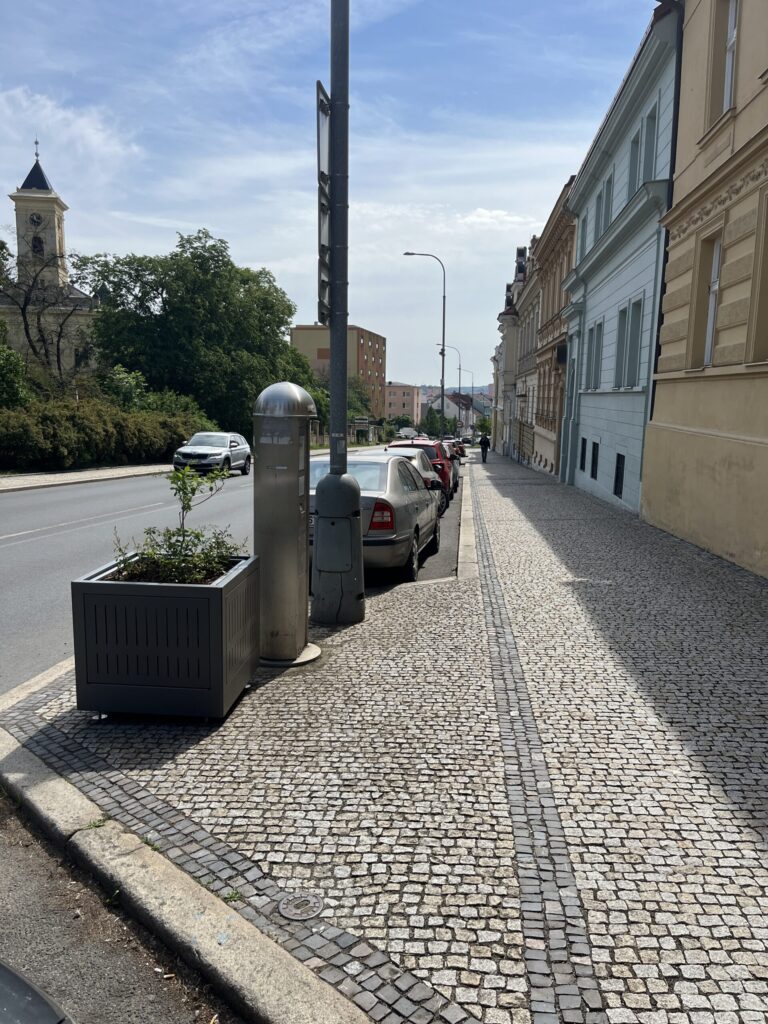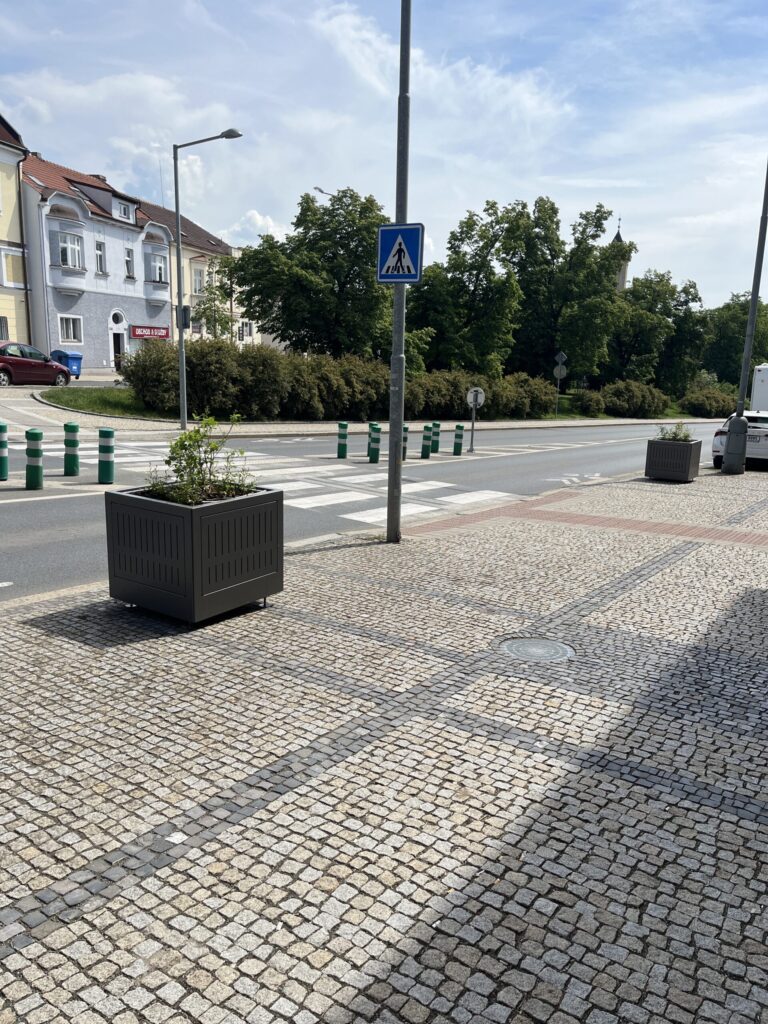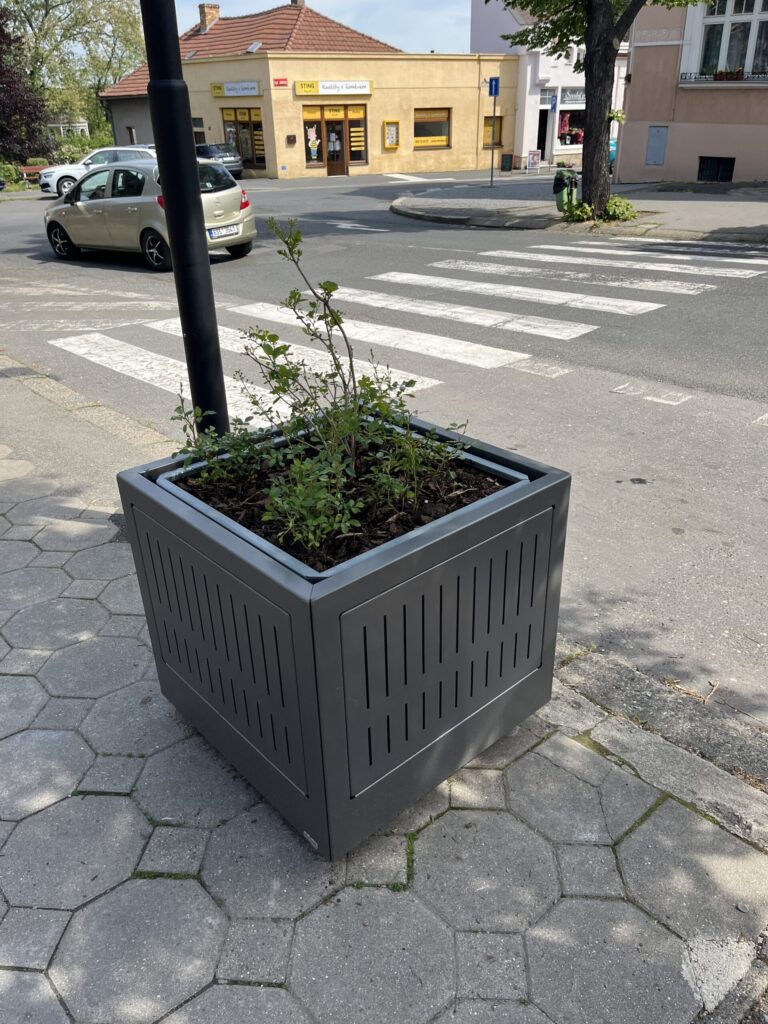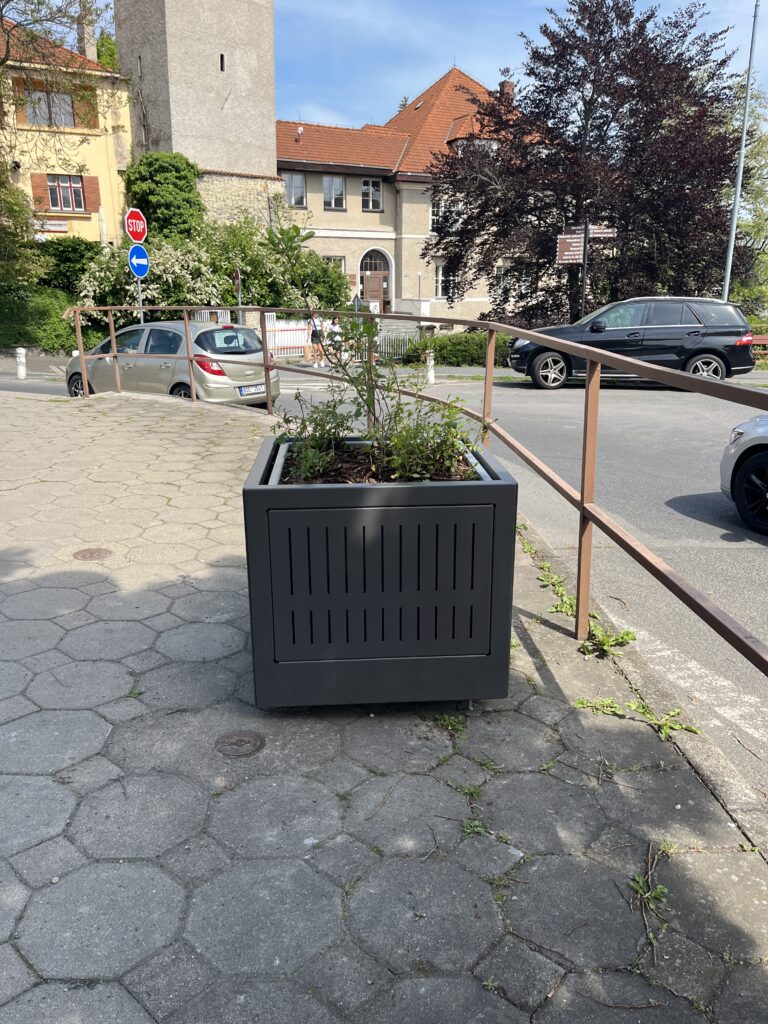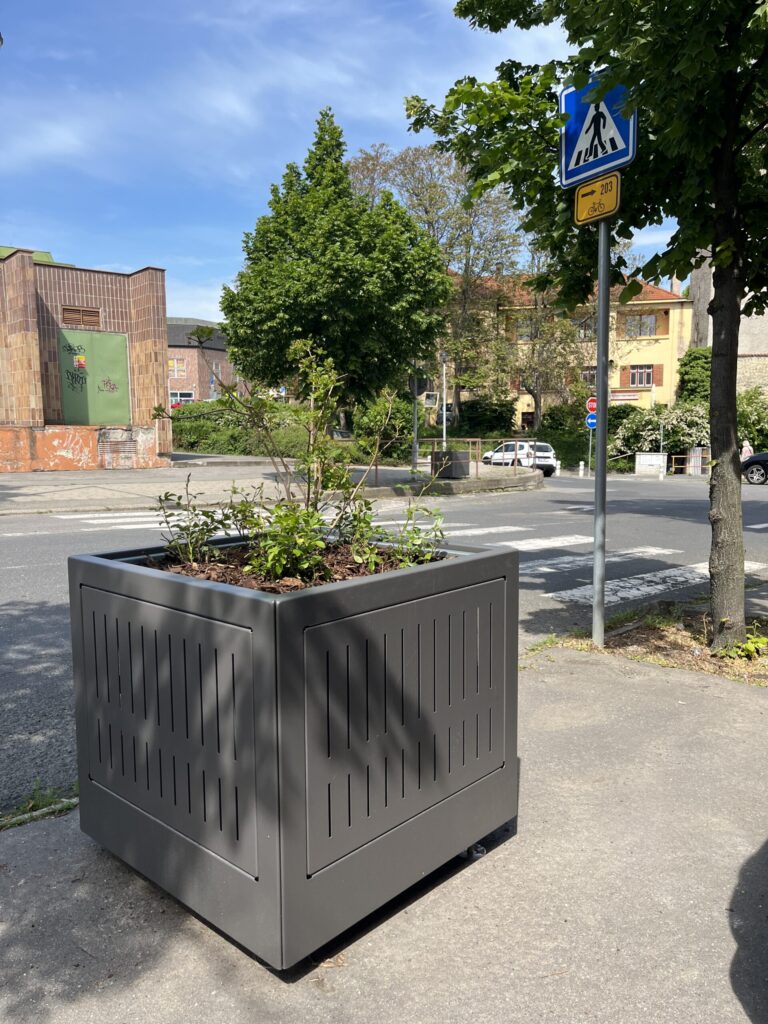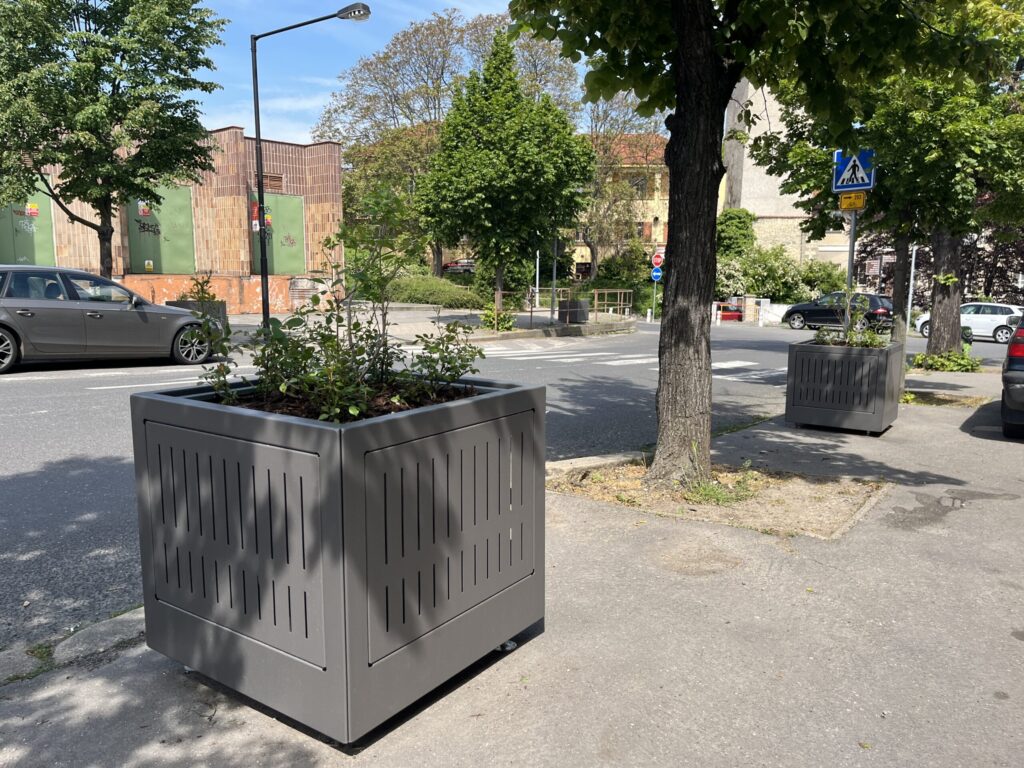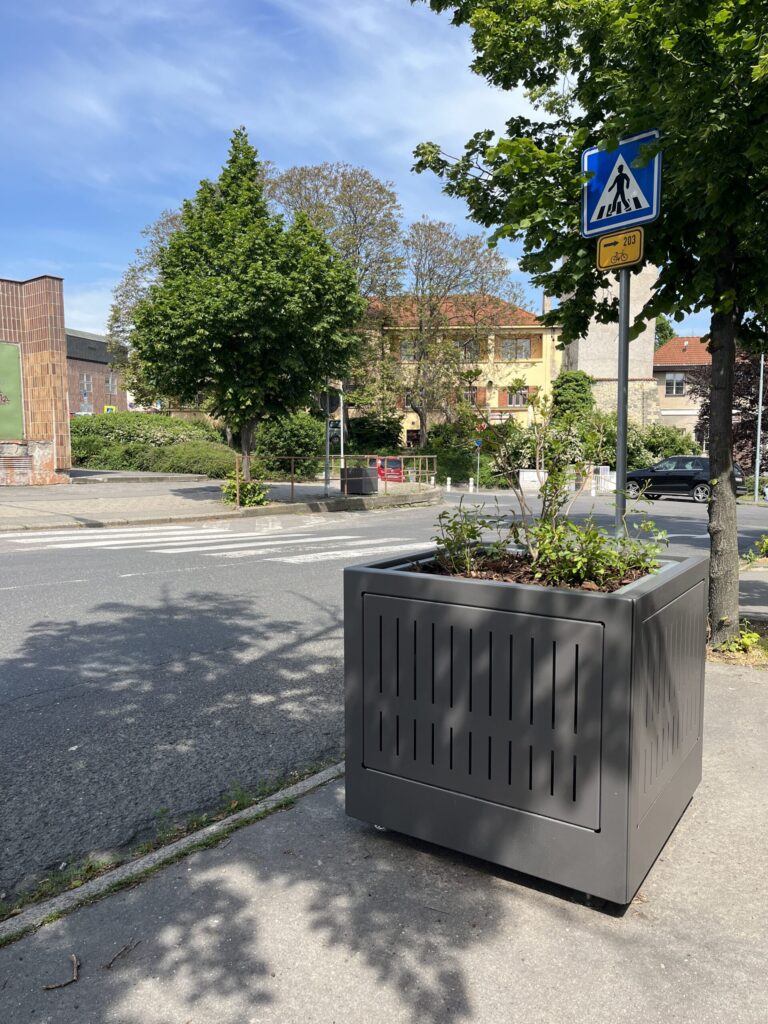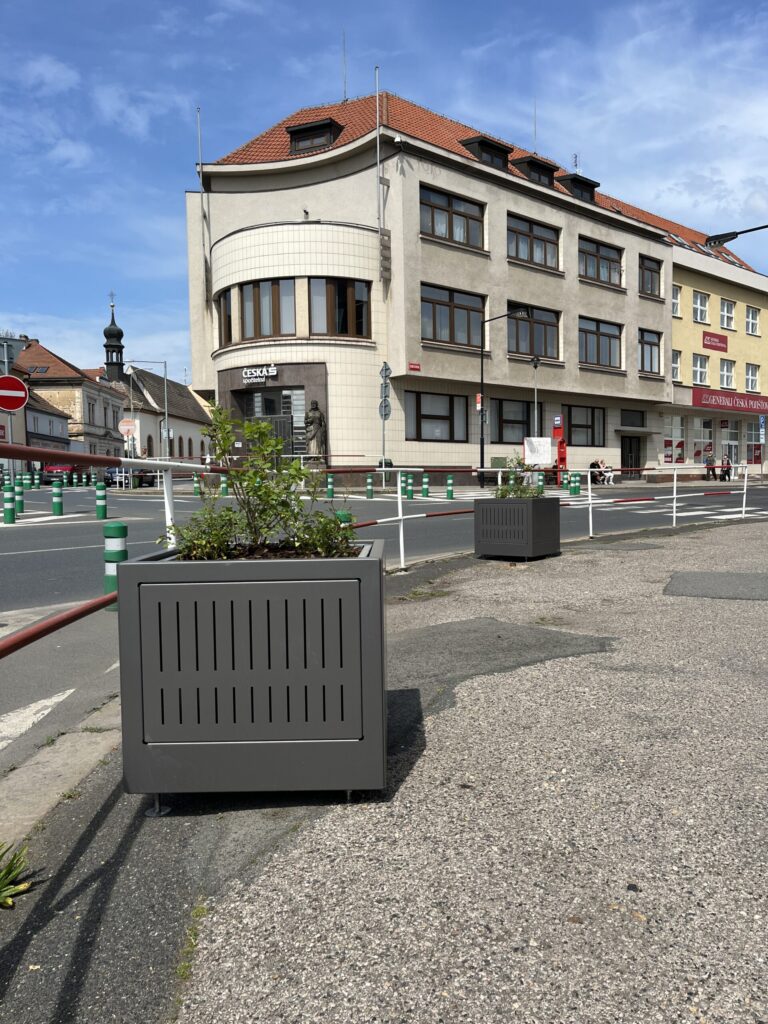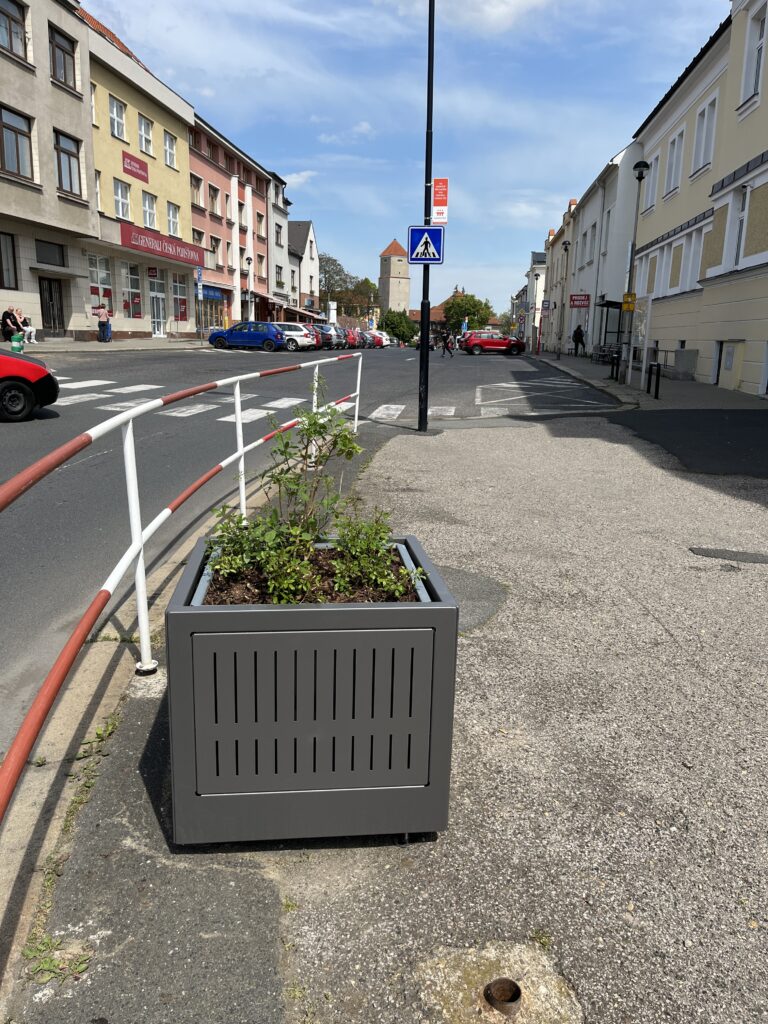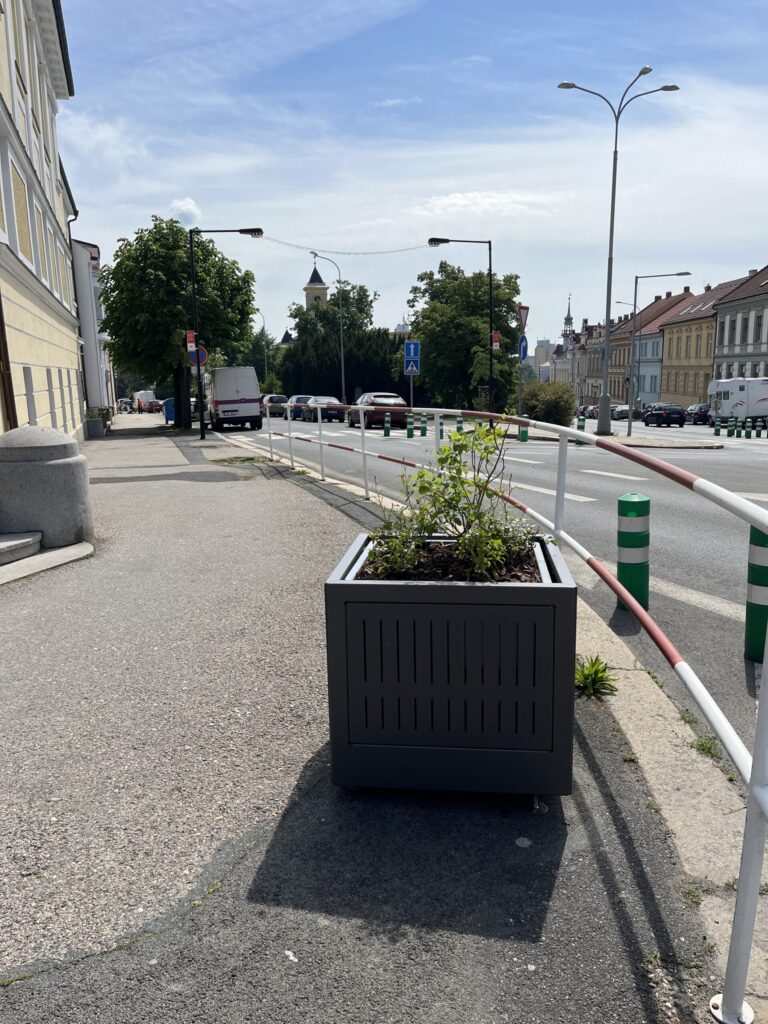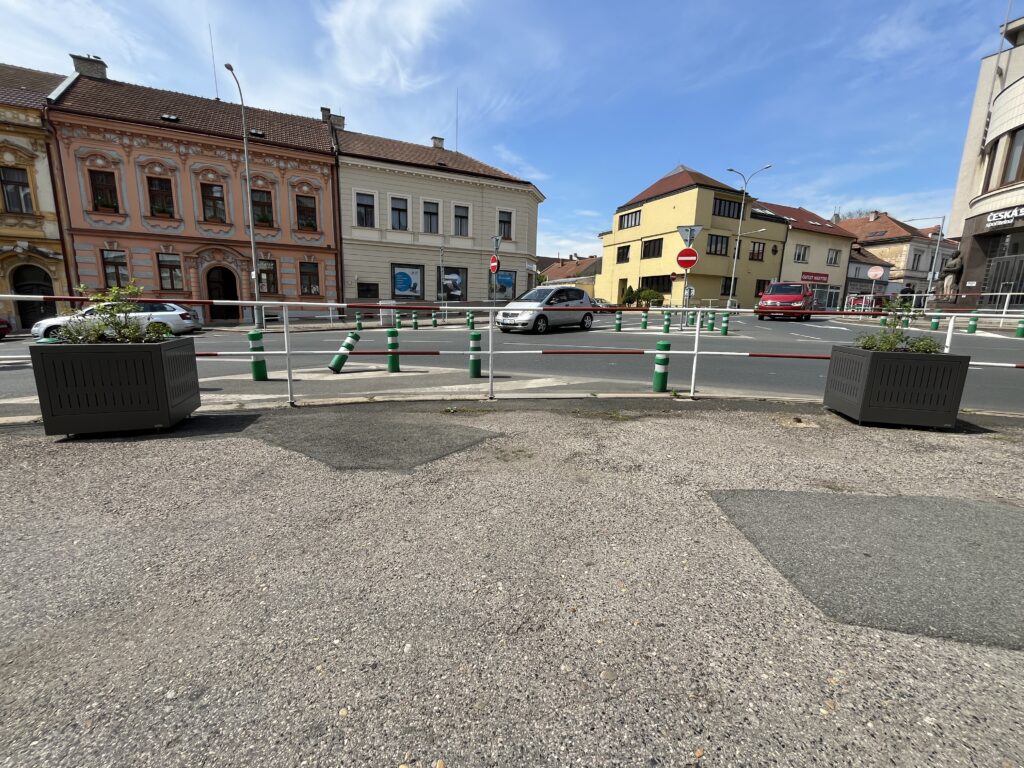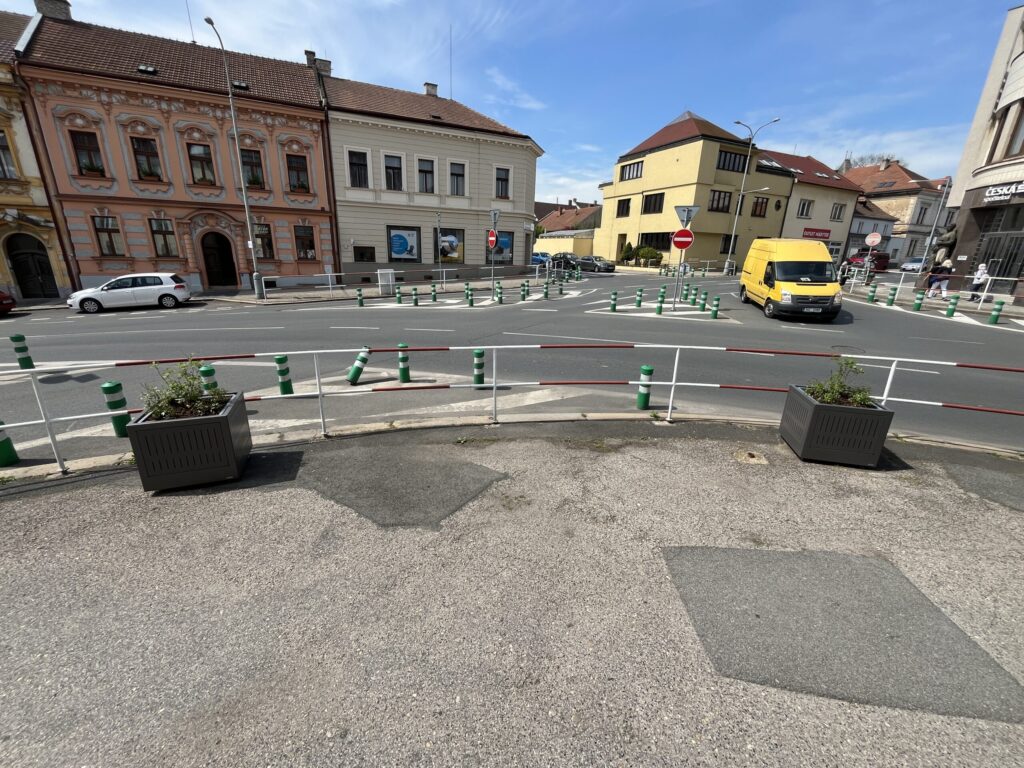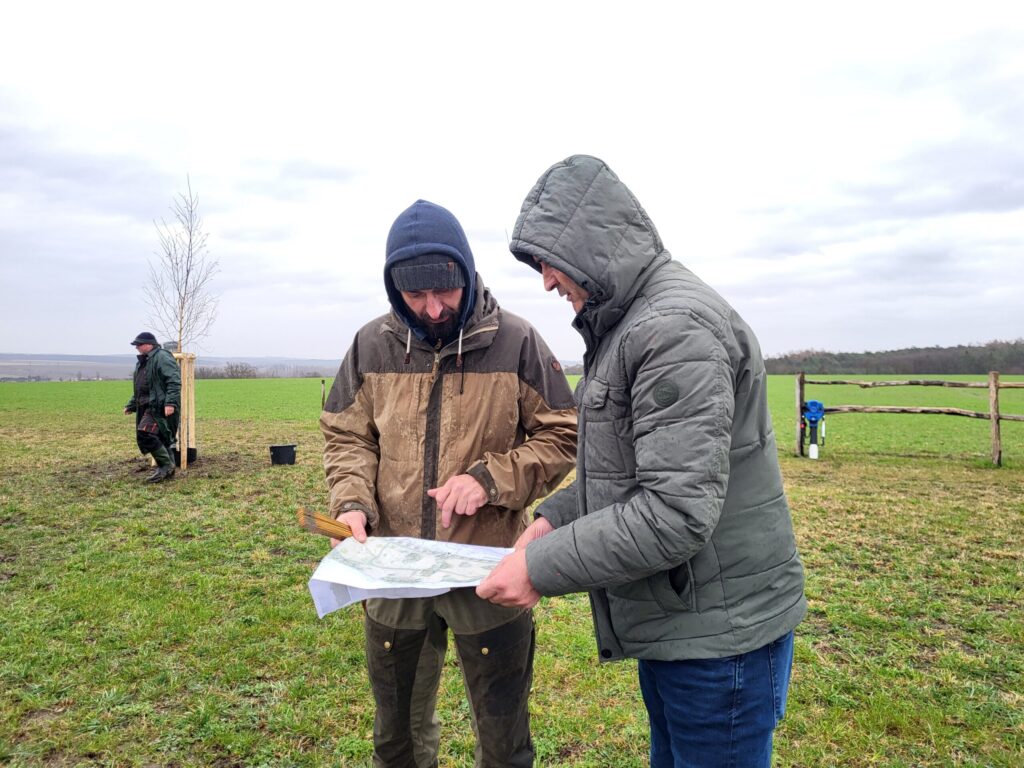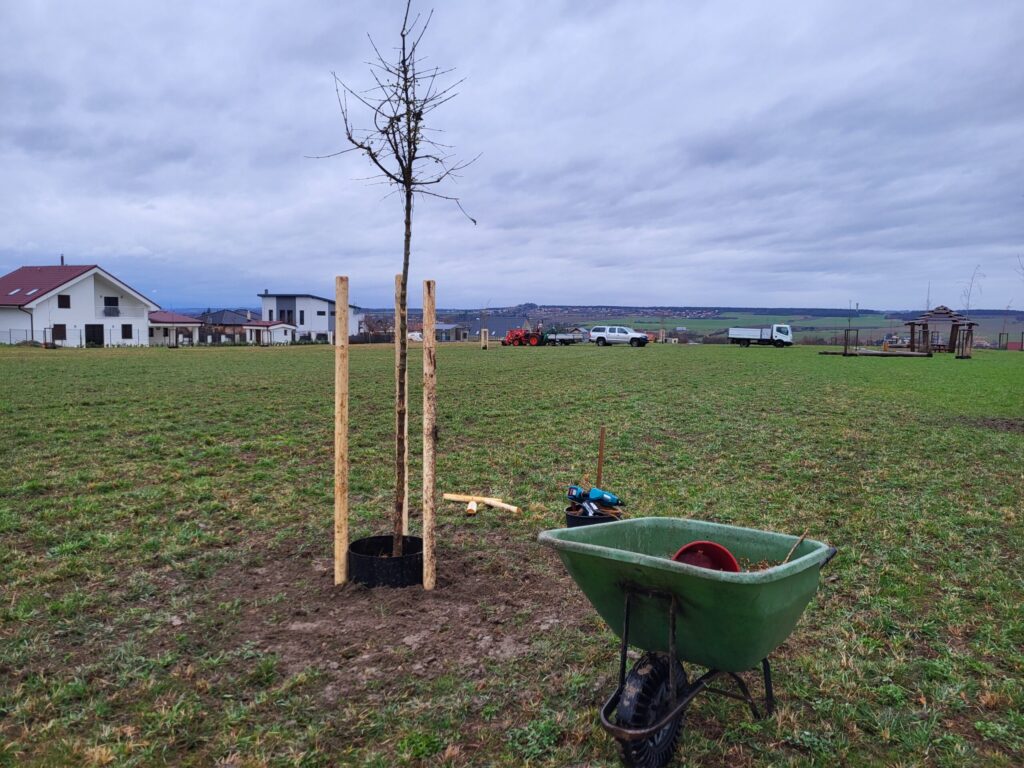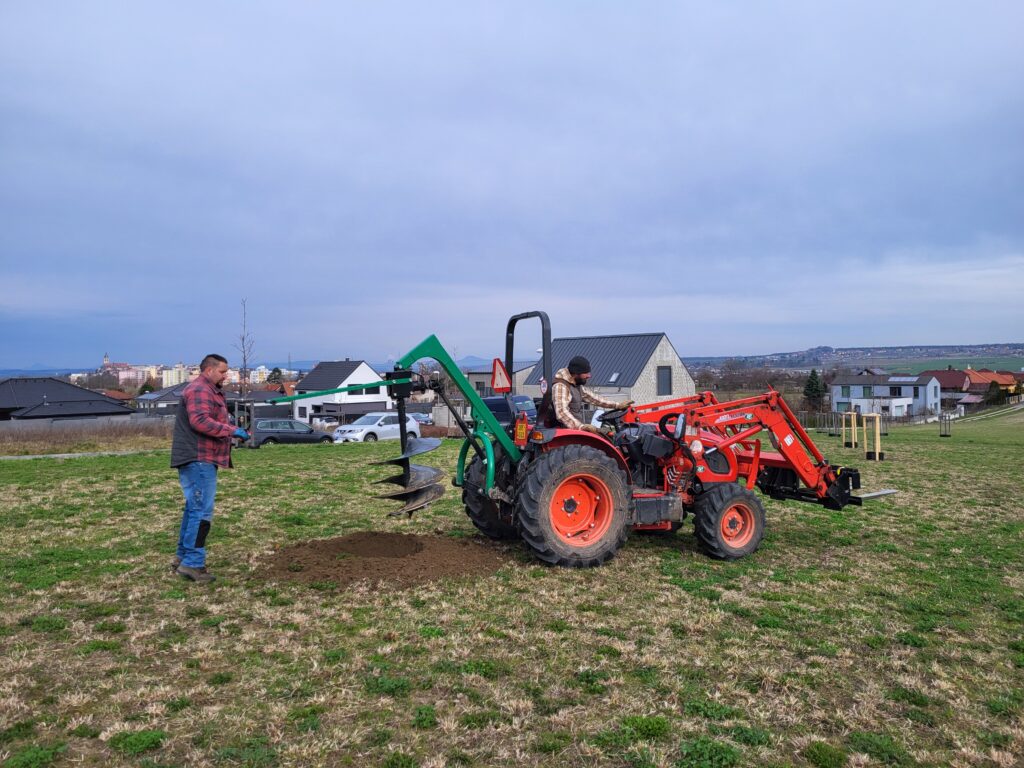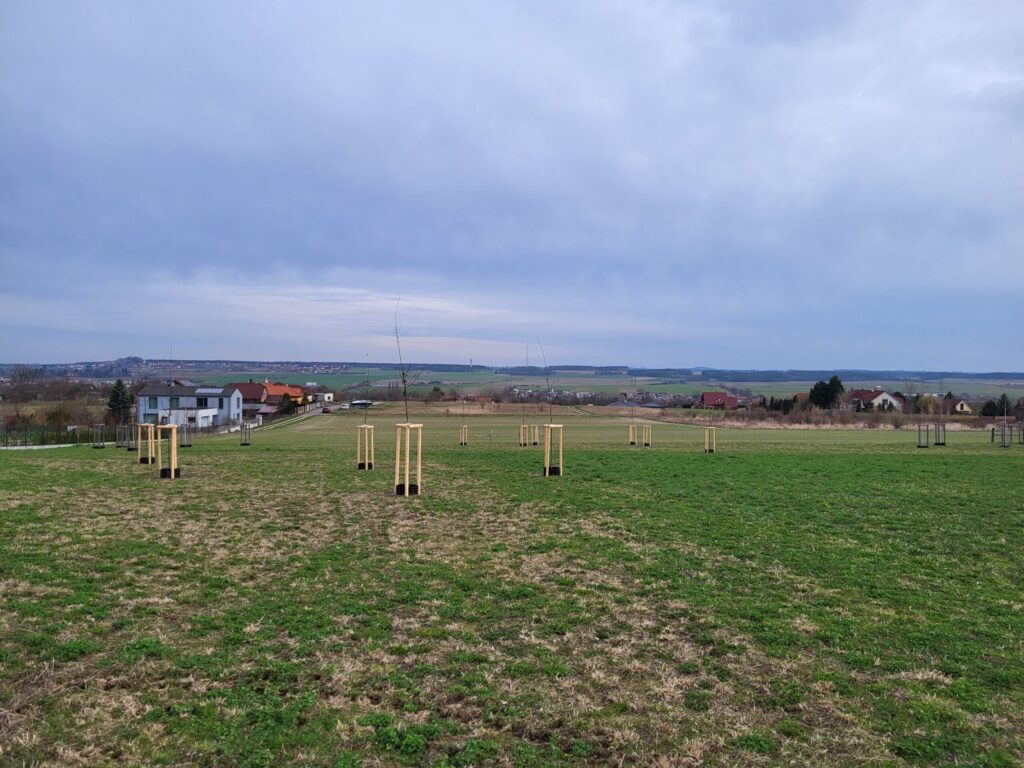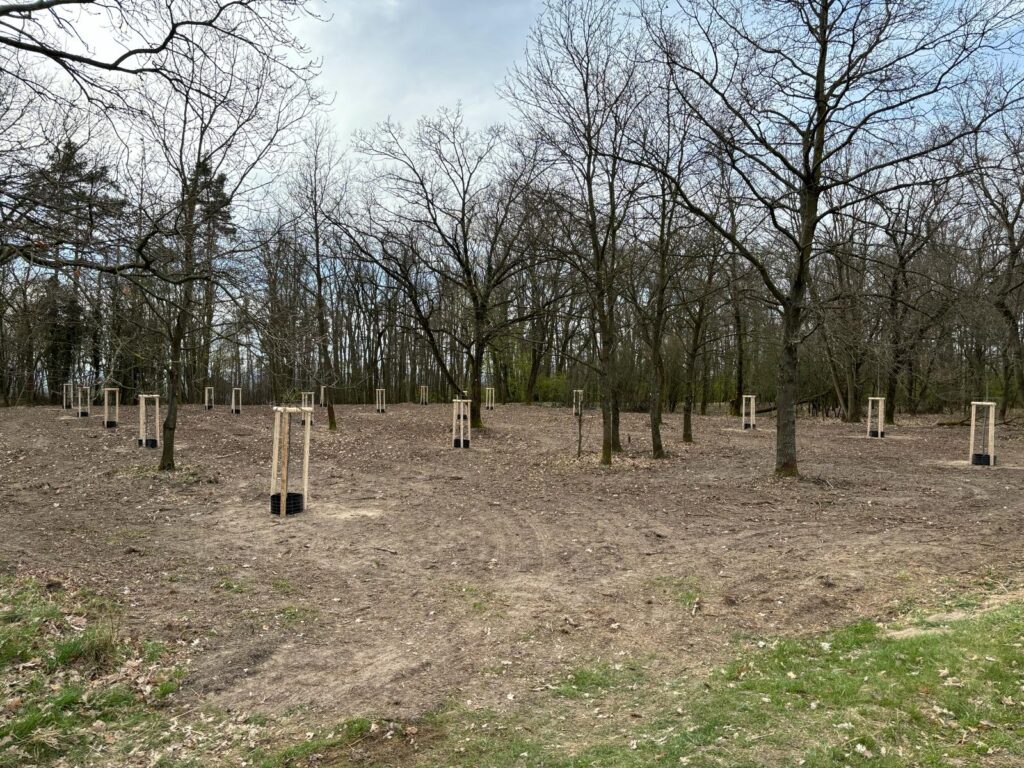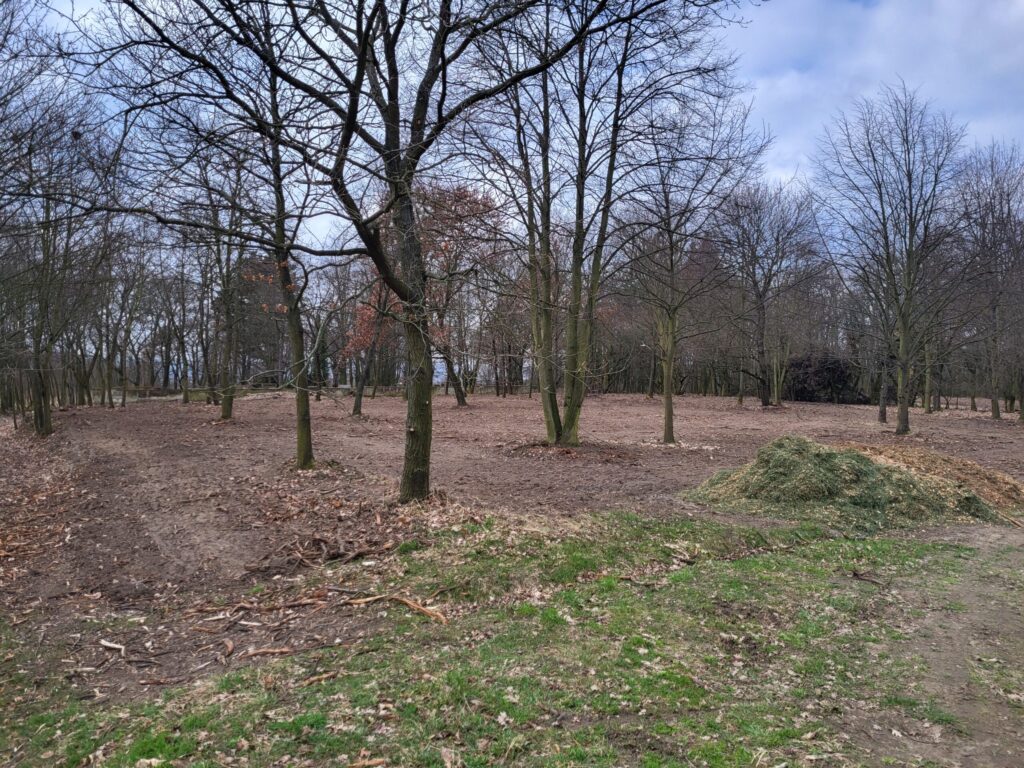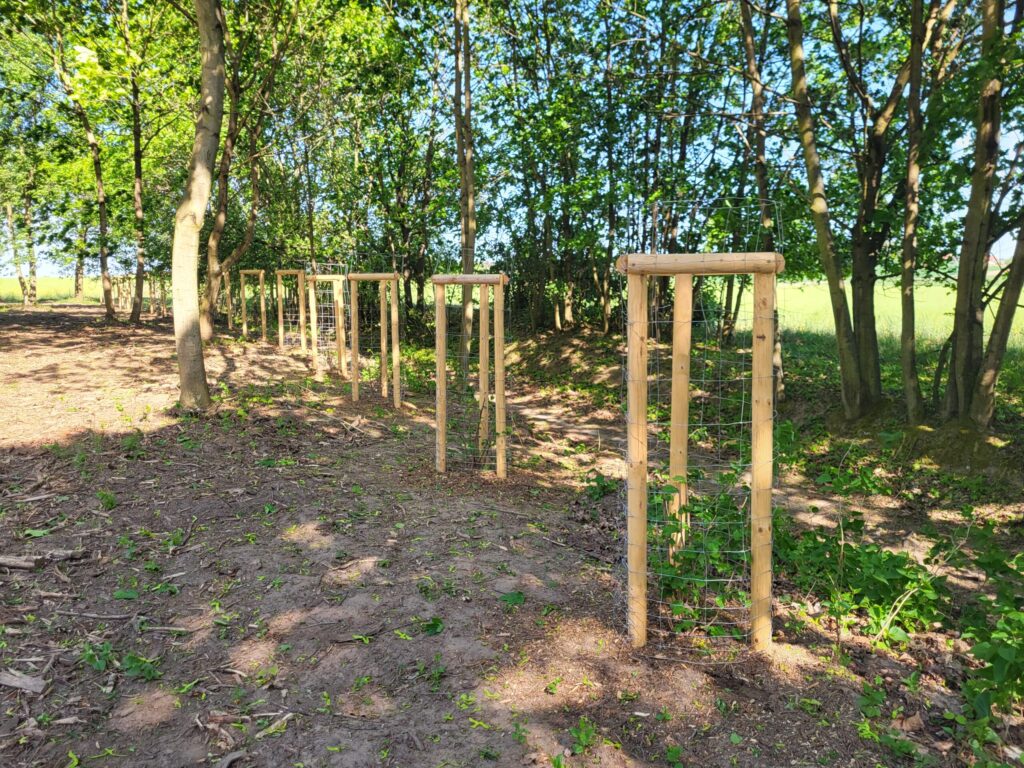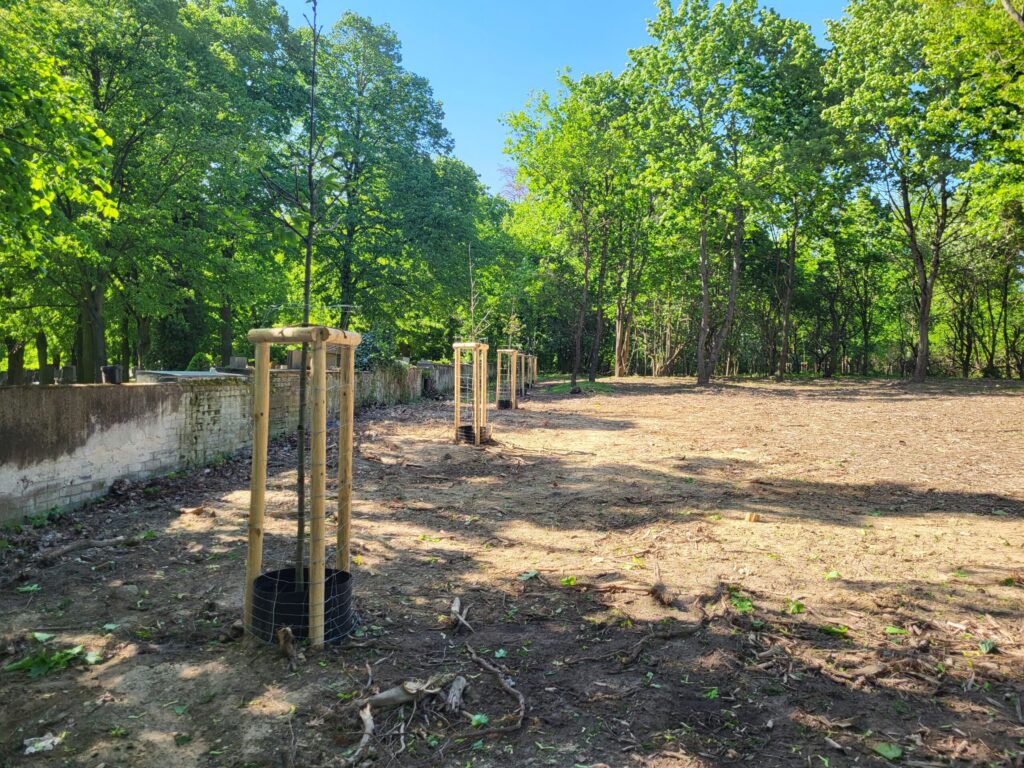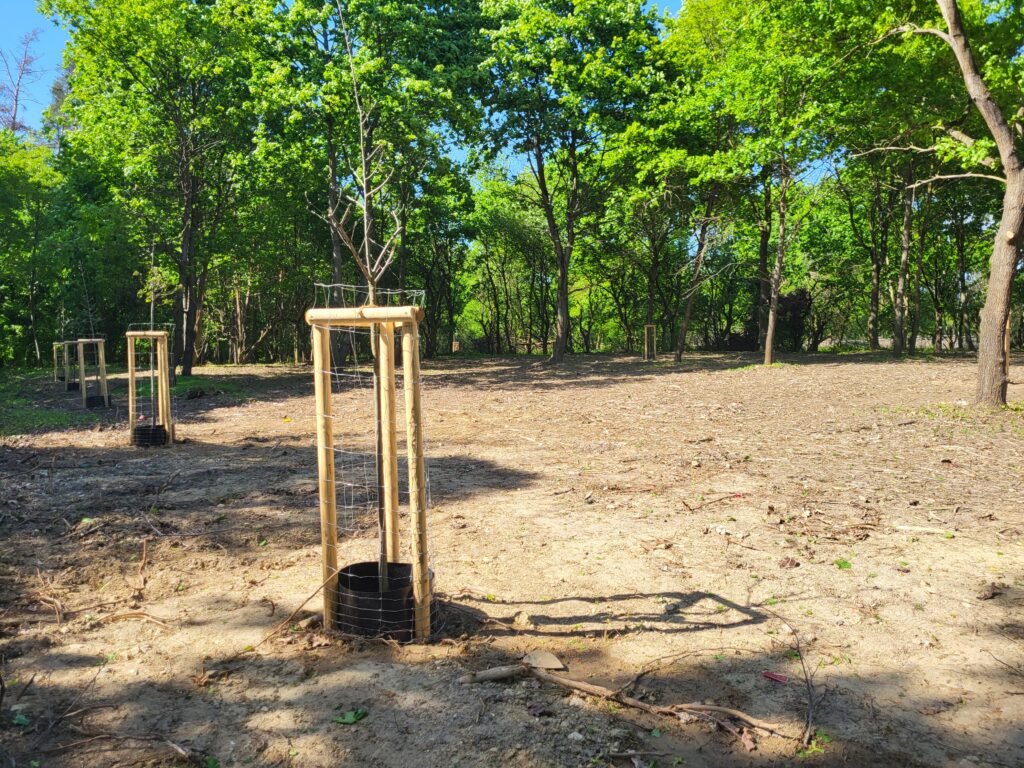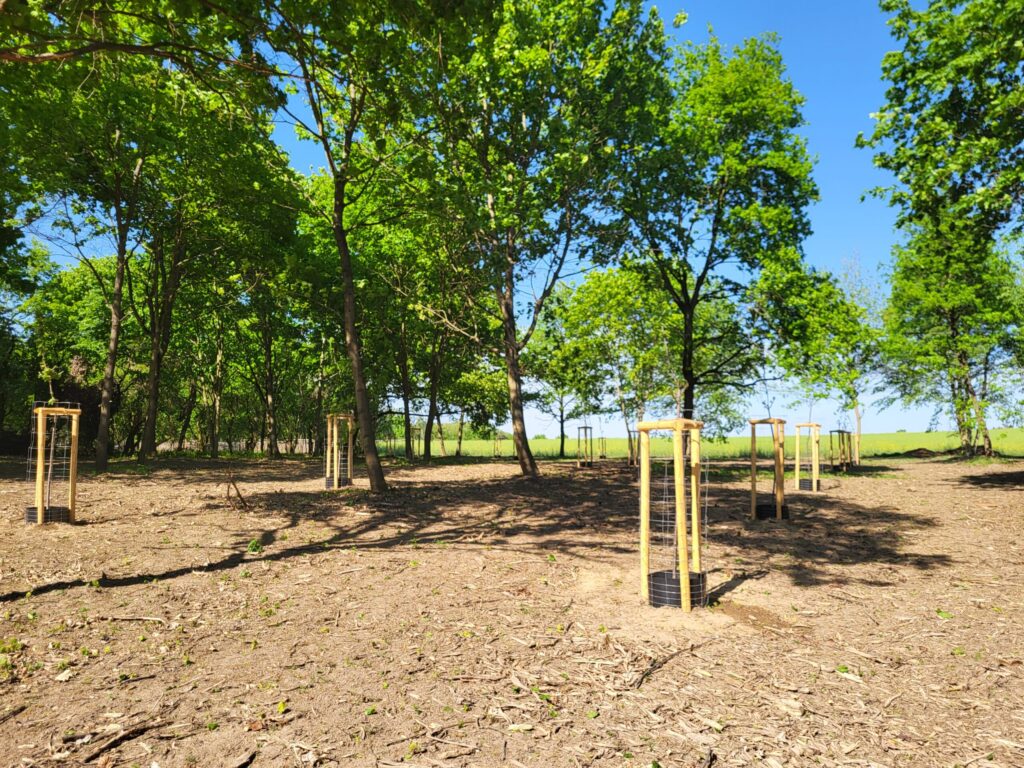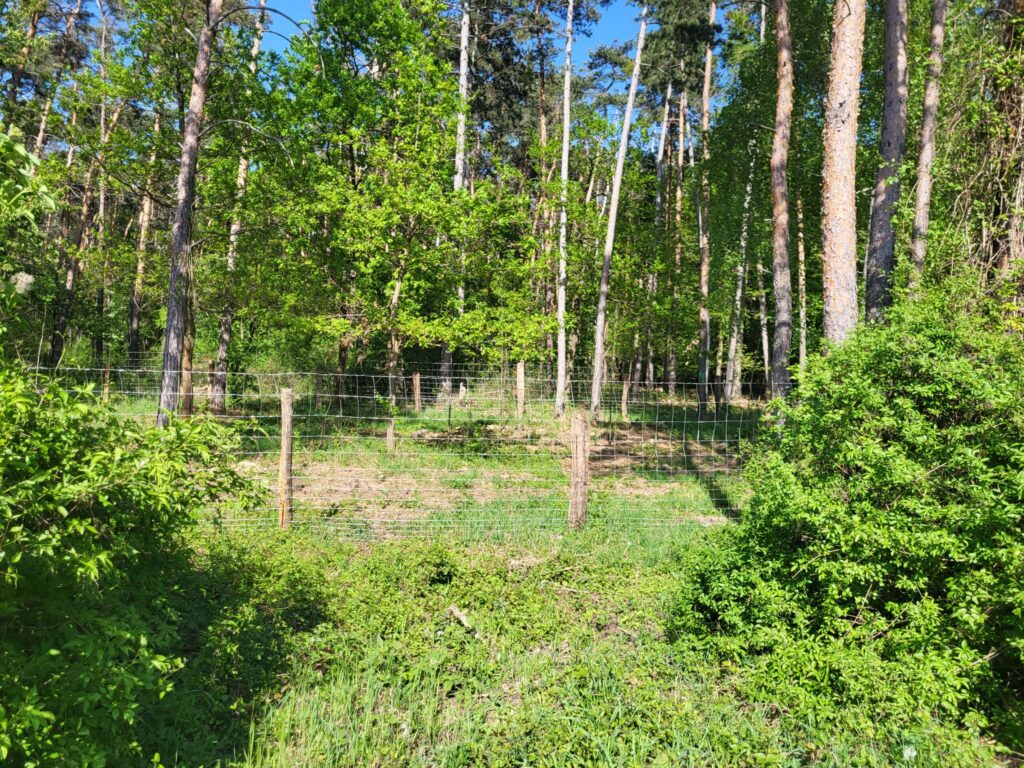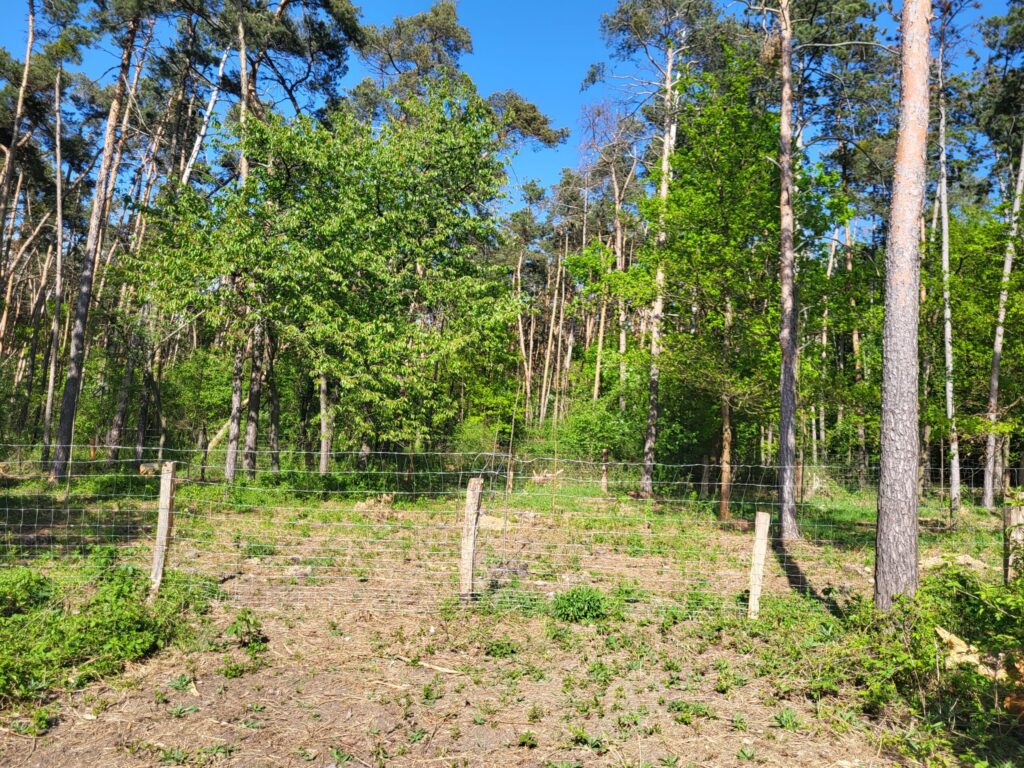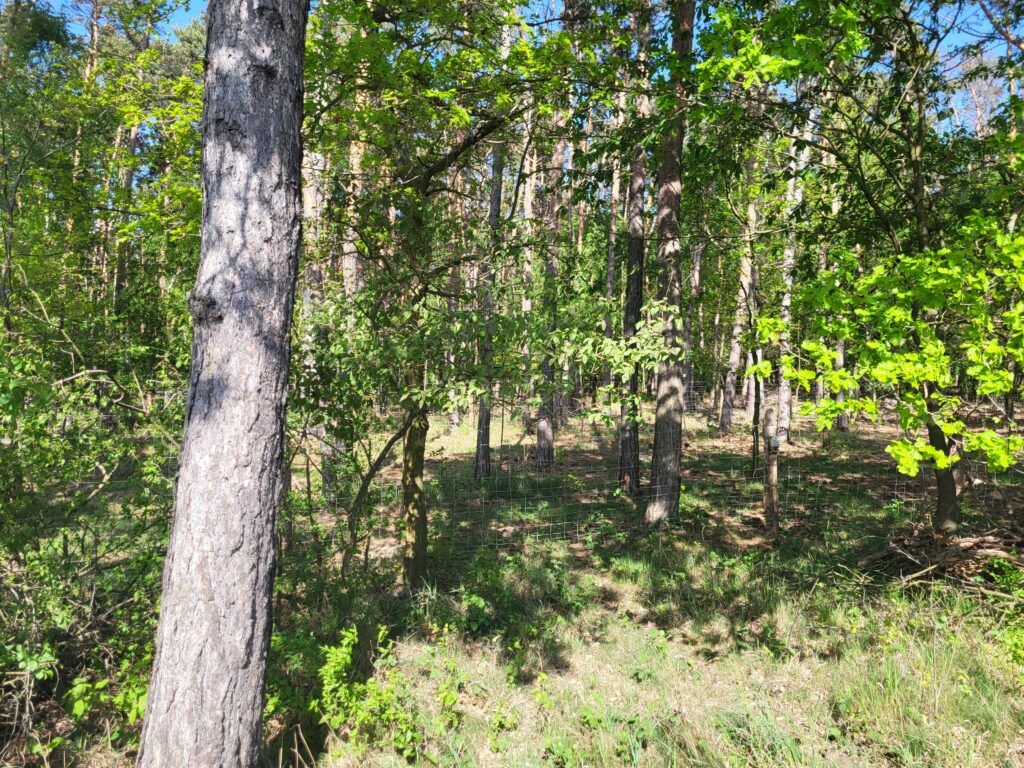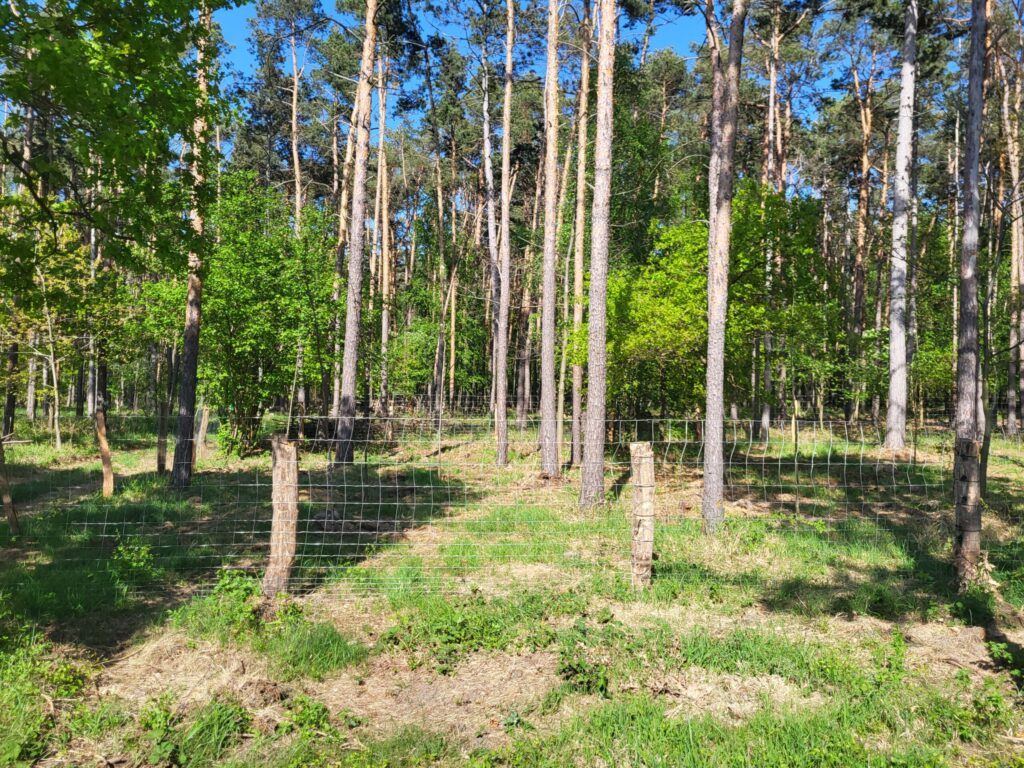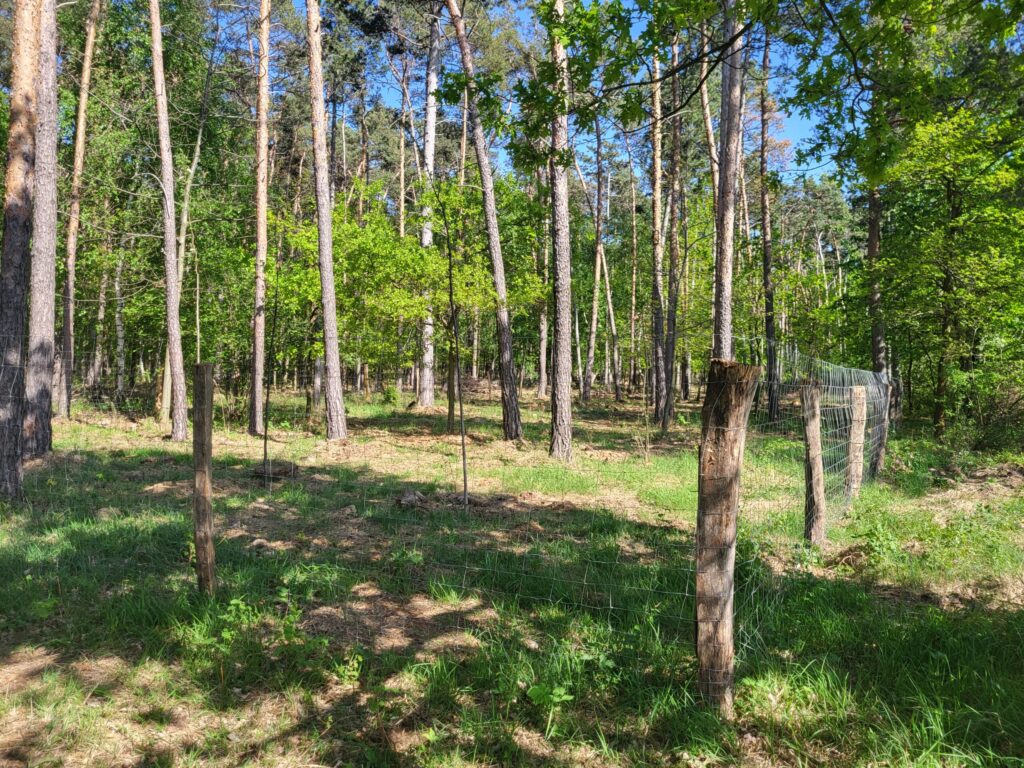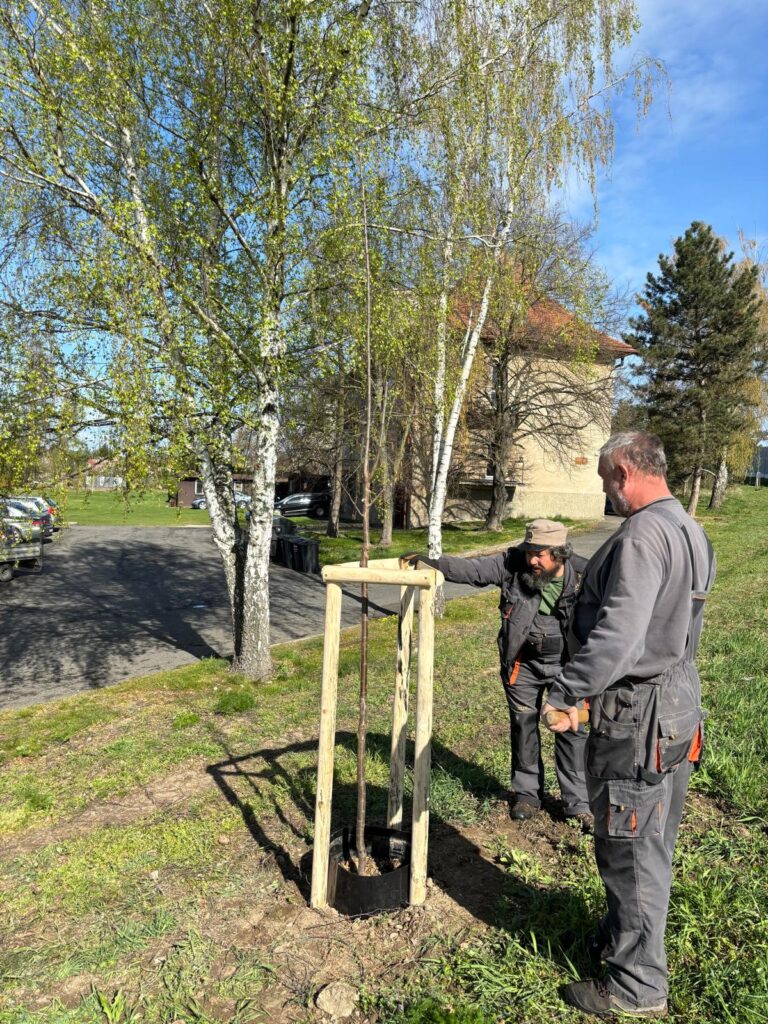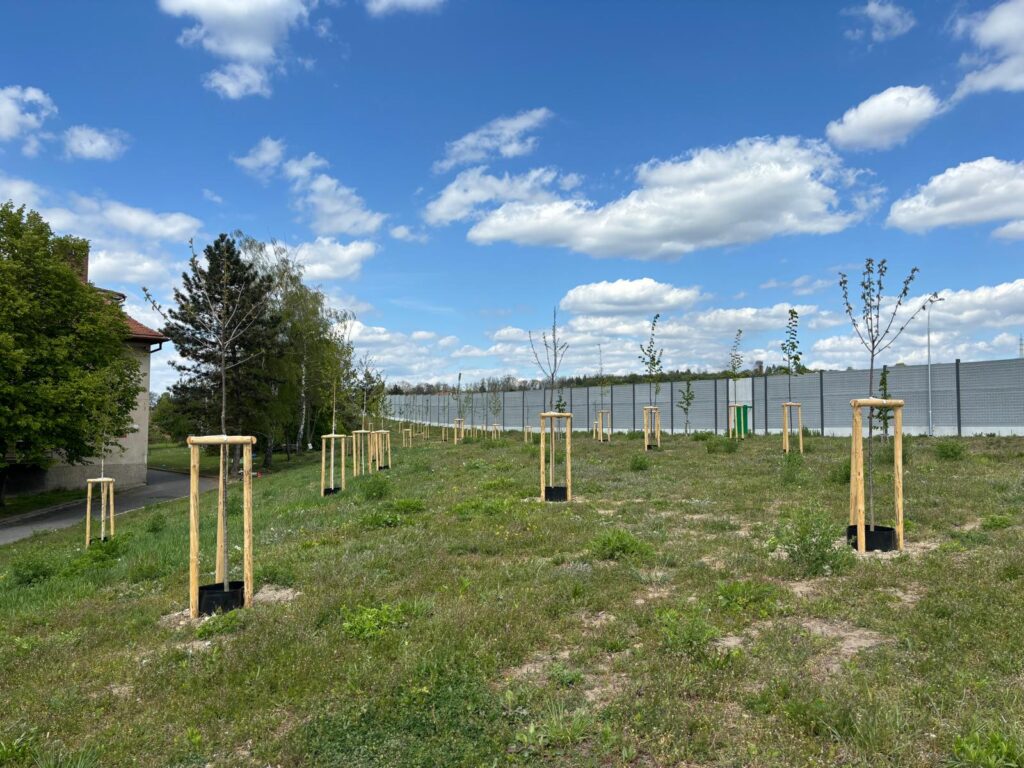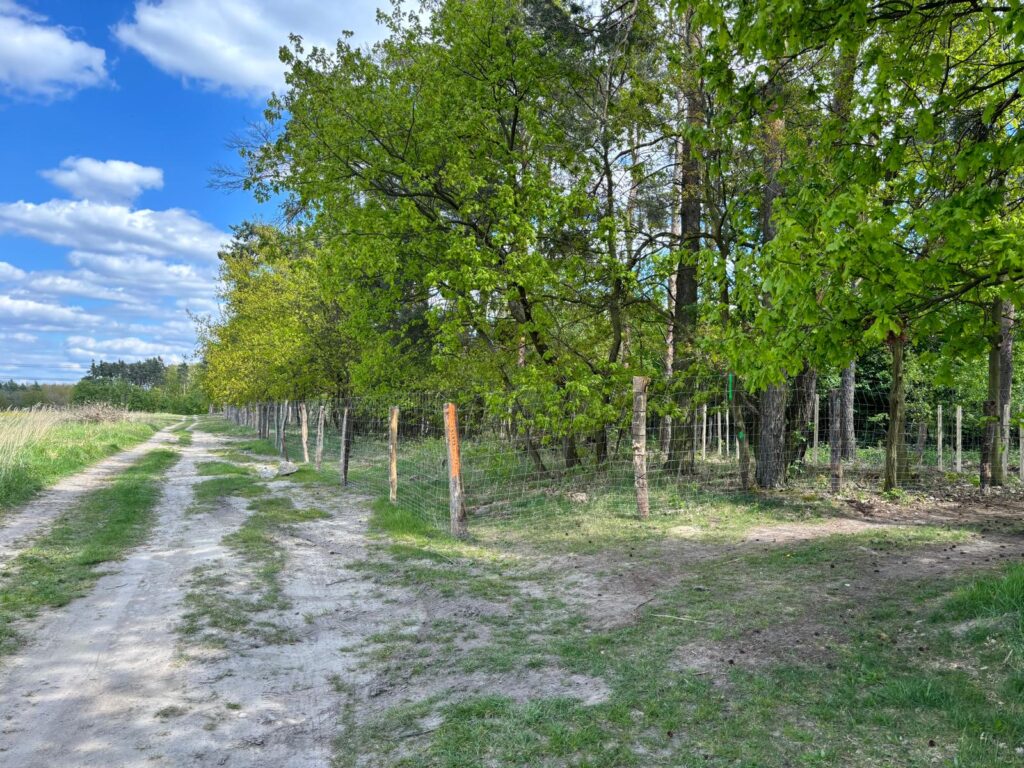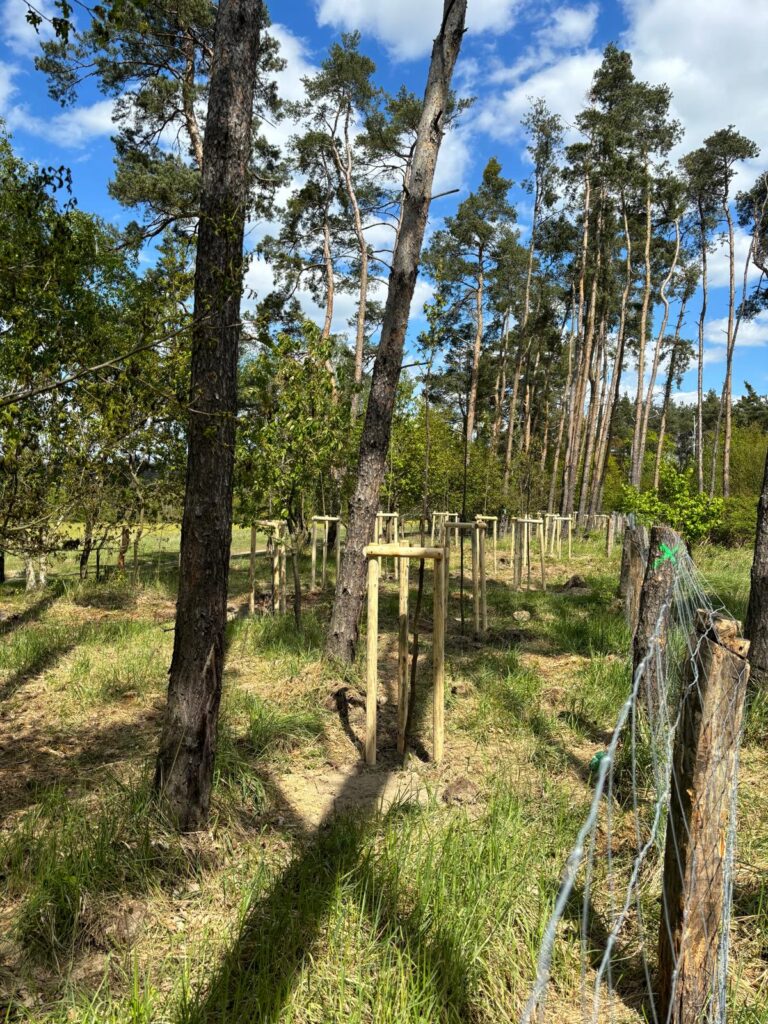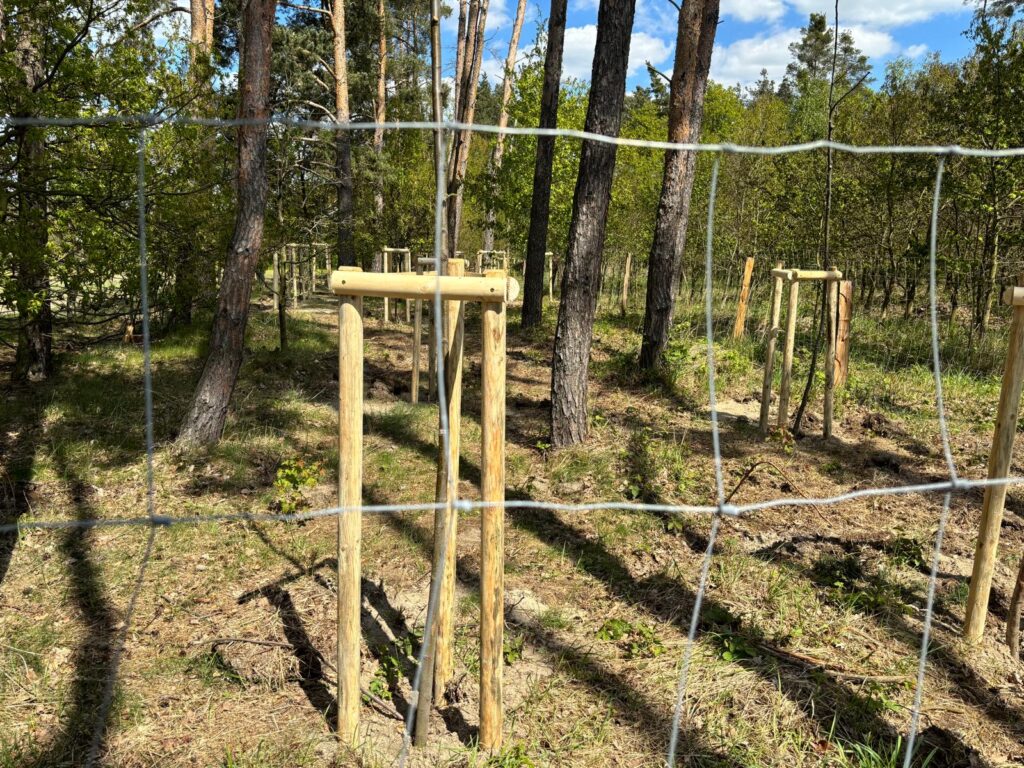LOCATIONS
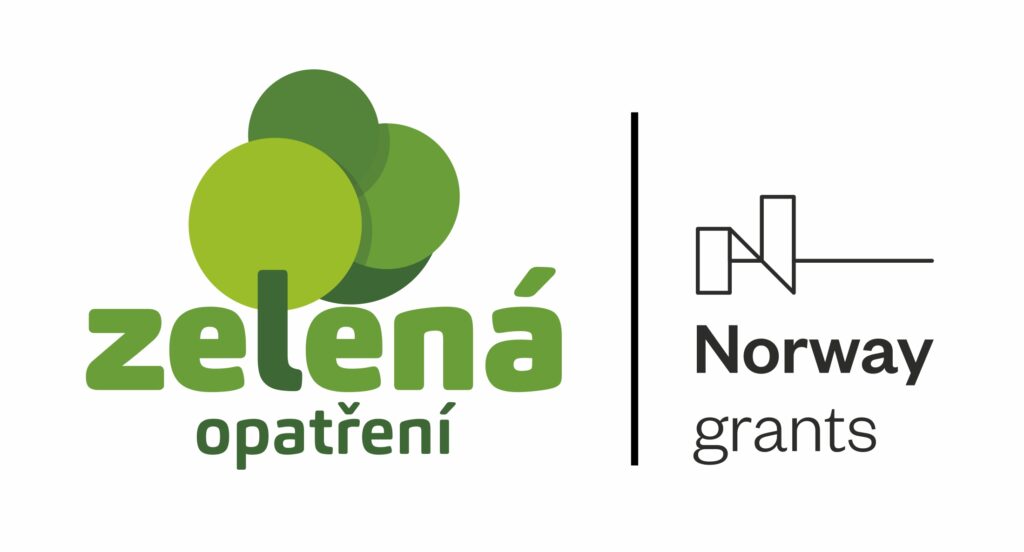
01 Kokořínská Street
We are expanding the existing linear planting with 11 trees of Tilia platyphyllos in the extravilán of our village. The large-leaved lime tree is better able to cope with climate change and is therefore proposed to replace our native heart lime tree.The planting along Route 273 is a significant contribution to the overall functionality of the area, particularly in terms of isolation and protection.
By adding large-leaved lime trees to the existing planting, we are not only appropriately complementing the green belt, but also creating an effective insulation barrier that acts as a protection against the adverse effects of the surrounding environment. In particular, the eastern side along this road is an exposed landscape without any protective woodland and suffers from wind erosion.
This step will not only increase the aesthetic value of this section, but also ensure the long-term and sustainable improvement of the area in terms of microclimate.
Did you know that lime trees can live up to 1,000 years? Only three species of linden provide medicinal flowers – the large-leaved linden, the small-leaved linden and the common linden.

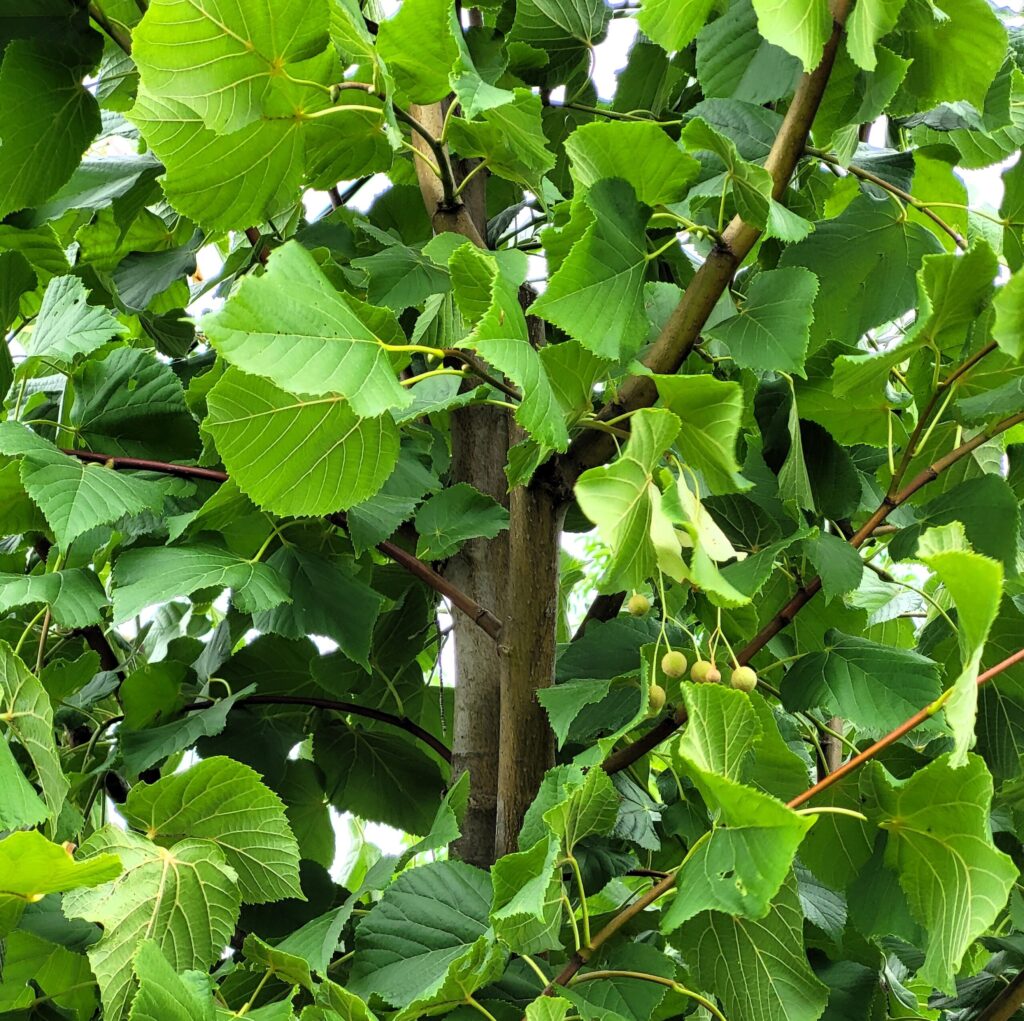
Realization
02 Na Průhoně Street
We are adding 73 trees to the section of the Na Průhoně road in the undeveloped area. The planting is represented by 66 royal walnut trees, 4 pear trees and 3 chestnut trees. The adjacent large blocks of fields are thus separated not only by the road, but also by the new green line planting.
These particular tree species were chosen for their harmony with the surrounding environment and landscape value. The royal walnut trees not only provide beautiful shade and are an ornamental feature of the area, but also serve as an important food source for local wildlife. Common pear trees, with their flowers and fruits, enrich biodiversity and support habitat diversity. Chestnut trees are not only ornamental trees, but their fruits, as the name suggests, are edible.
These trees play a key role in erosion control, retain water in the landscape and act as filters to improve air quality and microclimate. In addition, they increase biodiversity, which helps maintain the balance of the local ecosystem.
It is interesting to note that the royal hazel is native to Asia Minor and Central Asia and the Himalayas, but in Europe it has become a domesticated species with many uses. It is one of the most commonly cultivated trees in the world, not only for its walnuts, but also as an ornamental and shade tree and a honey-bearing plant.

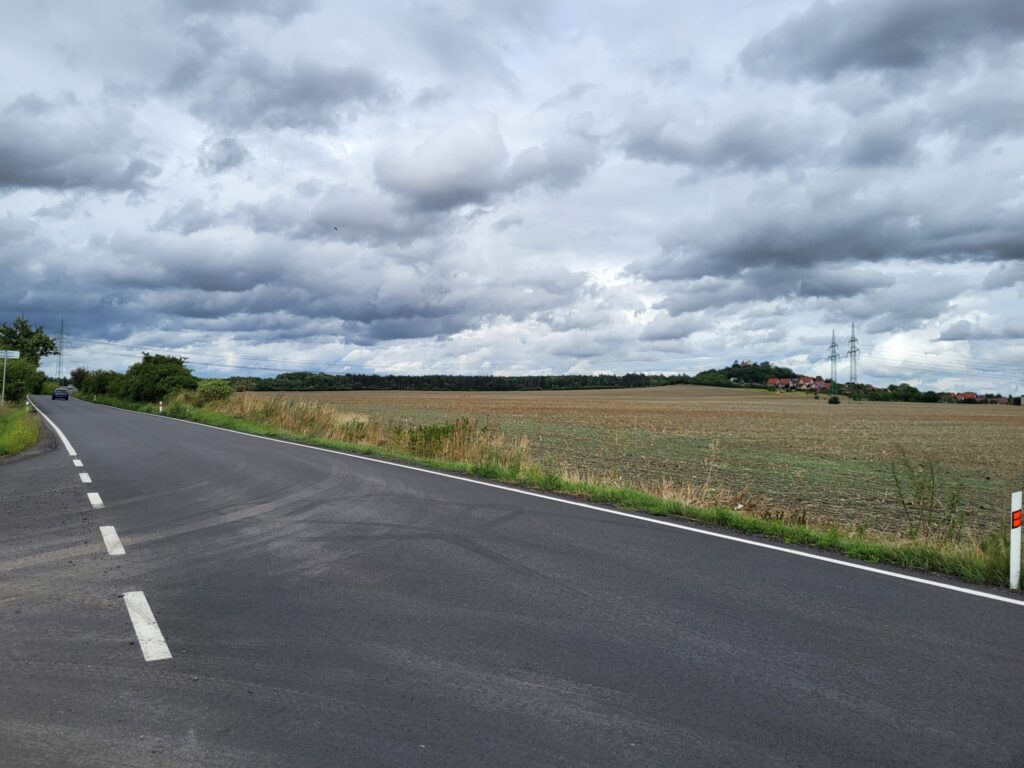
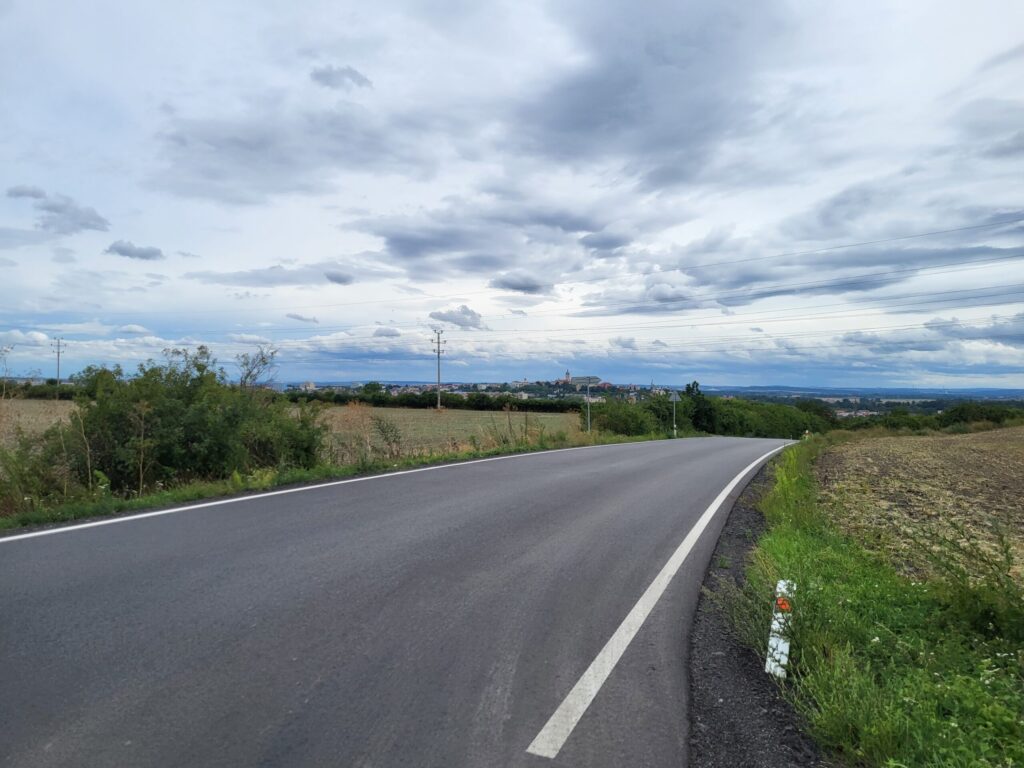

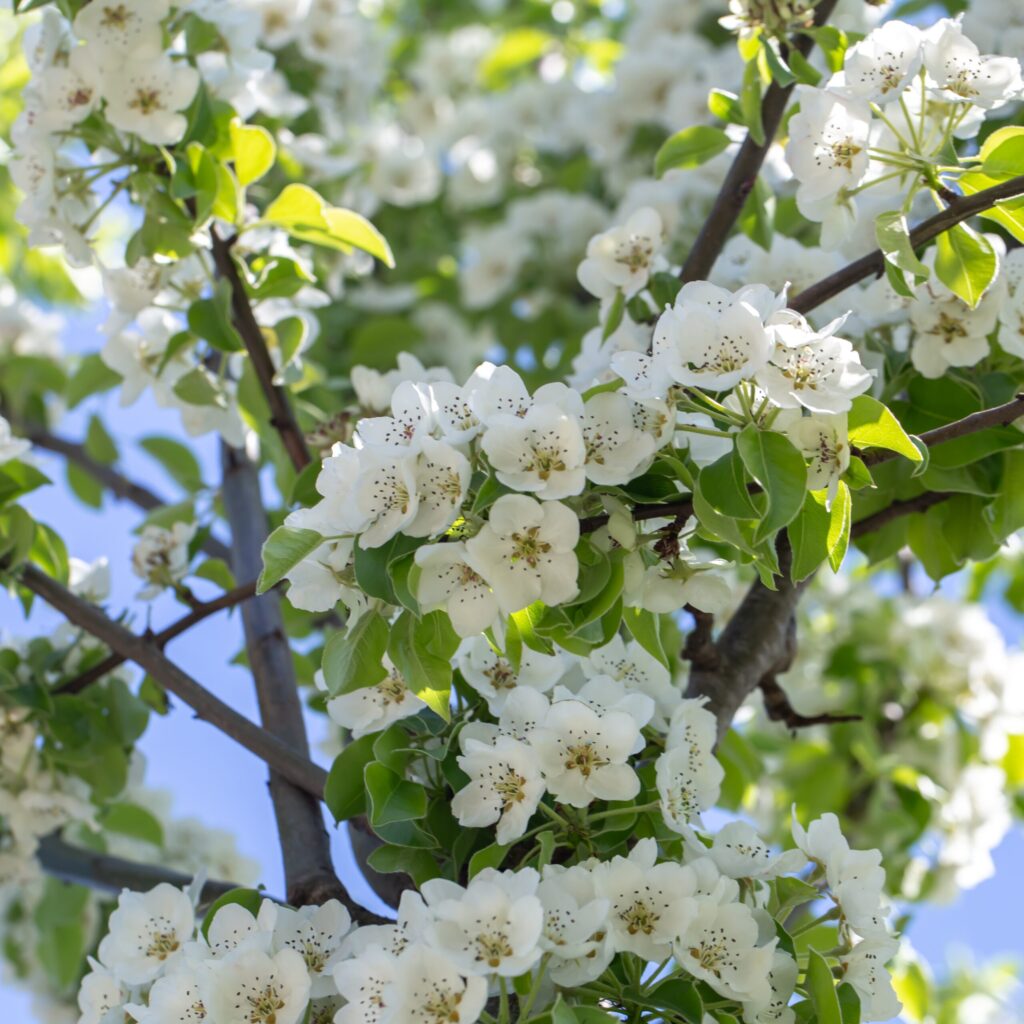
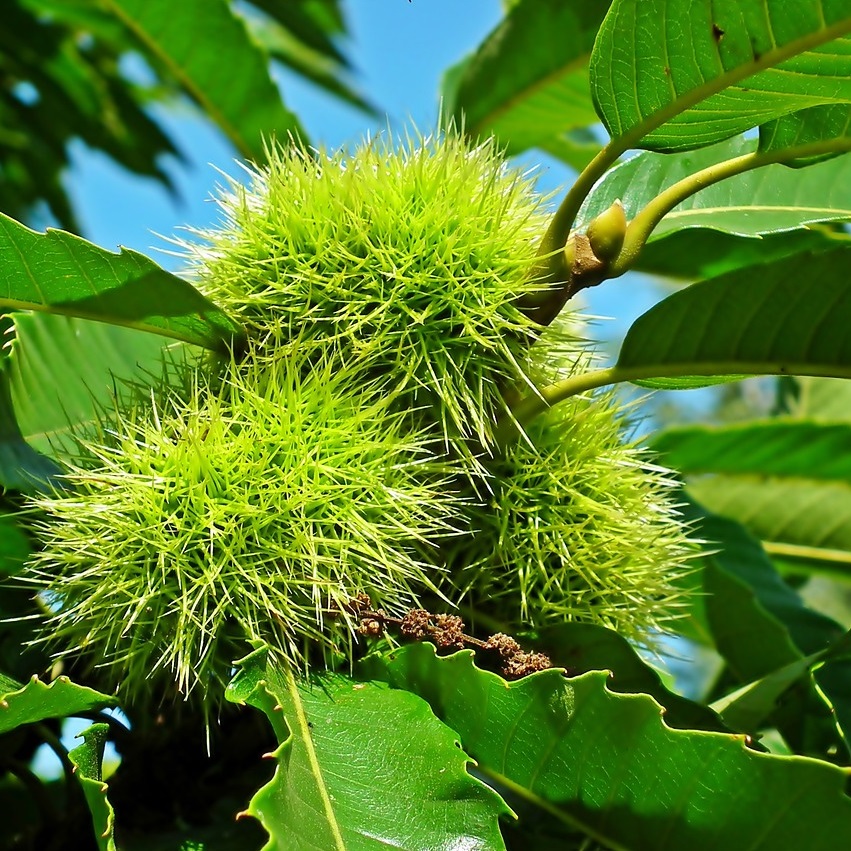
Realization
03 Chloumecká Street
Linear planting of 24 dogwood trees (Cornus) in the village extravilán. Cornus is a unique plant that is considered a true treasure in our region. Its unique characteristics have predestined it for the planting of our Chloumecka Street. What makes the dogwood so special? Its beautiful flowers and distinctive fruits, which are also edible, are a real treat for all of us. The fact that the dogwood is a legally protected tree species in the Czech Republic is a testament to its rarity and value to our nature.
The planting of these 24 dogwood trees is not just a random decision. We have lovingly and carefully selected this specific tree species to create a perfect symbiosis between the city and nature. The dogwood tree plantation not only gives Chloumecká Street a pleasant atmosphere, but also helps to protect the environment. Dogwood trees act as a great filter to improve air quality, which positively affects the health of our community residents.
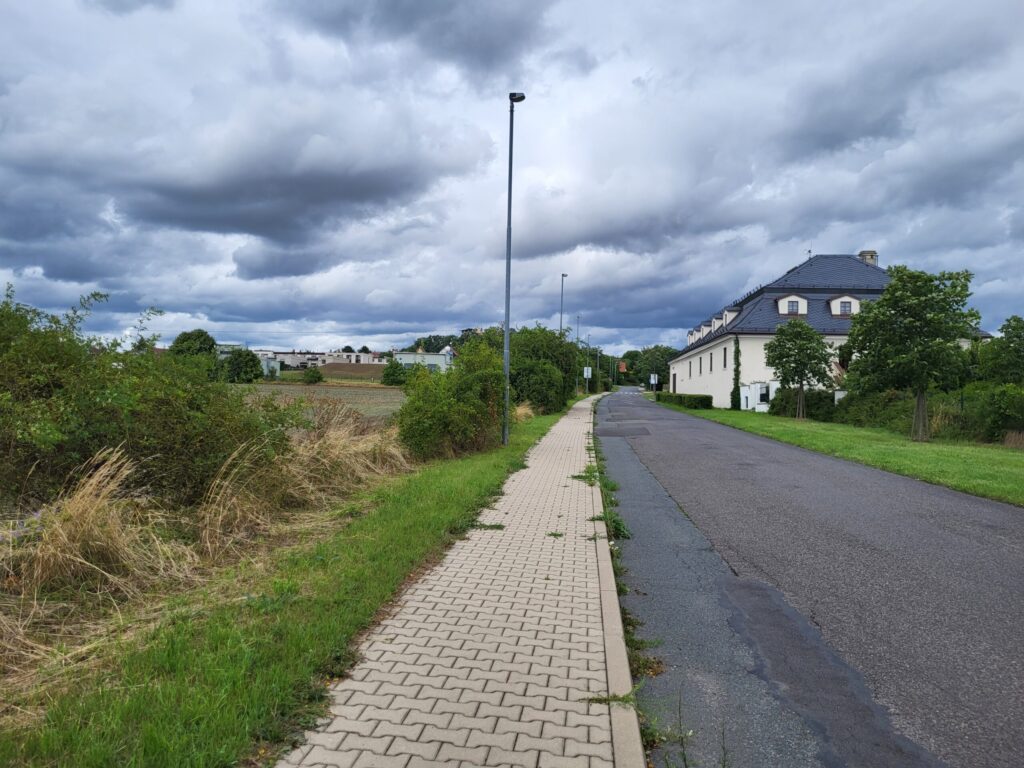
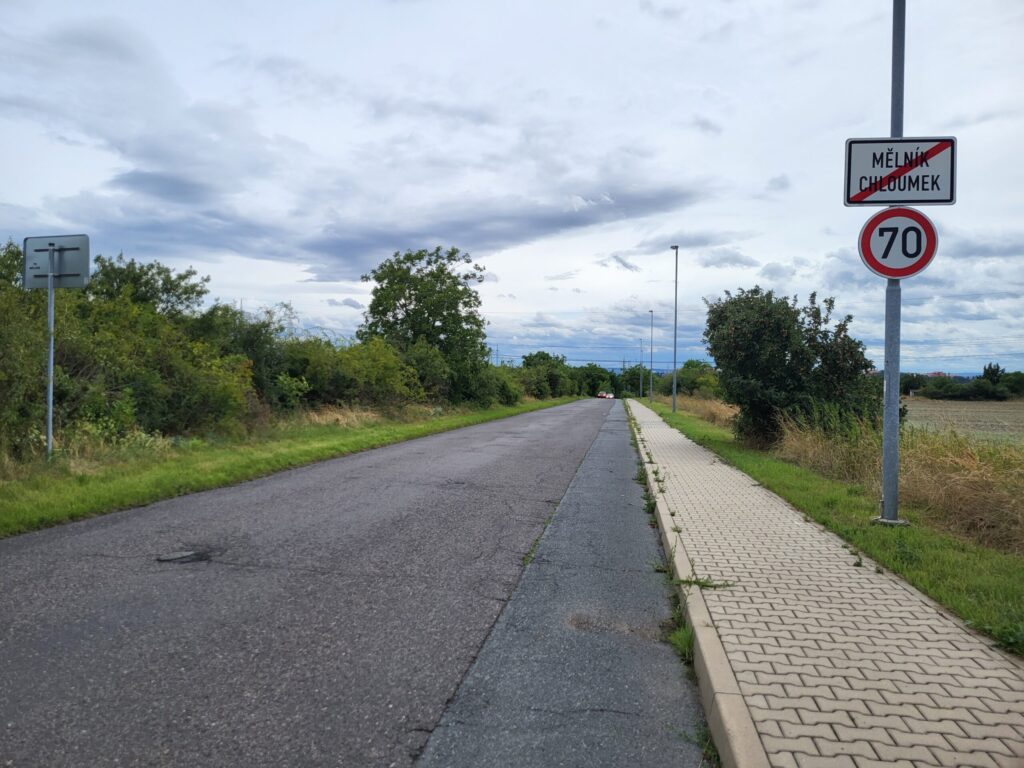
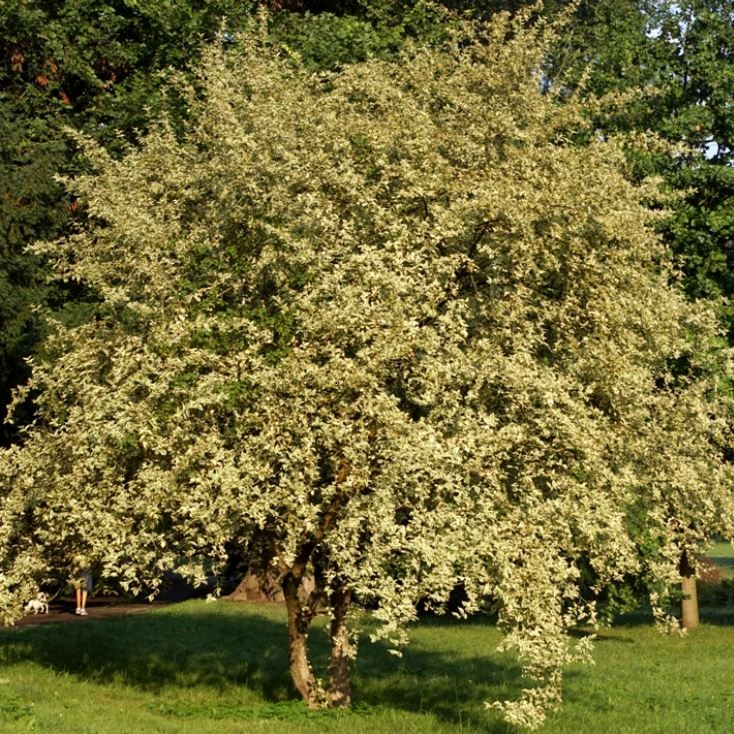

Realization
04 Pod Vrchem Street
The sharp slope between the houses and the driveway to the garages is getting a new, improved look. Instead of a patchy mix of trees, which some residents of the adjacent blocks of flats fear could fall, the new landmark is an elegant uniform planting of 18 lilac specimens.
This beautiful plant, which grows to a height of 6 to 7 metres, is very popular thanks to its beautiful flowers, pleasant scent and rich green leaves. The lilac is an ideal choice for this site not only for its aesthetic value but also for its ability to anchor the slope, thus ensuring stability of the terrain. In addition, it is a deciduous tree which, thanks to its abundant foliage, can create pleasant shade and insulation from the sun on hot summer days and, conversely, in the winter months it does not impede the passage of light and heat to adjacent houses.
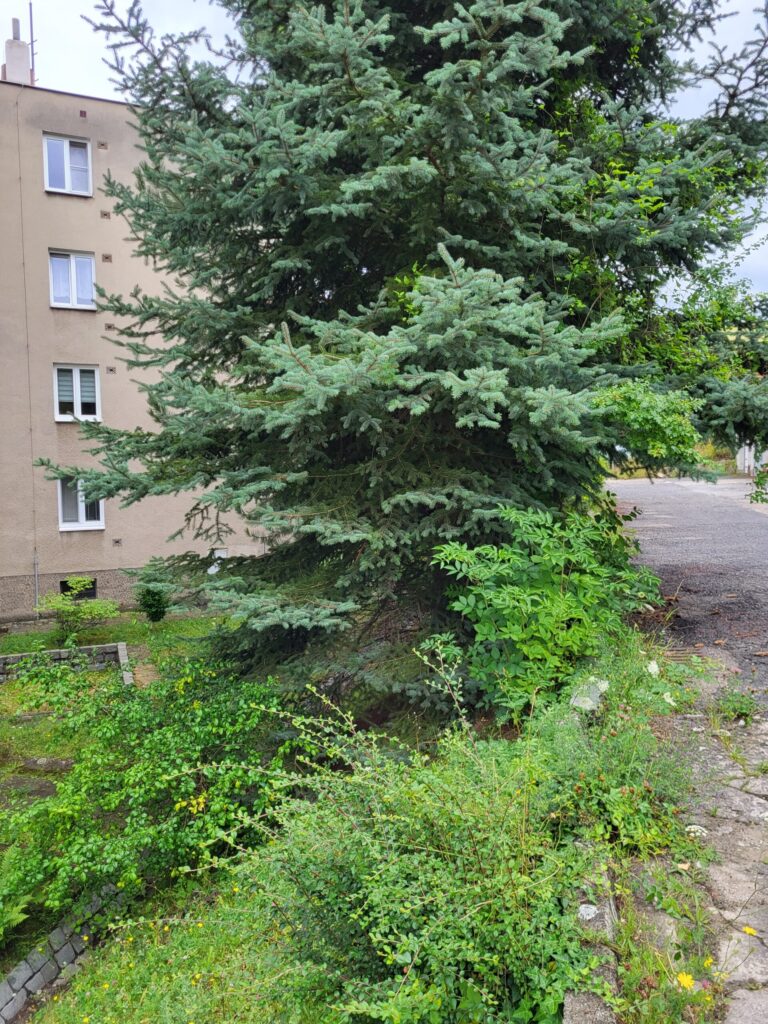


Realization
05 Na Ráji Street
Part of Na Ráji Street has been reconstructed. We can enjoy new pavements with ramps and flower beds. As part of our efforts to beautify the area, we are adding 14 elegant specimens of dogwood. As part of this new planting, we need to remove the old, already dead trees to make room for a new beautiful resident.
The dogwood, our chosen tree, is one of those plants that absolutely captivates us with its many qualities. Its bright yellow, blooming flowers are one of the first signs of spring and thus give Na Ráji Street an unforgettable atmosphere. Not only are these flowers pleasing to the eye, but they are also a valuable source of nectar for many beneficial pollinators such as bees and butterflies.
The planting of 14 dogwoods in the built-up area of our village brings us invaluable benefits. This green avenue helps to create a harmonious link between nature and the urban environment. Green elements in urban space are important not only for aesthetics but also for improving air quality and microclimate. Dogwood trees are also an effective means of reducing noise and shielding from sunlight, creating a more pleasant and comfortable environment for all residents.
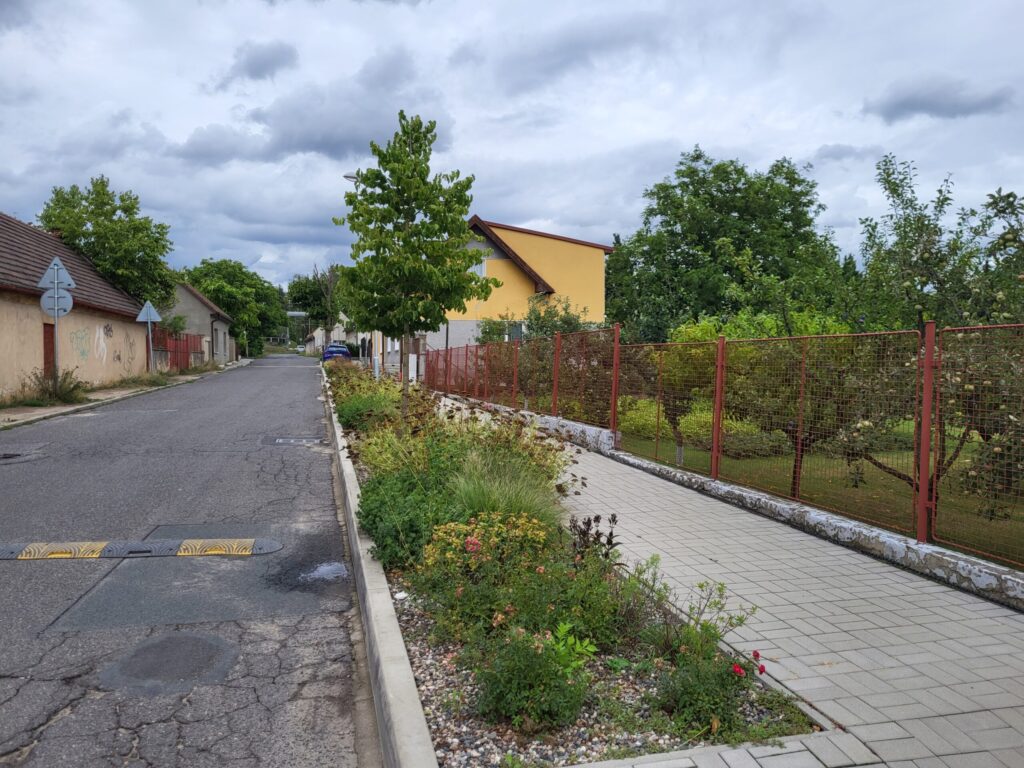
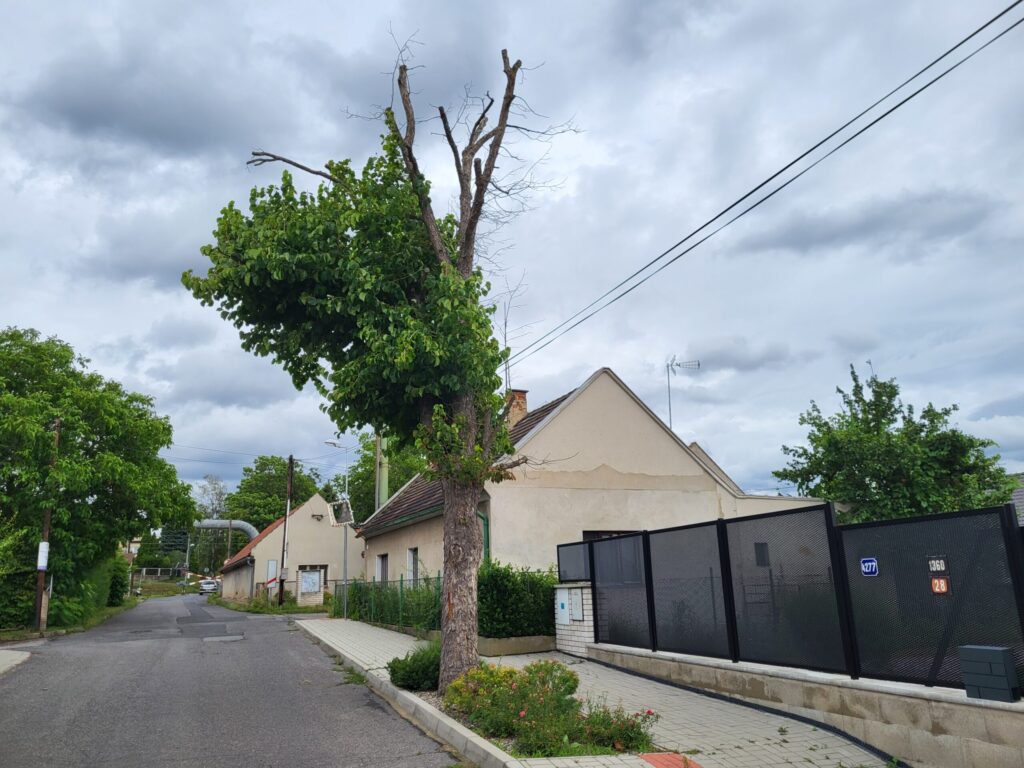


Realization
06 fruit alley Blata – Velký Borek
Our aim is to create a quality public space and improve the environment in the cadastral area of Mělník, along the dirt road towards the village of Velký Borek, by planting 80 specimens of various types of fruit trees. This varied collection includes the domestic apple tree, the bird cherry, the cherry tree, the domestic plum tree, the pear tree and the Oscherus crane.
The fruit tree planting site is situated in an undeveloped area surrounded by mainly arable land and vineyards. One of the main objectives of our planting is to improve air quality. However, our planting also enhances biodiversity and ecological stability, contributing to offset temperature extremes.
Traditional native fruit tree varieties not only create habitat for a variety of species, including insects, birds and small vertebrates, but also contribute to the richness of the landscape mosaic. These trees have the ability to retain water in the landscape and prevent erosion.
Overall, our fruit tree planting will be an important step towards creating a high quality and sustainable public space that will enrich us all and contribute to environmental protection.

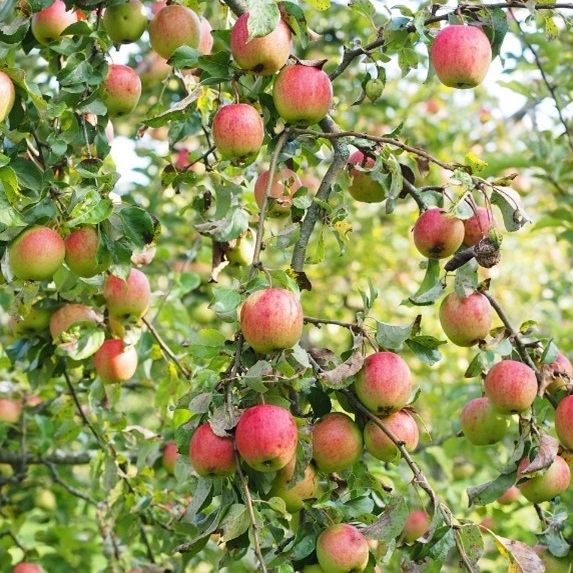
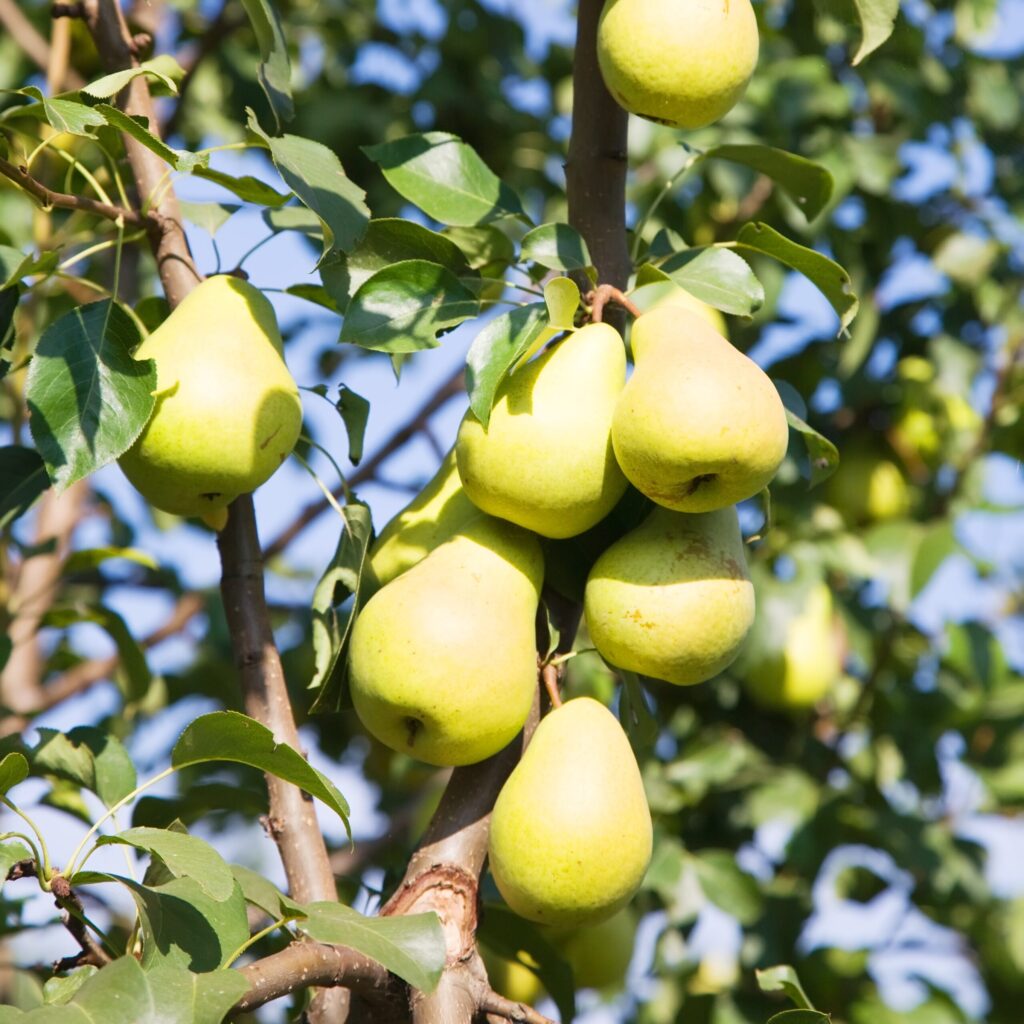
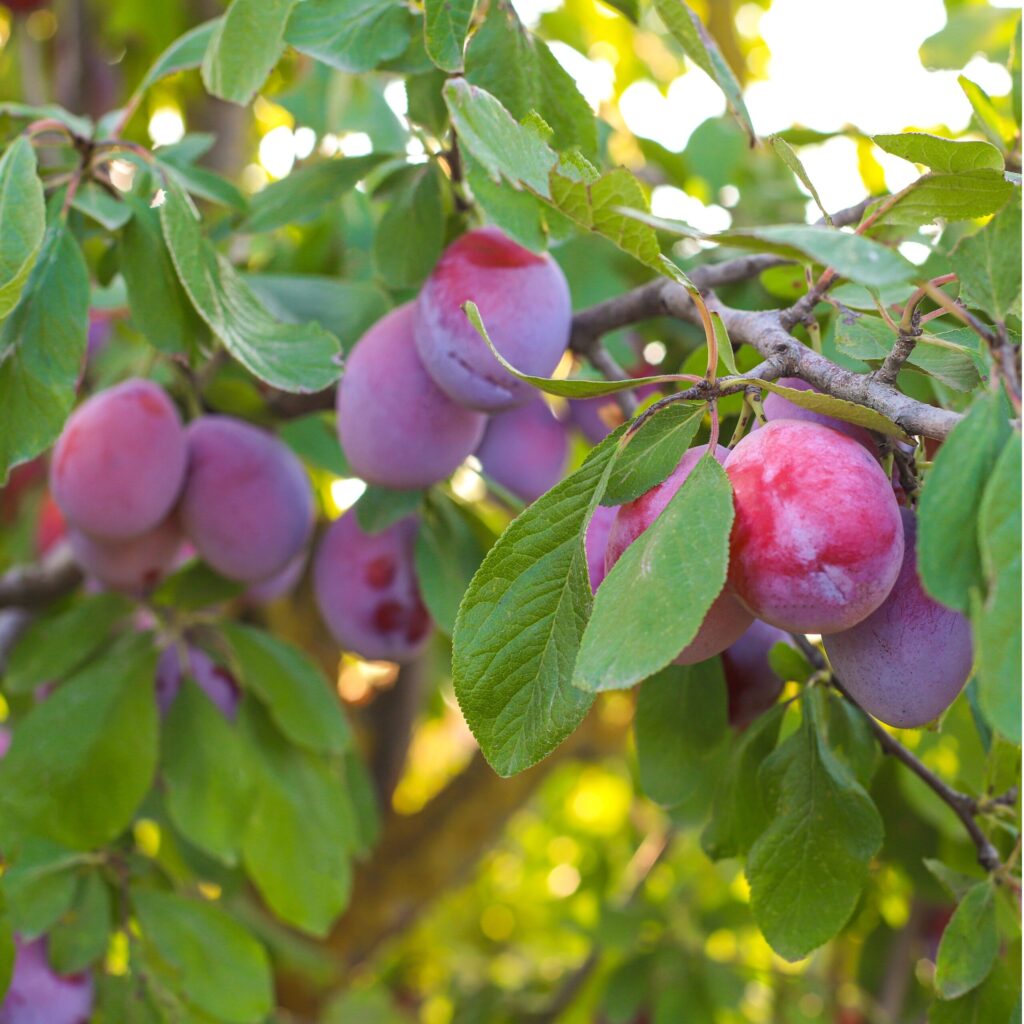
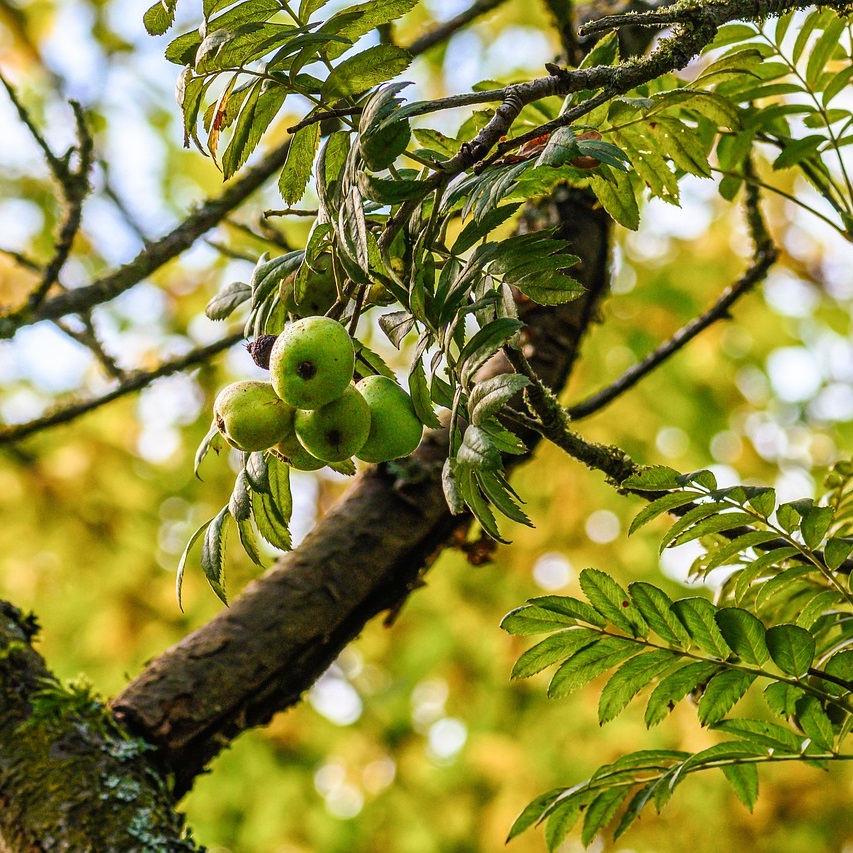
Realization
07 Smetanova Street
Revitalizing street plantings is a key step toward maintaining an attractive and aesthetically pleasing environment. The long-term goal of the green space restoration projects undertaken in our city is to strive to achieve a unified character in revitalized areas that mirrors the beauty and harmony of nature. With this aim in mind, we decided to plant 50 birch trees (Betula pendula) in Smetanova Street.
The birch trees are already partially present in the street and create a pleasant shade that does not restrict the passage of light. Their presence also adds appropriately to the character of the buildings and architecture of the site.
The whole revitalisation is taking place in two steps. Firstly, the old birch trees, which are at risk of withering and falling, which could endanger property and the safety of citizens, must be removed. At the same time, we are removing other trees that do not match the chosen uniform style and show various deformations due to years of improper care.
By taking this step, we are working to improve and enhance the beauty of our city and ensure that Smetana Street will be a harmonious and welcoming place for all residents and visitors. Your support in this project is important and together we will create an environment that we can all be proud of.
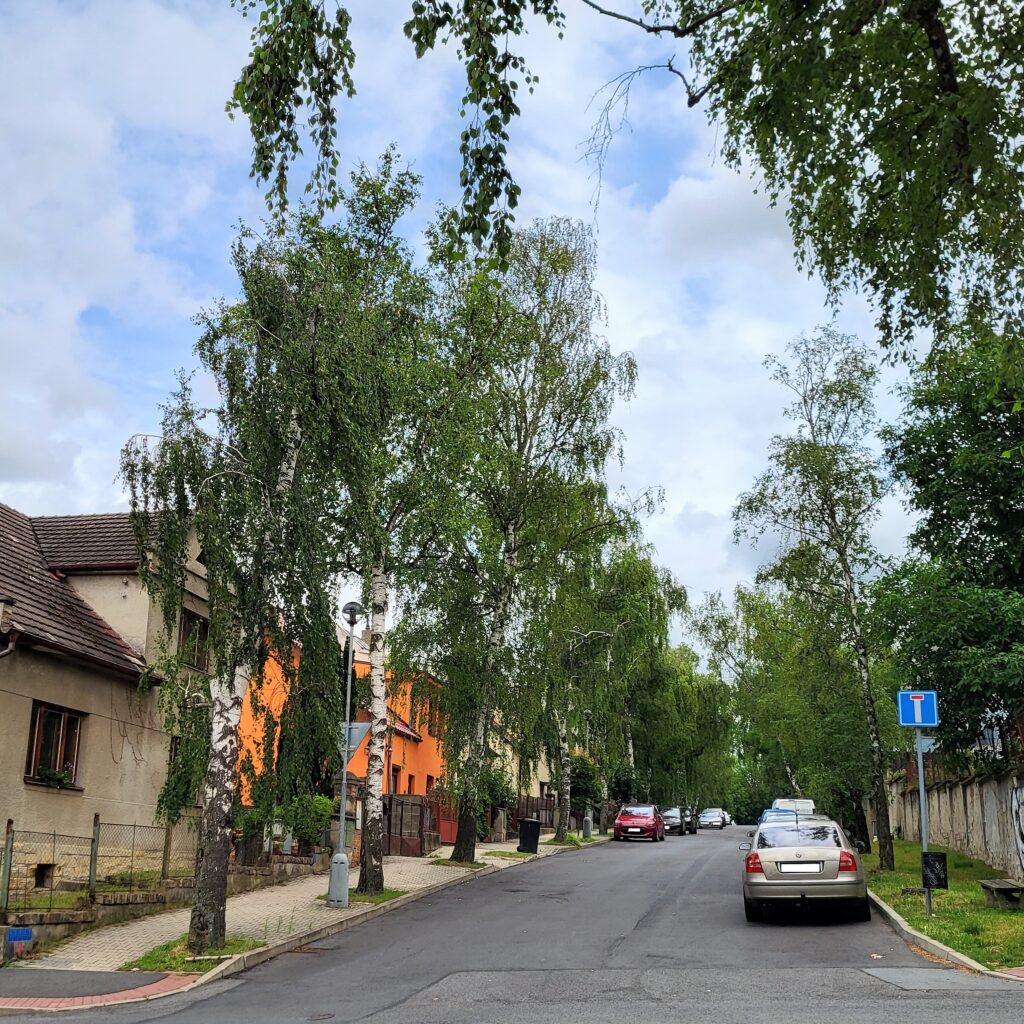

Realization
08 K Mostu Street
The street that winds under the very heart of Mělník offers a beautiful view of the confluence of the Elbe and Vltava rivers, along with the landscape on the opposite bank, making it a popular route for locals and visitors alike. We decided to enrich this picturesque street with twelve almond trees (Prunus amygdalus).
Native to areas from Asia Minor to Iran and Afghanistan, the almond tree has spread its influence east to China and west to the Mediterranean. It is now cultivated in climatically suitable areas throughout the world. It was first cultivated in the 17th century in southern Moravia. In the past, it was also found in Bohemia, especially in the Bohemian Central Highlands and the Polabí region.
The almond tree is a tree that has adapted well to urban conditions. Its enchanting flowers, which unfold in full glory at the beginning of spring, attract the attention of pedestrians and cyclists, who can walk along this street accompanied by flowering trees. In addition, the almond trees are deciduous, so that in autumn the leaves take on beautiful shades of red to orange, which adds an extra aesthetic dimension to K Mostu Street and enlivens the whole surrounding area.


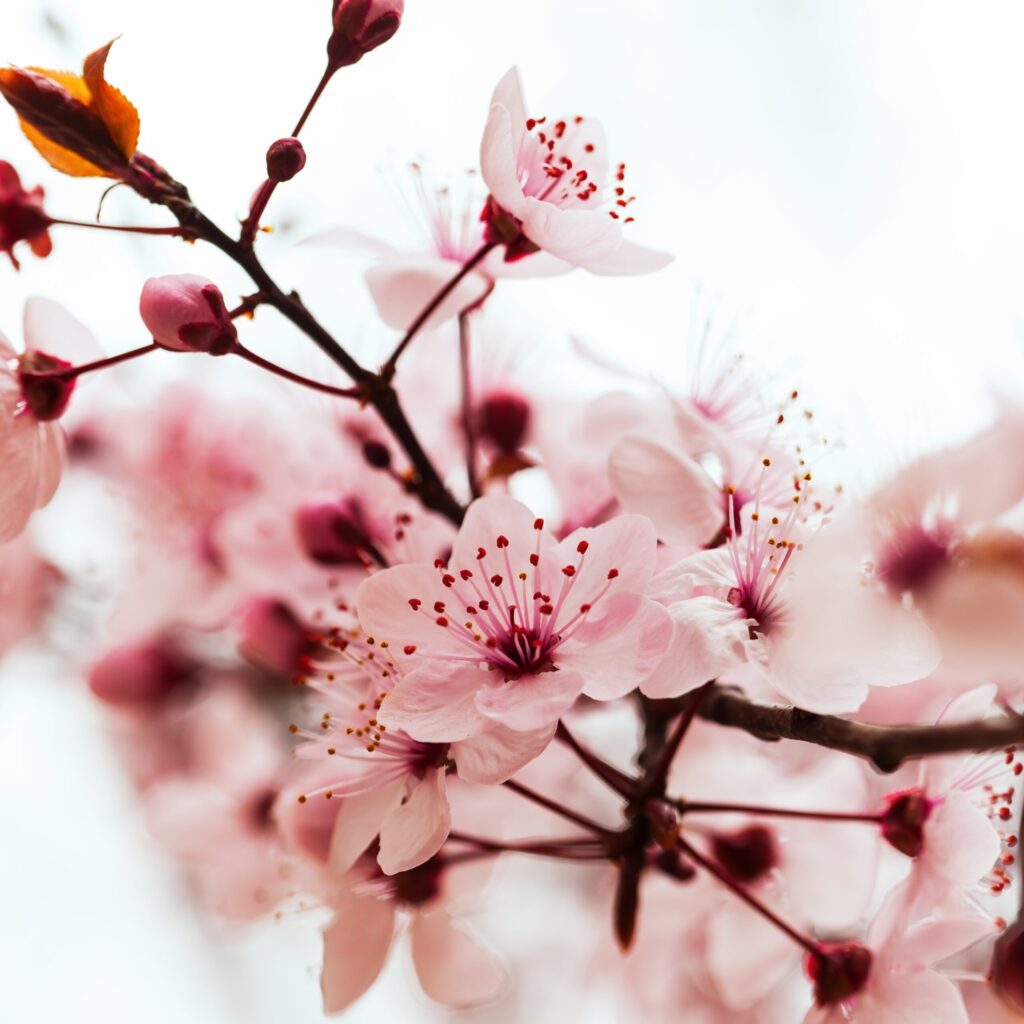
Realization
09 Pražská Street
A matter of our priority concern is to green and brighten up some of the exposed streets in our town centre that suffer from a lack of green features. Unfortunately, due to existing utilities and development, it is not possible to do conventional tree planting directly into the ground. In these challenging conditions, we worked with the Department of Historic Preservation and an experienced landscape architect to find the optimal solution – we decided to use large format planters.
The large format planters we chose provide us with a wide range of options for long-term and successful planting. Thanks to them, we are able to plant suitable tree species that are resistant to the extreme temperature differences typical of urban environments. This ensures that our green features remain beautiful, vital and aesthetically appealing even in the most challenging conditions.
On Pražská Street, from the intersection with Jiráskova Street to Macharova Street, we have chosen to plant 7 trees of the Ruj Cotinus „Young Lady“ and 35 rose bushes Rosa „The Fairy“.
The variety Ruj Cotinus cog. ‚Young Lady‘ is exceptional for its inflorescences, which resemble hairy heads that bloom in early summer. For this reason it is also known as the smoke tree, as the inflorescences give the impression of puffs of smoke. This variety is the perfect complement for the site and guarantees a beautiful flowering scenery.
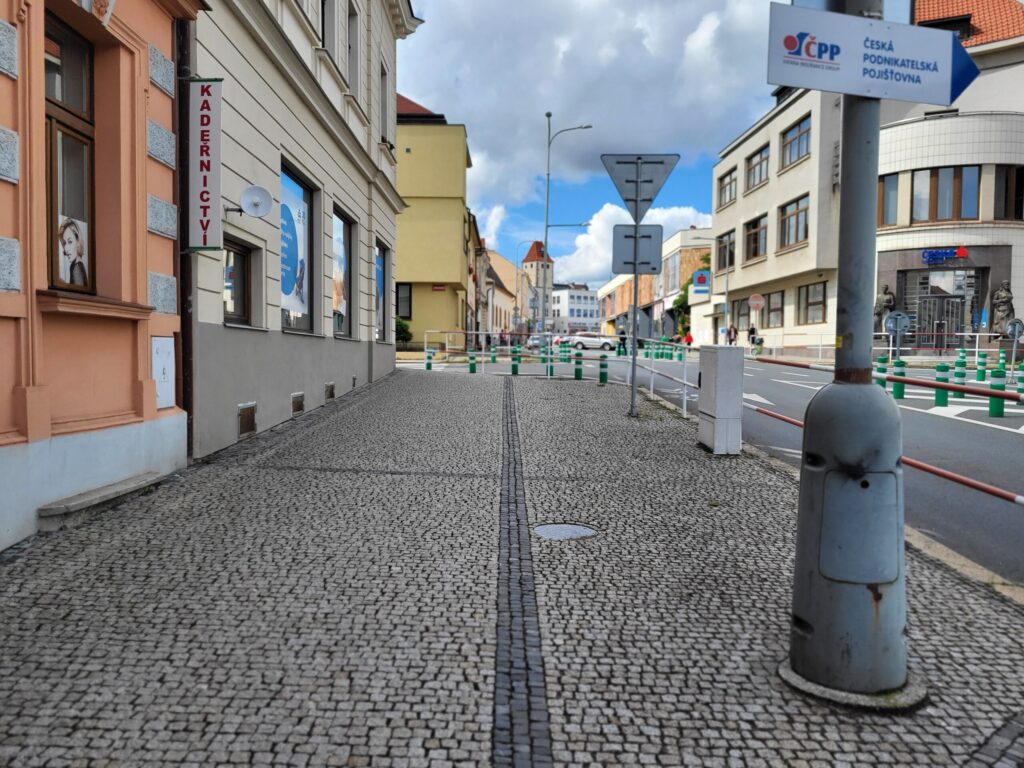
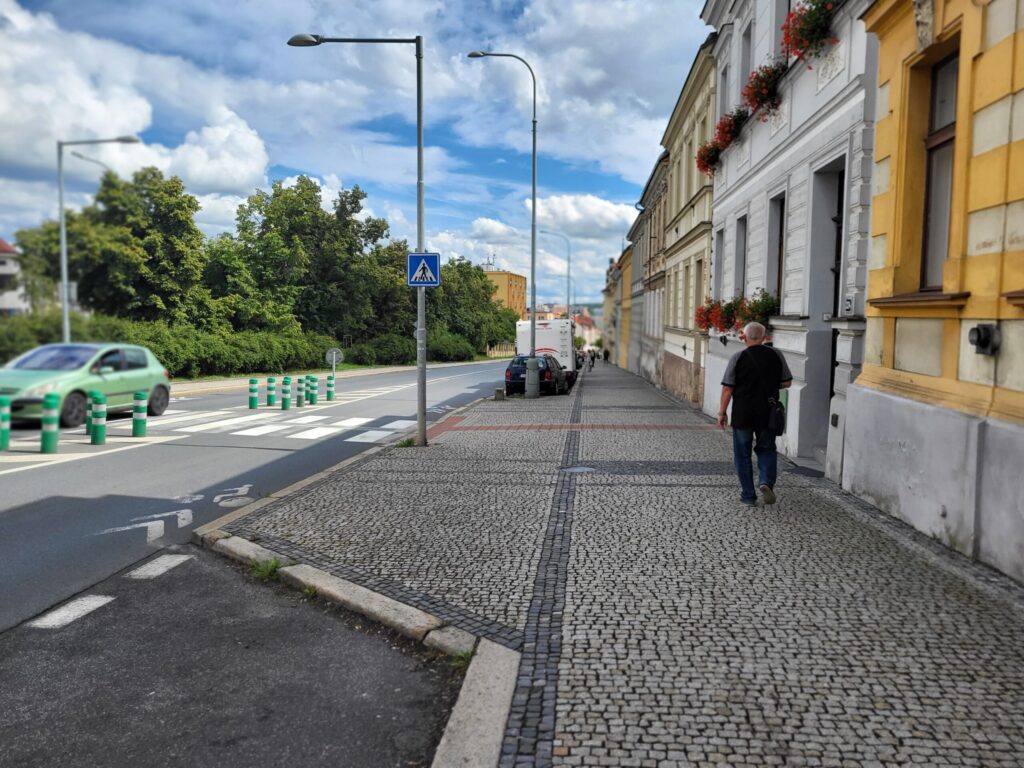
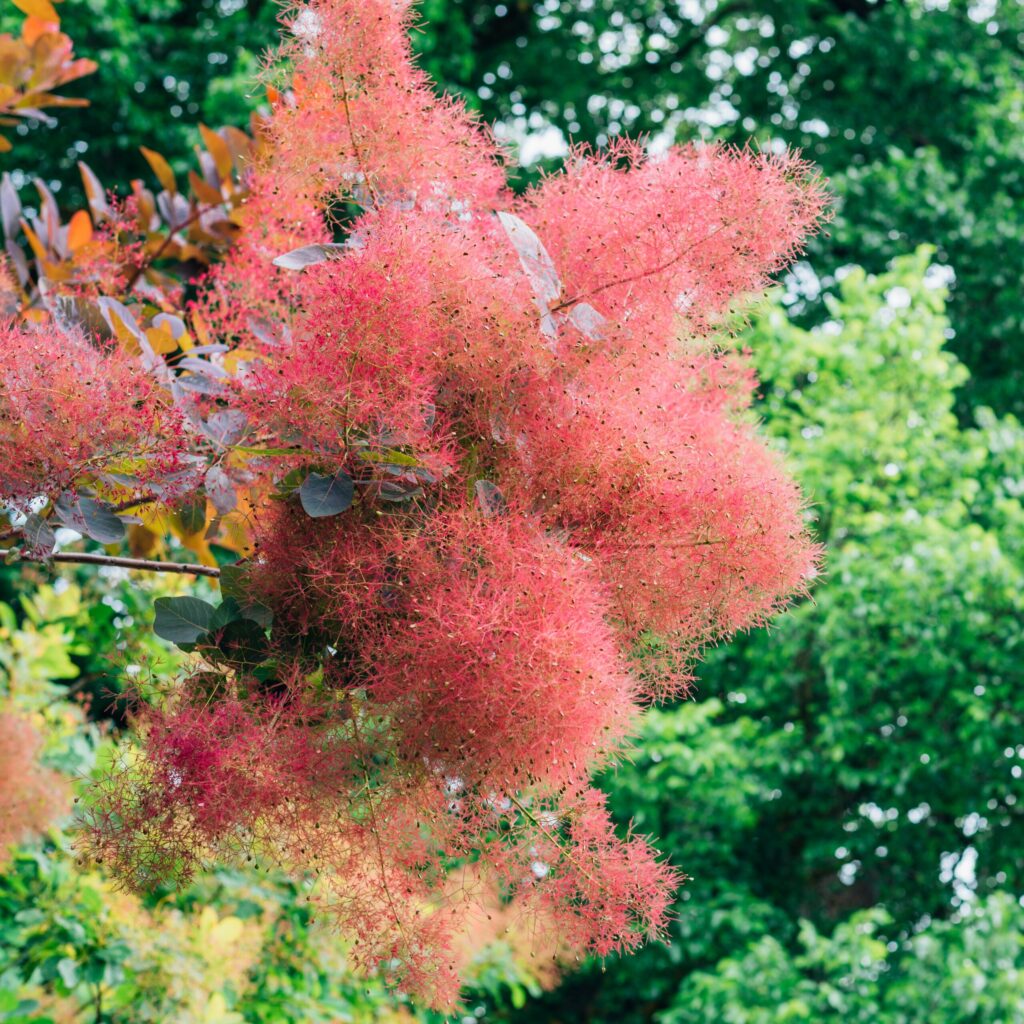
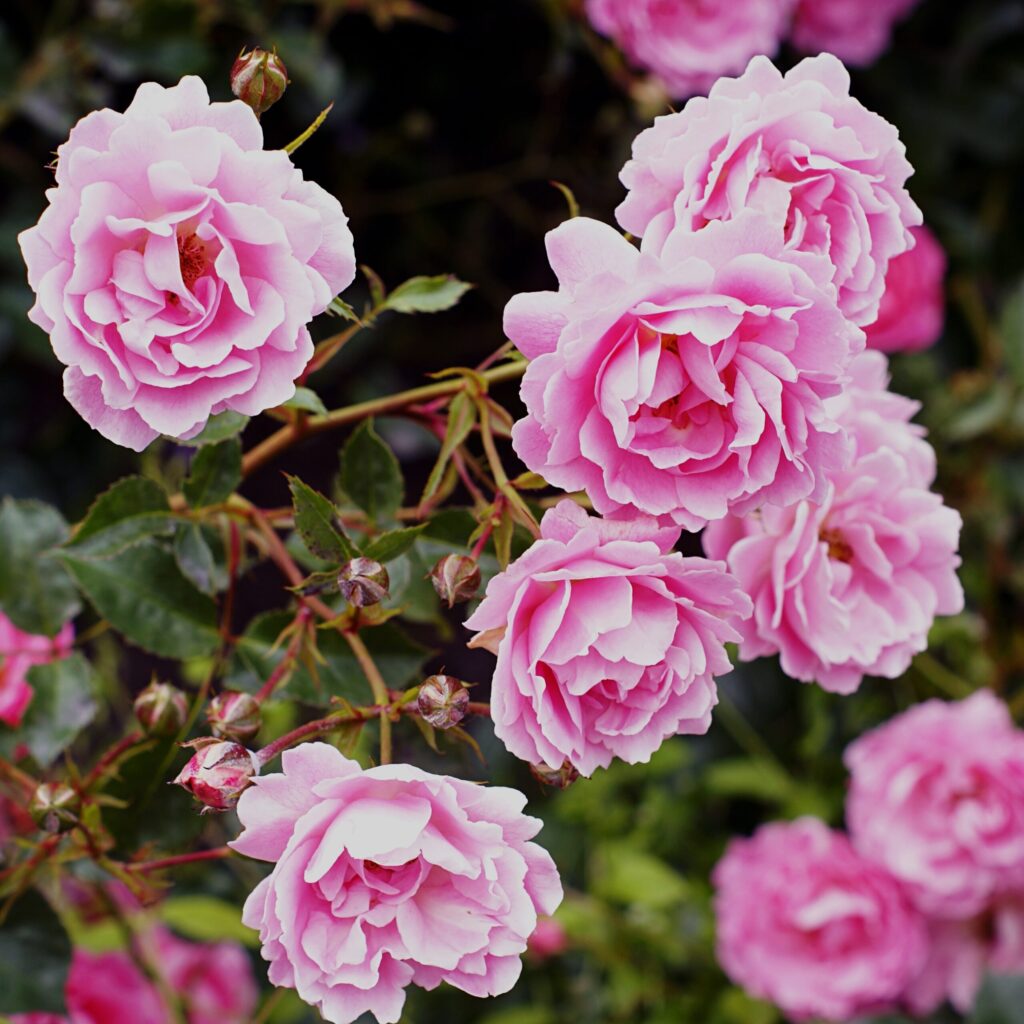
Realization
10 Krombholcova a Fibichova Street
A matter of our priority concern is to green and brighten up some of the exposed streets in our town centre that suffer from a lack of green features. Unfortunately, due to existing utilities and development, it is not possible to do conventional tree planting directly into the ground. In these challenging conditions, we worked with the Department of Historic Preservation and an experienced landscape architect to find the optimal solution – we decided to use large format planters.
The large format planters we chose provide us with a wide range of options for long-term and successful planting. Thanks to them, we are able to plant suitable tree species that are resistant to the extreme temperature differences typical of urban environments. This ensures that our green features remain beautiful, vital and aesthetically appealing even in the most challenging conditions.
Plants placed in large-format planters have similar cleansing effects to their counterparts planted directly in the ground. The leaves of the potted plants trap and hold harmful substances and impurities found in the air. This is especially important in densely populated urban areas like our streets.
Another benefit of greenery in large planters is the reduction of noise levels. Plants act as natural sound barriers and absorb some of the sound from the surrounding area, helping to create a quieter and more pleasant environment for residents.
The greenery in the planters also contributes to balancing the microclimate of urban areas. It creates shade, which lowers surface temperatures and thus helps to reduce the ‚urban heat island‘ effect, whereby urban centres warm up faster than surrounding rural areas.
In addition to its ecological benefits, greenery in large-scale planters has aesthetic value. It creates green architecture that enlivens and beautifies the urban space.
All in all, it can be concluded that greenery in large format planters brings significant benefits to the urban environment and to us, the inhabitants. Its ability to clean the air, reduce noise and regulate the microclimate is an important step towards creating more sustainable and pleasant urban environments in which we want to live and develop.
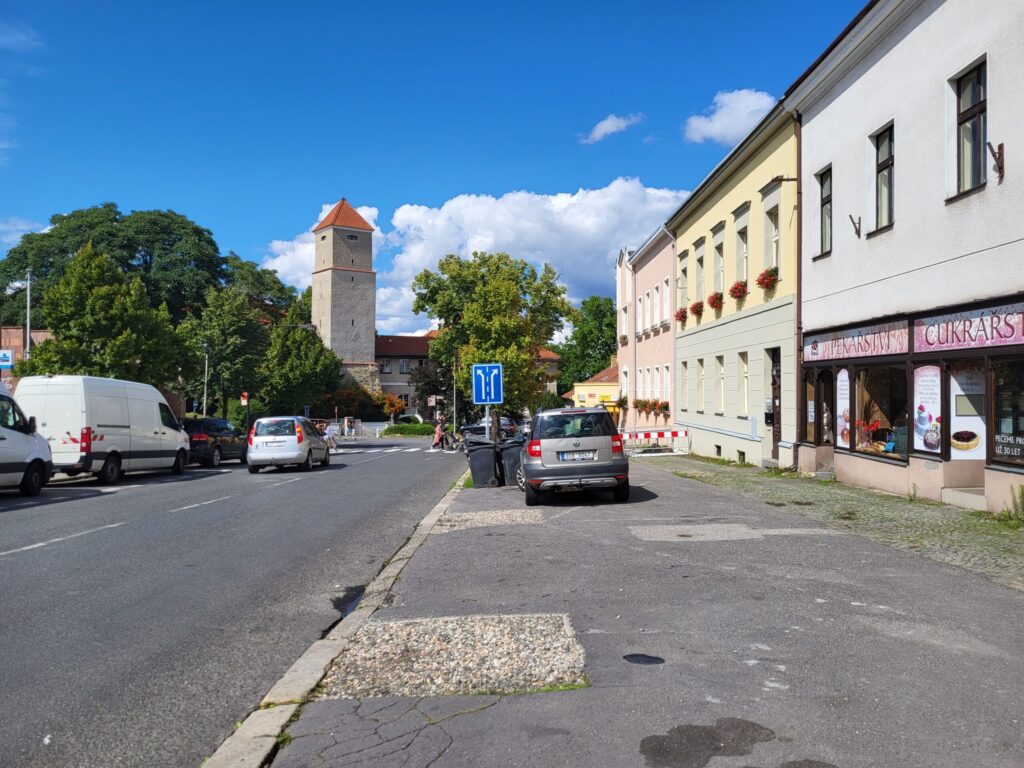
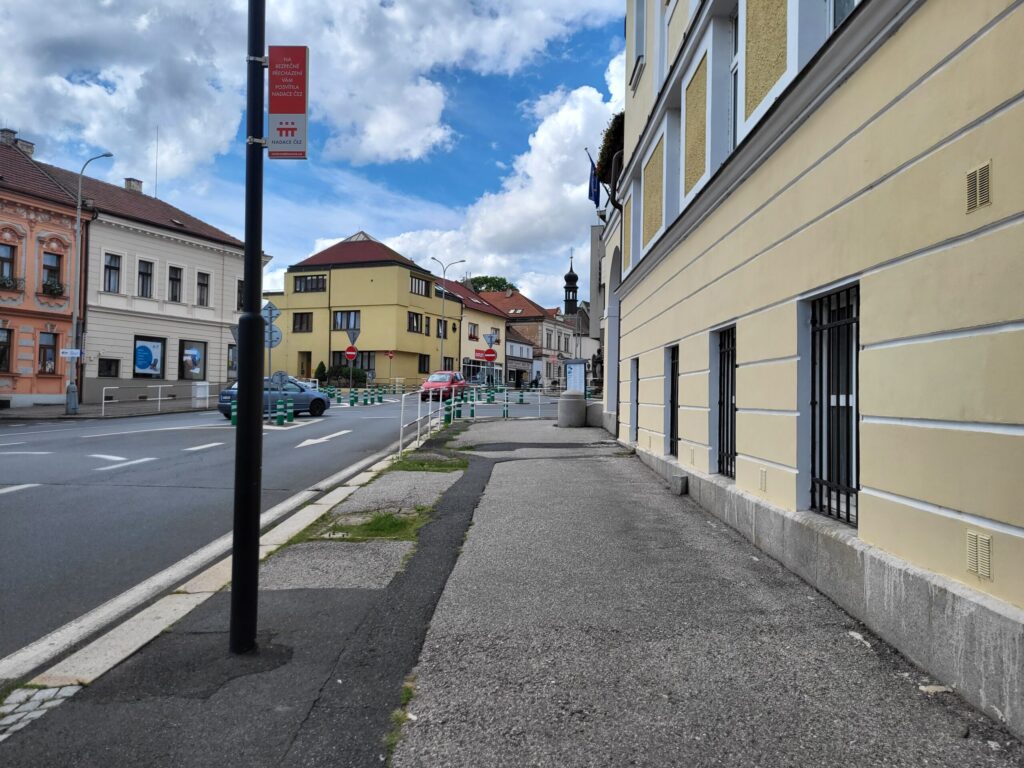


Realization
11 park Brabčov
We decided to plant 80 trees in the newly created park in the Brabčov district to promote the beauty of the area and contribute to the diversity and biodiversity of the park environment. Our main goal is to maintain harmony with the surrounding landscape and respect local conditions. Therefore, we have carefully selected trees that fit in with the overall concept of this exceptional space, while being perfectly adapted to the local climate and soil conditions.
At the top of the list are the beautiful birch trees (Betula pendula) with their neat white bark and delicately hanging leaves. Birch trees symbolise strength and renewal, whether with their charming appearance in winter or their lush green leaves in spring.
Next are the oak trees (Quercus robur), which are a symbol of permanence and stability. The oak is a highly valued tree in our landscape, providing shelter for many species of animals.
Our park also has lime trees (Tilia x europea) with their beautiful and fragrant flowers, which are a favourite place for bees and other pollinators. The linden tree also has cultural significance as it was often planted in the past near churches and public places for its symbolism of unity and peace.
We have also tried to include fruit trees in our park. Apple trees (Malus sylvestris) bring sweet apples, cherry trees (Prunus avium) decorate the park with their flowers and red fruit and dogwoods (Cornus mas) with their red fruit and decorative appearance.
There are also pears (Pyrus), apricots (Prunus armeniaca), mespilus (Mespilus germanicus) and cranberries (Sorbus domestica). Plums (Prunus domestica) and cherries (Prunus avium) complete our fruit collection and enrich the landscape with their colourful fruits.
And finally, we have not forgotten the two cherry trees (Prunus), which brighten up the park with their flowers and remind us of the beauty of spring.
We believe that Brabčov Park will become a popular destination where everyone will find their favourite place and will be able to relax and admire the beauty of this area and the fantastic views of the surrounding landscape.



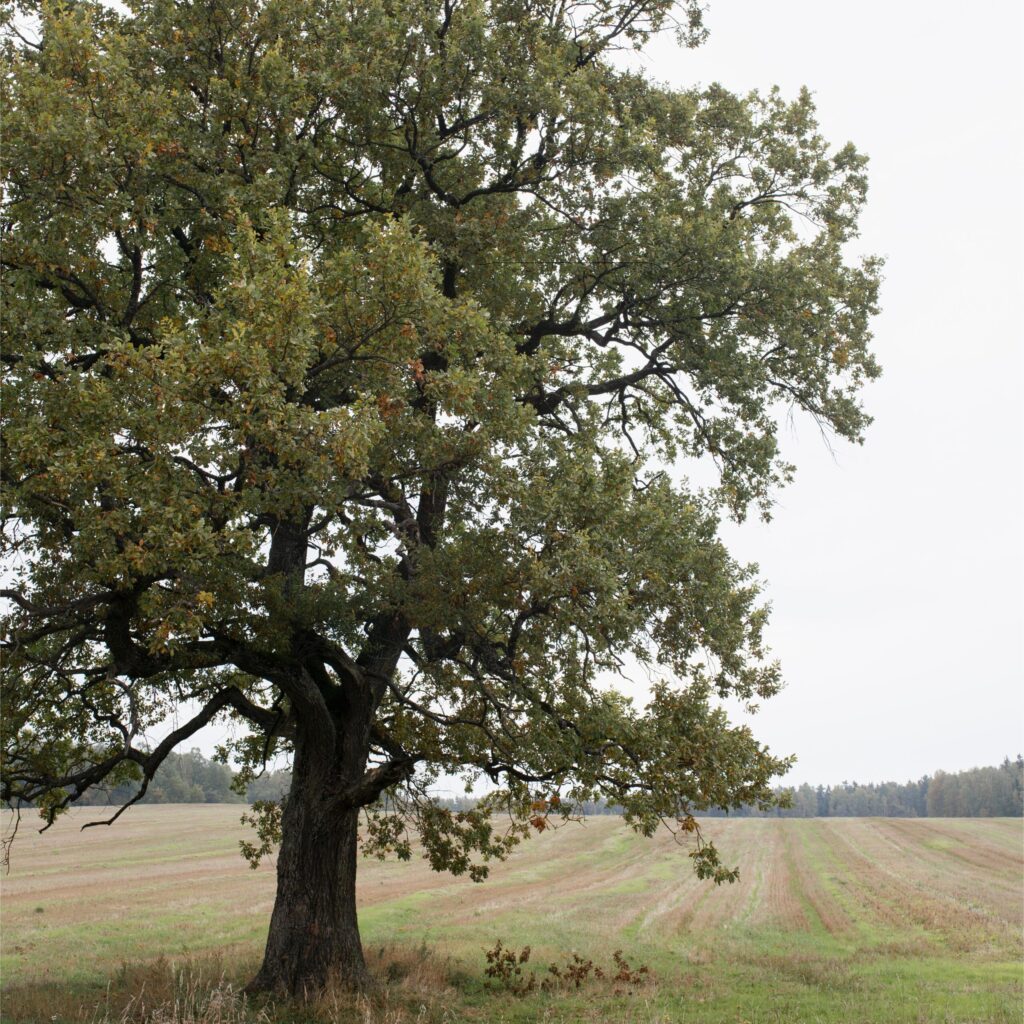





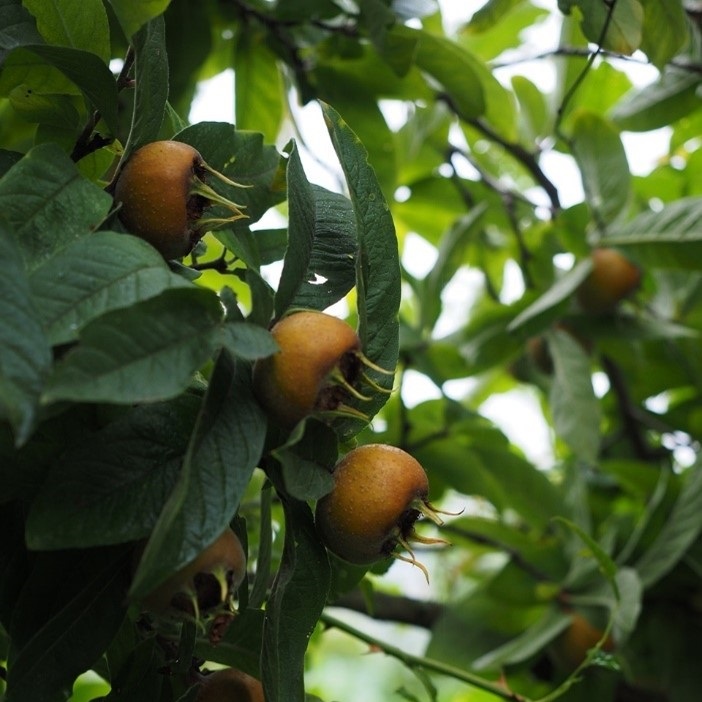


Realization
12 fruit orchard Na Ráji
If you take Na Ráji Street out of town, after a pleasant 20-minute walk you will arrive at the local cemetery. On the northeast side of the adjacent overgrown area, a unique opportunity for revitalization presented itself. The first step was the careful pruning of old and dry trees to make the site ready for new planting.
In total, we planted 84 trees and 103 shrubs, creating a diversity of plants with different colors and shapes. This mix of fruit trees and ornamental shrubs adds to the diversity and aesthetic experience of the site.
The summer apple trees (Malus domestica) stand out on our planting list, delighting us with sweet and juicy fruits in early summer. These varieties of apple trees are popular for their tastiness and wide range of uses.
Pear trees (Pyrus communis ssp.) add their sweet and juicy pears to the fruit mix of this orchard, prized for their flavor and versatility.
For a more exotic touch in the orchard, we have included mulberries (Morus ssp.), whose fruits are delicious and rich in vitamins. The almond tree (Prunus amygdalus) charms with its flowers and offers delicious almonds. Hazelnuts (Corylus avellana ssp.) are a traditional part of our orchards, thanks to their nuts.
Cranberries (Sorbus aucuparia) form a distinctive and attractive part of the orchard with their red berries and elegant leaves. The dogwoods (Cornus mas) add a new dimension to Na Ráji Park with their distinctive yellow fruit. The sloes (Prunus spinosa) are ornamental shrubs with white flowers and fruits that can be used to make sloe berries or jam.
We have also included the Sorbus domestica, a rare variety in our region with small orange fruits with many uses.
Last on the list is the Gallic rose (Rosa gallica), which was chosen for its beautiful flowers and romantic scent.
The result of our work is the newly revitalised Na Ráji orchard, which serves as a unique place for walks and relaxation. It also contributes to the protection of biodiversity and the aesthetic beautification of this landscape space. The Na Ráji Park has a key impact on air purity and the local microclimate, bringing ecological and health benefits to its surroundings.
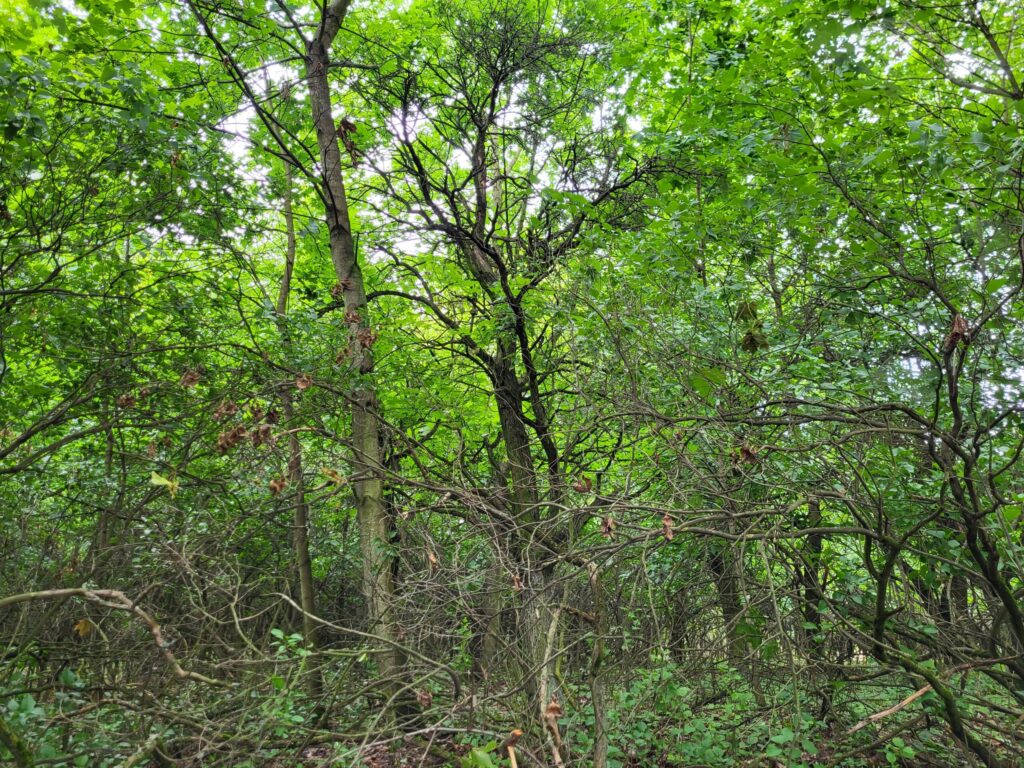
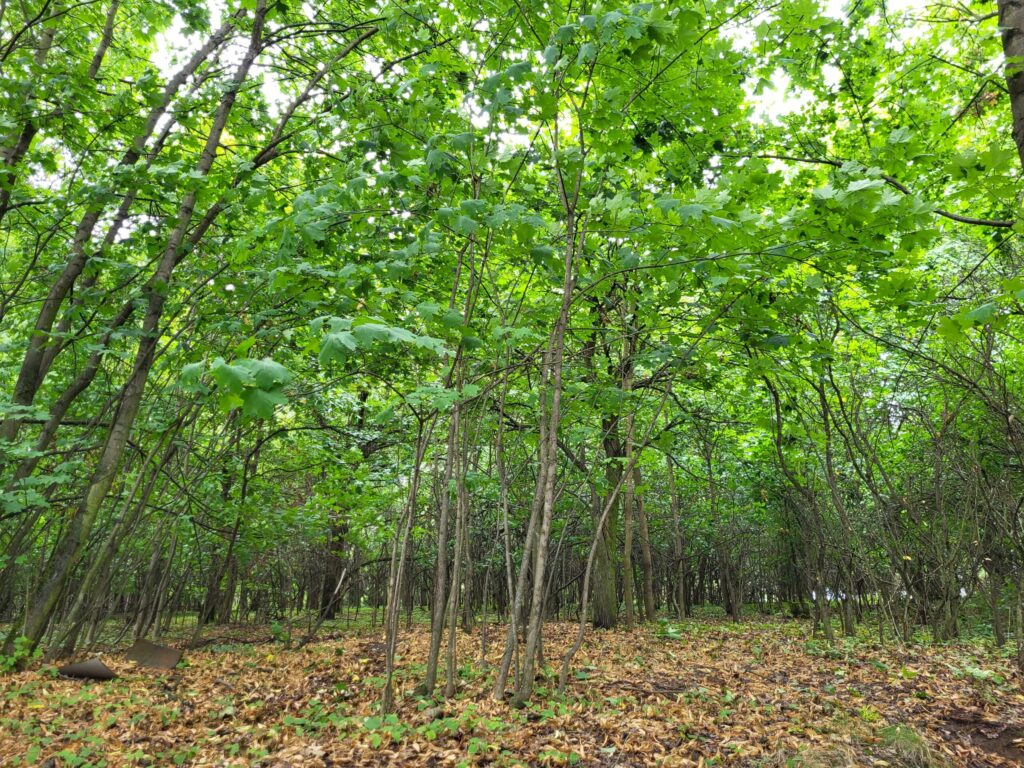
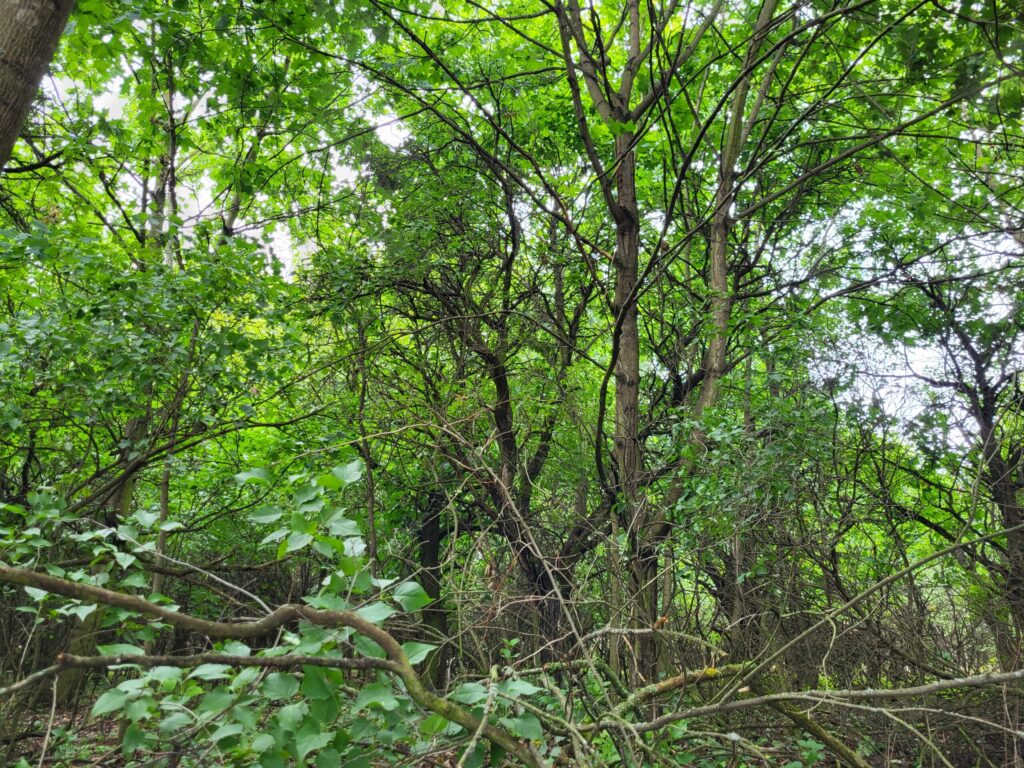


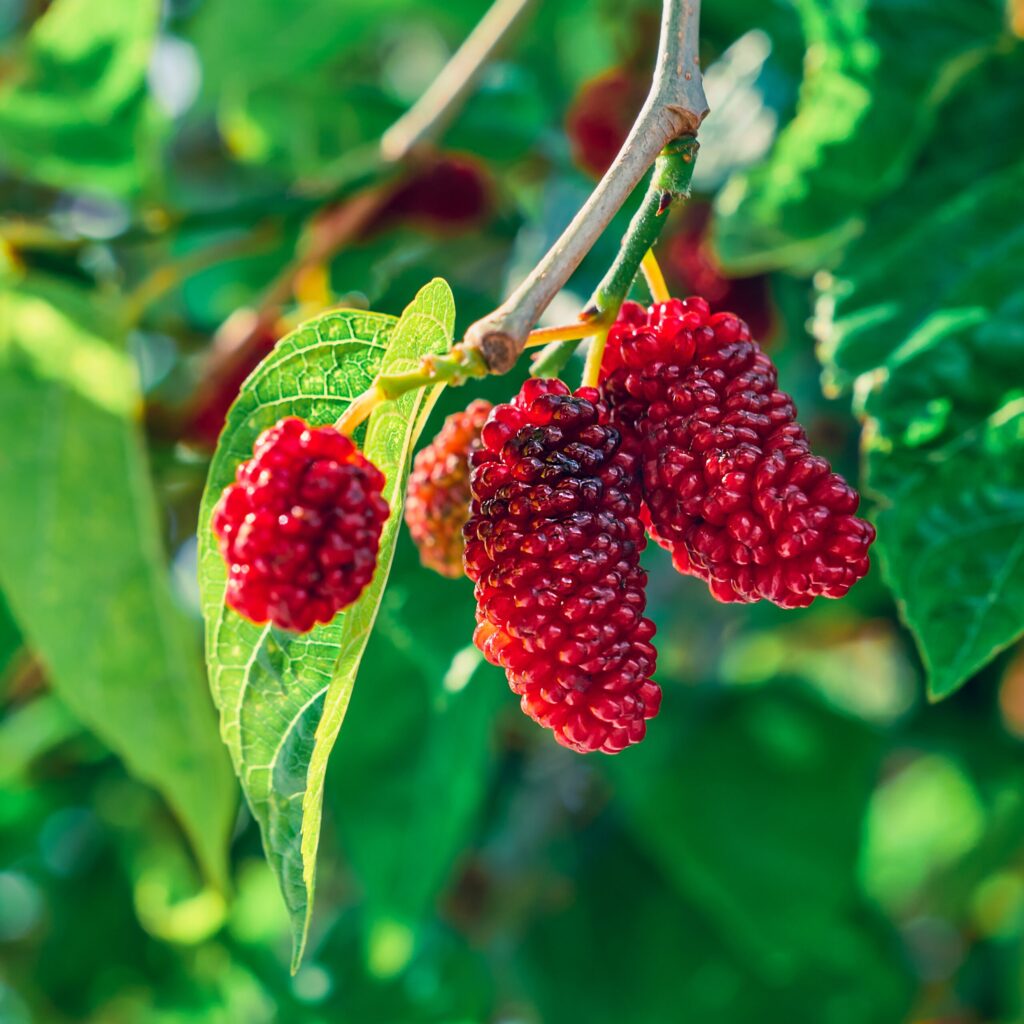

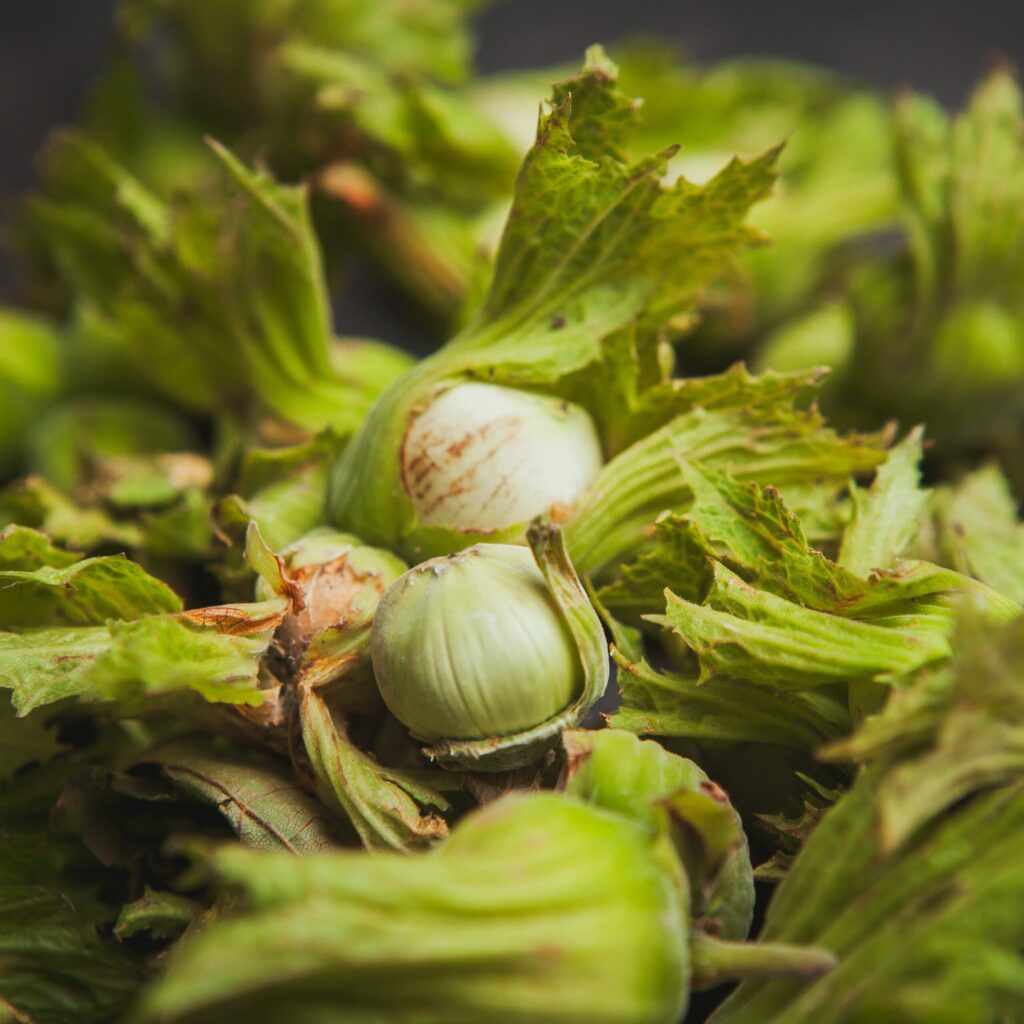
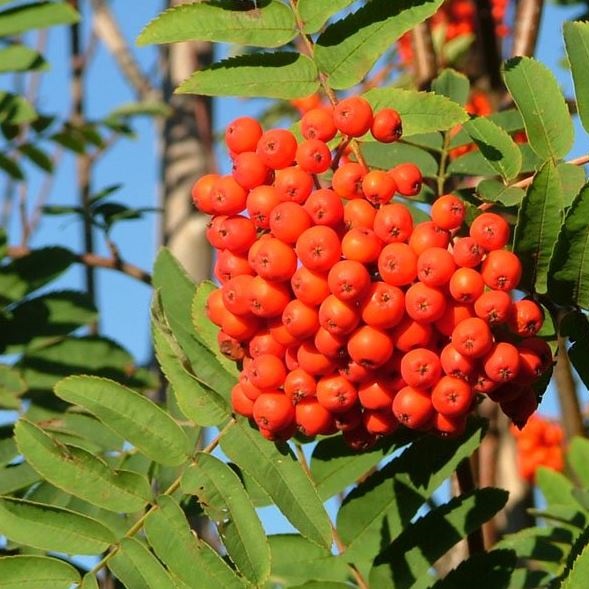



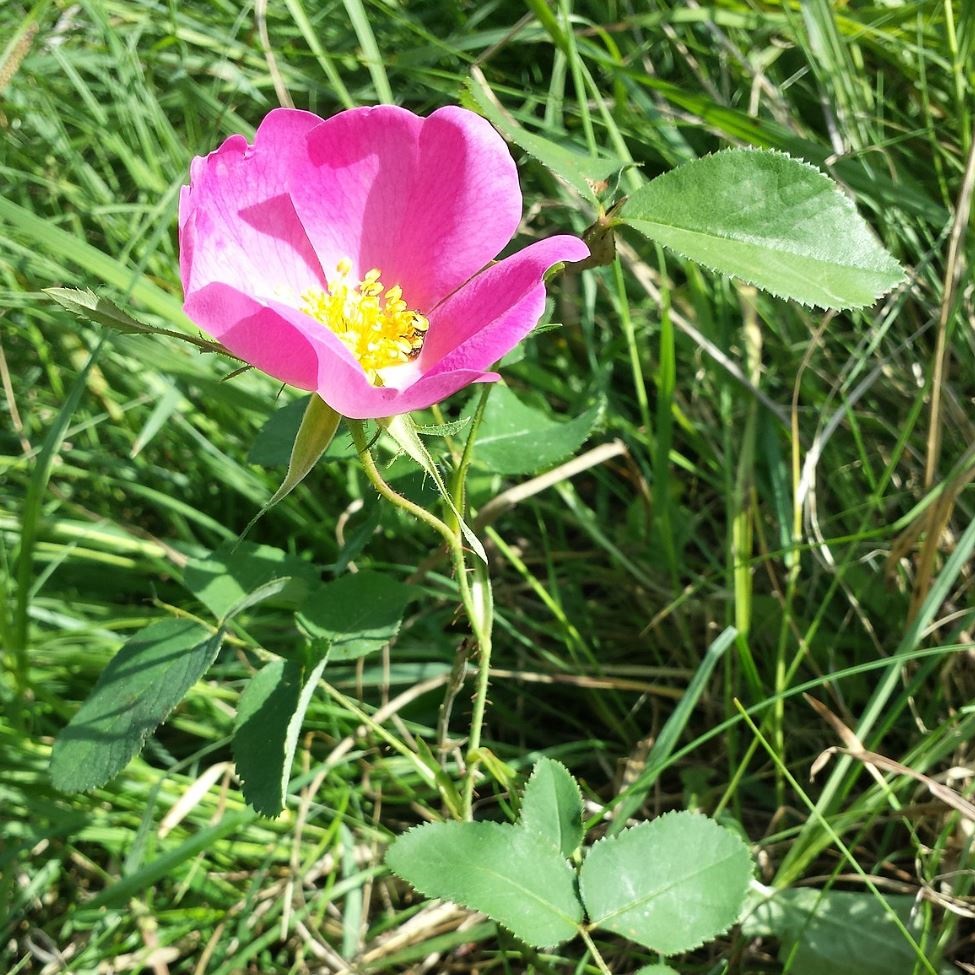
Realization
13 Chloumek
In the extravilán of our village, we have chosen to plant linear isolation greenery with an emphasis on diversity of species representation. Maintaining a diversity of plant species is of key importance to us, as this proven and natural approach ensures the best viability and resilience of green features.
One of our next steps to protect the air is to add to the forest buffer zone by planting 16 trees and 192 shrubs, taking into account their ability to thicken the forest edge to protect the less resilient tall tree canopy. Hornbeams (Carpinus betulus) and winter oaks (Quercus petrea) were chosen as robust trees that contribute to maintaining a stable and balanced environment.
In addition, we have chosen wood apple trees (Malus sylvestris), cherry trees (Prunus avium), bush cherry trees (Prunus fruticosa) and Turkish cherry trees (Prunus mahaleb), which delight us with their blossom in the spring months.
Bird cranes (Sorbus aucuparia) with their red fruits and dogwoods (Cornus mas) with their distinctive yellow fruits bring additional aesthetic and ecological value to our forest buffer zone.
The blood-vetch (Cornus sanguinea) and the ivy (Euonymus verrucosus) also contribute to the variety and colour experience.
Honeysuckle (Lonicera xylosteum) and dogwood (Prunus spinosa) serve as beautiful and practical living mechanisms to protect small birds.
Alpine currants (Ribes alpinum), rosehips (Rosa canina) and box roses (Rosa pimpinelifolia) are flowering shrubs that are popular with insects and other pollinators.
Viburnum opulus (Viburnum opulus) and gooseberries (Ribes uva-crispa) serve as other attractive shrubs with fruits that attract birds and other animals.
We are pleased that in this way we are expanding the forest buffer zone and contributing to clean air and biodiversity in our community. Together, we are working towards a sustainable and green environment that benefits us and future generations.
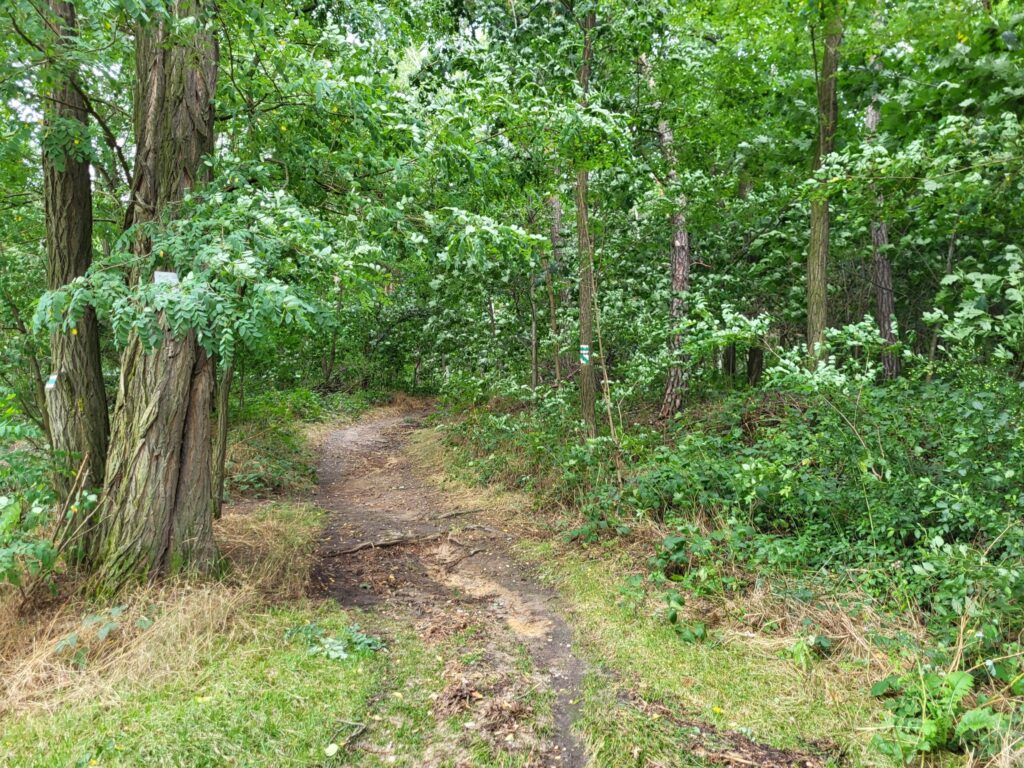
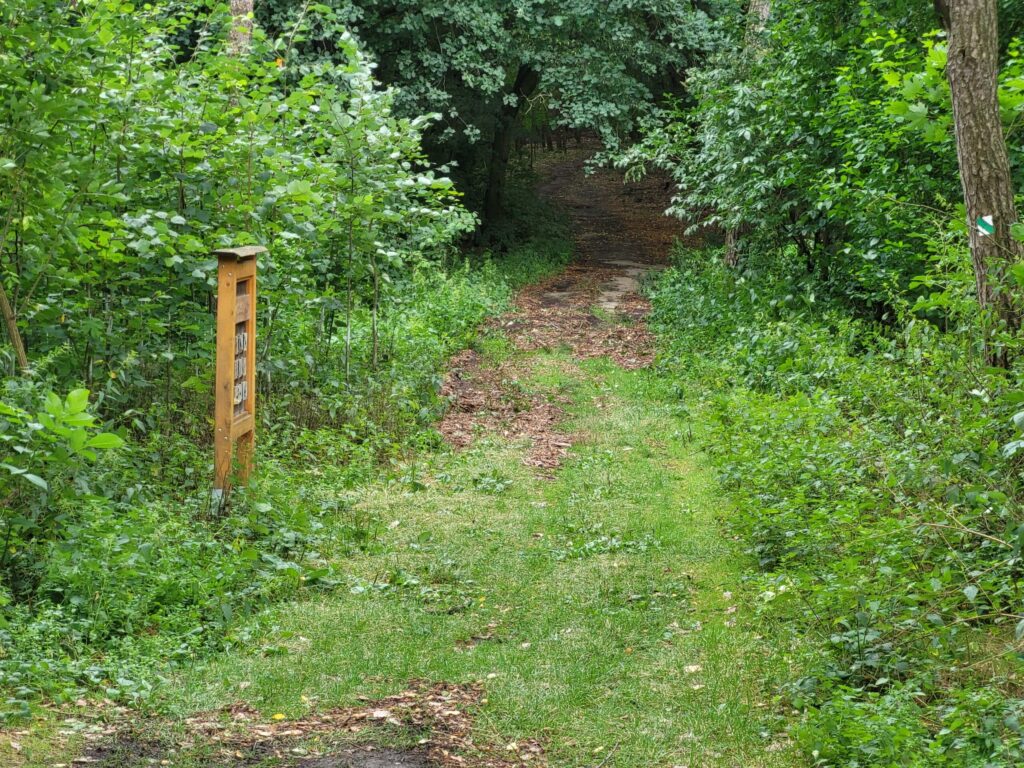
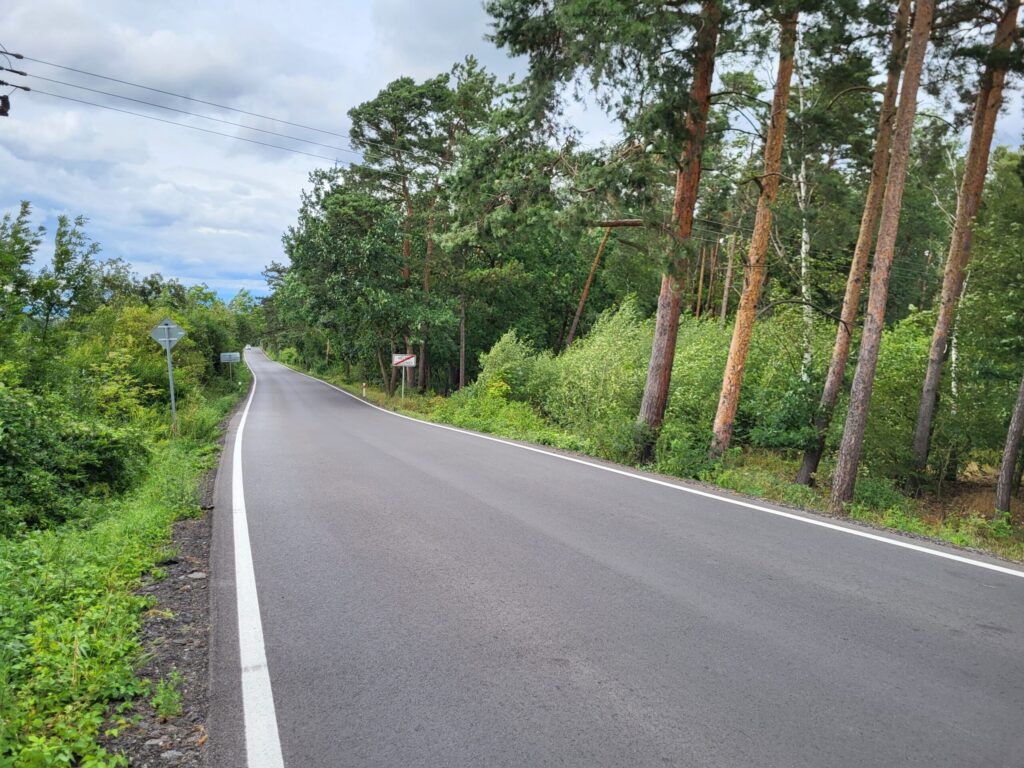





Realization
EXTRA PLANTING
This bookmark was created during the spring of 2024, at a time when most of the greenery is planted and moving into the maintenance phase. We have decided to take advantage of the funds saved by the lower tendered price for the landscape contractor and expand the project documentation to include additional green features and areas.
We are planting the following tree species in Na Průhoně Street according to the newly created project documentation. Na Průhoně Street, is in a different part of the original project subsidy. It is therefore a follow-up planting.
We are also continuing to reinforce other forest buffer strips in the Na Ráji area and behind Strážnická Street by planting a total of 208 trees. We are planting leader trees, casing trees, service trees, and understory trees.

